






























It’s about more than just weight loss. It’s about reducing your risk for serious conditions like heart disease and diabetes — and regaining the stamina, mobility and confidence to take on every day.
Crouse’s bariatric surgery program offers a dedicated team of physicians and providers, as well as psychological and nutritional counseling — all with the expertise to support you every step of the way.
Begin the process from home by viewing our online informational video. Then consult with our bariatric team via telemedicine visits to start your journey. It’s time — and now easier than ever.
Start today at crouse.org/weightloss or call .
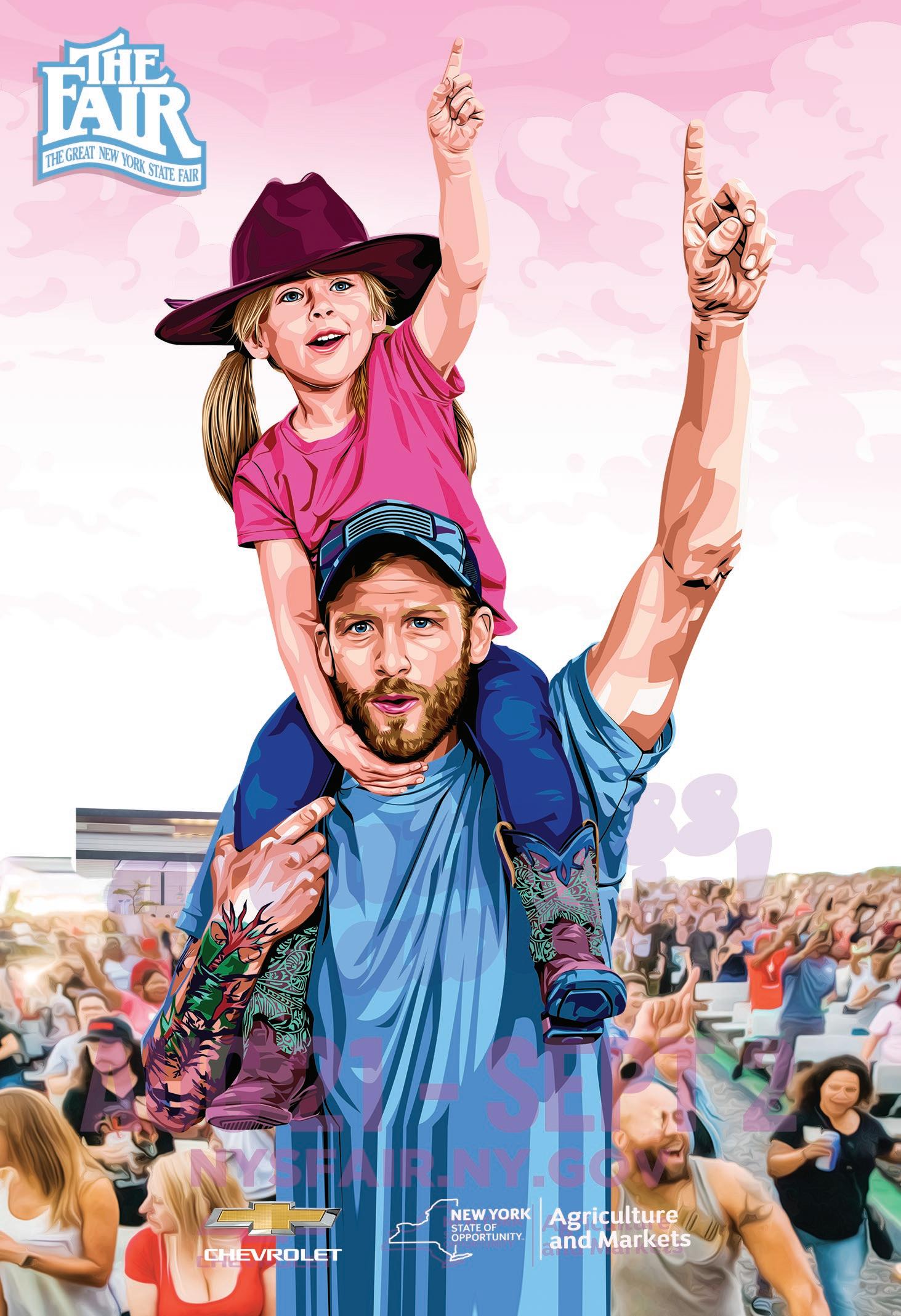






available positions.


growing and have exciting career opportunities in the health care industry. To join our talented, professional team,
visit one of our care facilities career pages for available positions.
We are growing and have exciting career opportunities in the health care industry.
A company philosophy that speaks to a continual process of individual and collective development to improve our well-being, quality of life and personal relationships.
Life in balance.
To join our talented, professional team, please visit one of our care facilities career pages for available positions.
Our Mission.
A company philosophy that speaks to a continual process of individual and collective development to improve our well-being,
life and personal relationships.
Our Mission.
A company philosophy that speaks to
To provide people in our community with healthcare, customer services, support & employment to achieve their individual best quality of life.
Our Vision.
A company philosophy that speaks to a continual process of individual and collective development to improve our well-being, quality of life and personal relationships.
To provide people in our community with healthcare,
support & employment to achieve their individual best
To redefine skilled nursing care through successful team development, use of technology, progressive service and being a strong community partner.
Our Mission.
To
Our Team.
Our Vision.
To redefine skilled nursing care through successful
use of technology, progressive service and being a strong
To provide people in our community with healthcare, customer services, support & employment to achieve their individual best quality of life.
Registered Nurses
Licensed Nurses
Our Team.
Physical Therapists
Our Vision.
Occupational Therapists
Registered Nurses
Licensed Nurses
To redefine skilled nursing care through successful team development, use of technology, progressive service and being a strong community partner.
Speech Therapists
Social Workers
Our Team.
Recreational Therapists
Physical Therapists
Occupational Therapists
Speech Therapists
Registered Nurses
Licensed Nurses
Dieticians Nurse Aides
Physical
Physical Therapists
Occupational
Occupational Therapists
Speech
Speech Therapists
Social
Social Workers
Social Workers
Recreational Therapists
Dieticians
Nurse Aides


Don’t wait to get the care you need. When you visit the St. Joseph’s Health Cardiovascular Institute, you can expect the best. They’re rated high-performing in more heart procedures than all other area hospitals.* You’ll be back home and feeling better in no time.
Features
14 Memoir

44 Finances
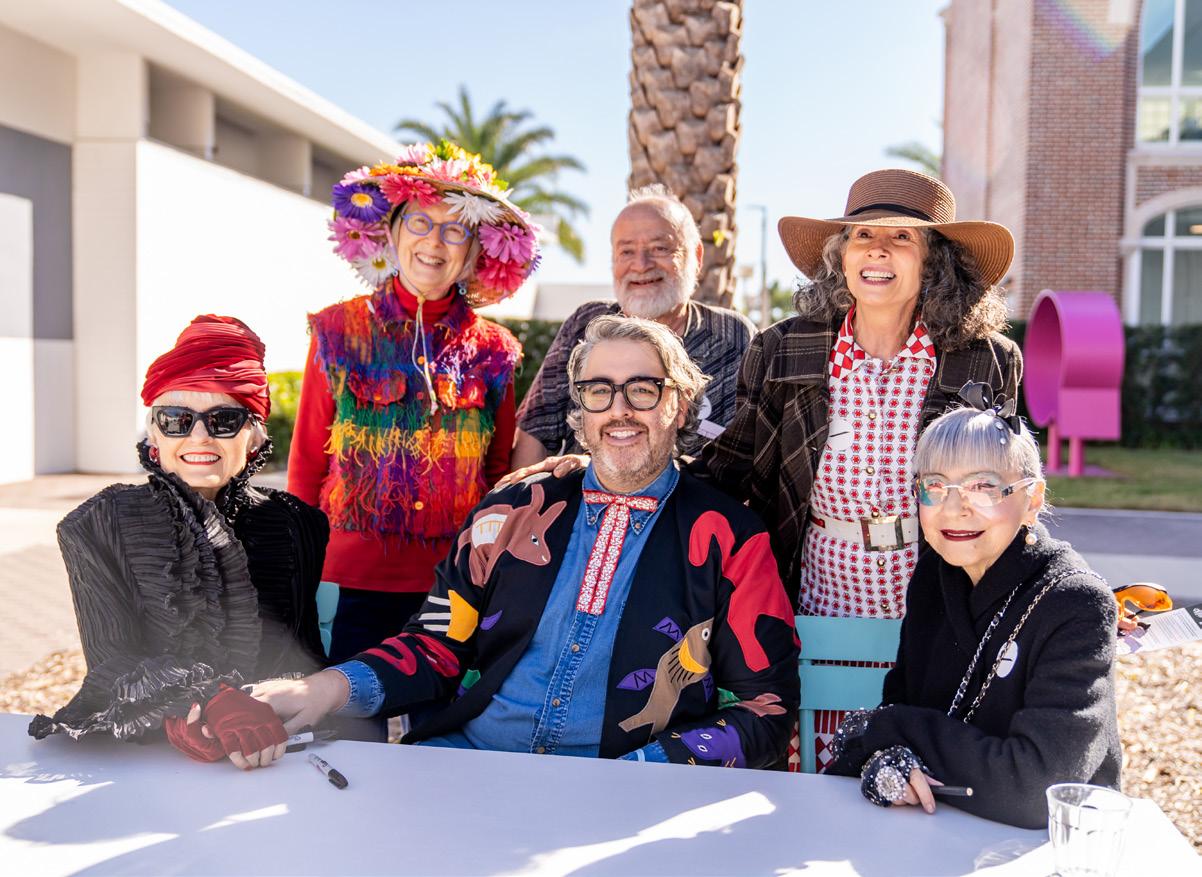
• Former Onondaga County medical examiner pens book about career, life. Next: A book about Dr. Robert Neulander who is serving prison time for the murder of his wife, Leslie
18 Grandparenting
• Take Our Daughters and Sons to Work Day. How to make the most of it
20 Weight Loss
• Losing weight after 55 not as easy. Also: Does Medicare cover weight loss
24 Pets
• Volunteers at Central New York SPCA: Dogs’ and cats’ best friends
30 Cover
Where are they now? We track down several celebrities who retired from TV
40 Holocaust
• Oswego author launches ‘Holocaust Refugees in Oswego’
42 First Person
• Caregiving: A joy and a privilege
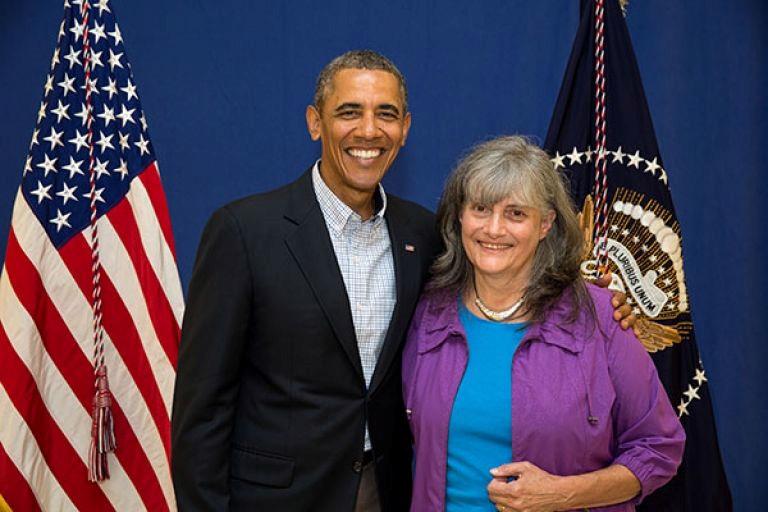
• 7 biggest regrets of retirees
46 Charity
• Leave a legacy: Planned giving can continue promoting the causes you care about
48 Profile
• Ginny Donohue: Founder of On Point on her journey that helped thousands to overcome obstacles to go to college
52 Money
• Consider taking steps to avoid your estate from going into probate
54 Second Act
• Former hippie flying high in hot airballoons
57 Music
• Singer/songwriter Gary Frenay wins first SAMMY award at age 71
58 Kids / Movies
• Where to go in the area to entertain the grandkids and what movies to watch
Franklin Fry, 60, is the director of Redhouse Arts Center in Syracuse. He talks about how the center is attracting more than 15,000 people a year.
Columns
Last Page
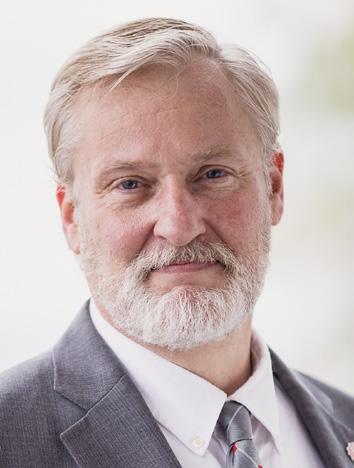

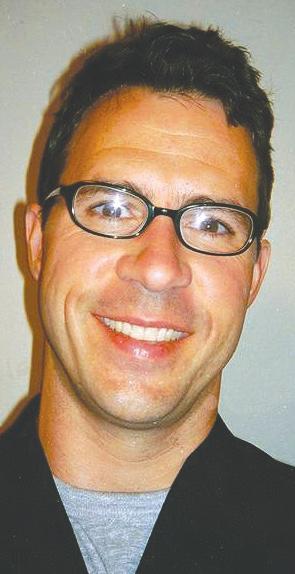
ivvying up personal possessions among adult children or other loved ones can often be a tricky task.
Deciding who should get what without showing favoritism, hurting someone’s feelings or causing a feud can be difficult, even for close-knit families who enter the process with the best of intentions. Here are a few tips to consider that can help you divide your stuff with minimal conflict.
For starters, you need to be aware that it’s usually the small, simple items of little monetary value that aren’t mentioned in your will that cause the most conflicts. This is because the value we attach to the small personal possessions is usually sentimental or emotional, and because the simple items are the things that most families fail to talk about.
Family battles can also escalate over whether things are being divided fairly by monetary value. So, for items of higher value like jewelry, antiques and art, consider getting an appraisal to assure fair distribution. To locate an appraiser in your area, try ISAappraisers.org, Appraisers.org or AppraisersAssociation.org.
The best solution for passing along your personal possessions is for you to go through your house with your kids or other heirs either separately or all at once to find out which items they would like to inherit and why. They may have some emotional attachment to something you’re not aware of. If more than one child wants the same thing, you’ll have to make the ultimate decision.
Then you need to sit down and make a list of who gets what on paper, signed, dated and referenced in your
will. You can revise it anytime you want. You may also want to consider writing an additional letter or create an audio or video recording that further explains your intentions.
You can also specify a strategy for divvying up the rest of your property. Here are some popular methods that are fair and reasonable:
• Take turns choosing: Use a round-robin process where your kids take turns choosing the items they would like to have. If who goes first becomes an issue, they can always flip a coin or draw straws. Also, to help simplify things, break down the dividing process room by room, versus tackling the entire house. To keep track of who gets what, either make a list or use adhesive dots with a color assigned to each person to tag the item.
• Have a family auction: Give each person involved the same amount of play money or use virtual points or poker chips to bid on the items they want.
• Use online resources: For families who want help or live far apart, there are web-based resources like FairSplit. com that can assist with the dividing process.
For more tips, see “Who Gets Grandma’s Yellow Pie Plate?” at YellowPiePlate.umn.edu. This is a resource created by the University of Minnesota Extension Service that offers a free video and detailed workbook for $12.50 that gives pointers to help families discuss property distribution issues and lists important factors to keep in mind that can help you avoid or manage conflict.
It’s also very important that you discuss your plans in advance with your kids so they can know ahead what to expect. Or you may even want to start distributing some of your items now, while you are still alive.
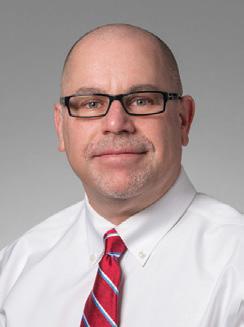
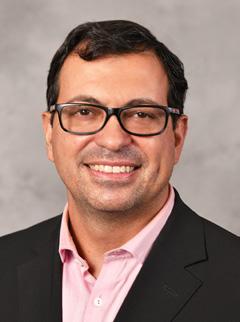
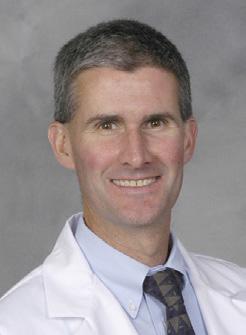
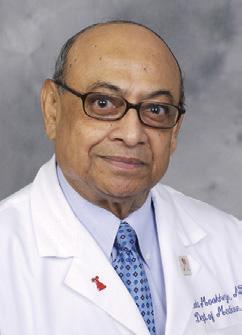
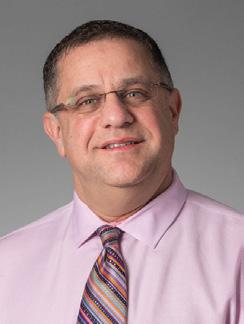

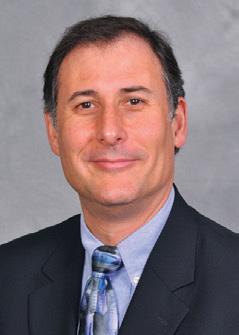


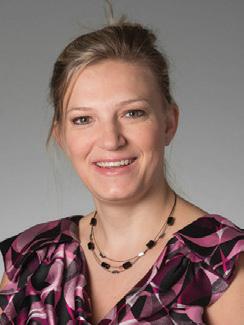
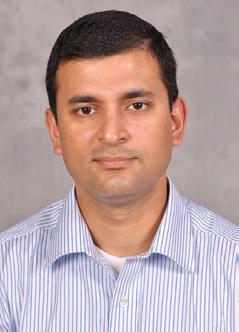
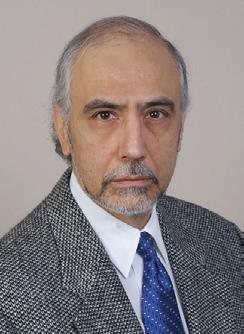
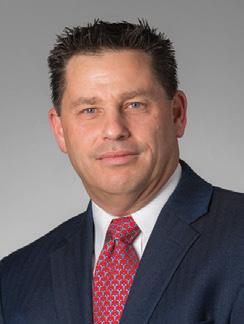
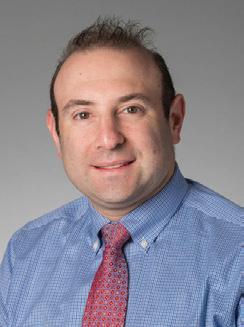

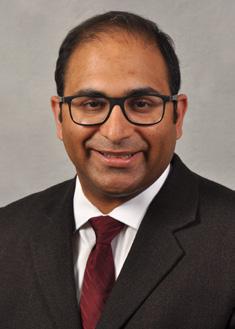
Larry
Mark
Jorge
Christopher
Michael
Charles
Theresa
Andrew
Timothy
Robert L.
Jr., MD
Debanik Chaudhuri, MD
Hani
Sakti
Amy
Daniel
Kiran
Srikanth
Courtney
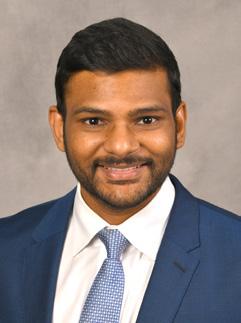
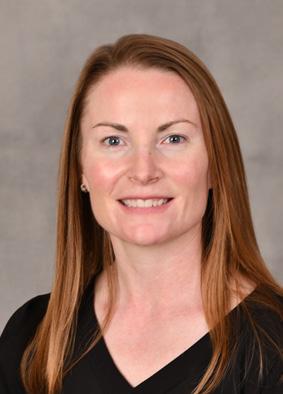
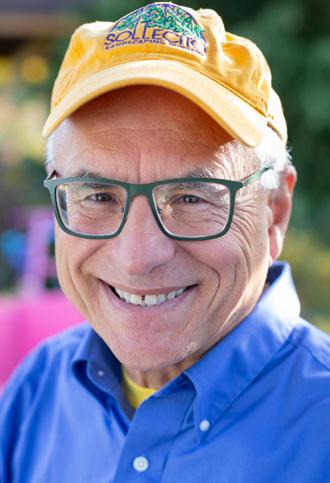 By Jim Sollecito
By Jim Sollecito

For me, starting year No. 51 in business is all about making myriad judgment calls. Inspect a plant, consider its value, conclude whether it should be tossed and replaced. After all, life is too short to have less-than-great plants in your landscape.
Then decide what to replace in that space. Will it thrive or merely survive?
Sifting through my mail, I came upon a letter that actually stunned me. Somebody from my distant past had taken something from me without paying. That does happen in the garden center industry. It’s called shrinkage.
Well, after a lot of years, this person did not shrink away from owning up to an ill-gotten past deed and sent what they felt was a fair reimbursement. They carefully concealed their identity and address, signing the untraceable money order “John Smith.”
I inferred by the shaky handwriting that this person had some years on them or maybe an ailment that impacted their penmanship. They may be closer to the fourth quarter than the coin-toss.
I was literally stopped in my tracks. The fact that someone actually remembered this deed meant it bothered them, quite possibly for years and now was the time to make amends for a past transgression.
I pondered what to do with the check, deciding to cash it and donate it to the Food Bank. After all, we are all feeding each other in one form or another.
And, yes, of course this then brought to my mind a number of things I have done over the years that do not make me proud.
Some things that sadly I cannot take back. And others that I still can do something about.
So I will. There is no time like spring to take a fresh look, inside and out. Life is ironic. It takes noise to appreciate silence. And someone else pointing to their flaws to shine the light on my own.
As more growth rings are added to my own tree, I am pleasantly reminded every now and again that every saint has a past; every sinner has a future. Even as their flower fades.
Thank you, whoever you are.
Your inspirational act of reparation has made a difference in me. Life runs on fast legs. Thanks for slowing me down.
Jim Sollecito is the first lifetime senior certified landscape professional in New York State. He operates Sollecito Landscaping Nursery in Syracuse. Contact him at 315-468-1142 or jim@sollecito.com.
Q.: I am 57 years old and I currently receive Social Security disability benefits. Can I still get my regular Social Security retirement benefits when I reach full retirement age?
A.: If you are still receiving Social Security disability benefits when you reach your full retirement age, we will automatically switch you from disability benefits to retirement benefits at that point. The money amount will remain the same. For more information on disability benefits, visit www.ssa.gov/benefits/disability.
Q.: My doctor said he thinks I’m disabled. Who decides if I meet the requirements for Social Security disability benefits?
A.: We first will review your application to make sure you meet some basic requirements for Social Security disability benefits, such as whether you worked enough years to qualify. Then we will send your application to the disability determination services office in your state, often called the “DDS” or “state agency.” Your state agency completes the disability decision for us. Doctors and disability specialists in the state agency ask your doctors for information about your condition. They consider all the facts in your case. They use the medical evidence from your doctors and hospitals, clinics, or institutions where you have been treated and all other information.
The state agency staff may need more medical information before they can decide if you are disabled. If more information is not available from your current medical sources, the state agency may ask you to go for a special examination. We prefer to ask your own doctor, but sometimes the exam may have to be done by someone else. Social Security will pay for the exam and for some of the related travel costs. Learn more at www.ssa.gov/disability.
































The season of Lent continues as this review takes place. So, why not get some fish? It made sense to me at the time.
There are many places across Central New York serving up the hydrodynamic creatures and crustaceans. Between churches, fire departments and the Polish Home to note, anyone looking for haddock or the rest of the school of options doesn’t have to spend much time weighing options this time of year.
Then there are restaurants, like The Fish Friar in downtown Syracuse, serving up seafood year-round.
The eatery is located in the historic Courier Building, next to City Hall.
The building is the site where Daniel Webster, secretary of state for President Millard Fillmore, gave his “Syracuse Speech” in 1851, chastising the city for its notable resistance to the Fugitive Slave Law, calling it treasonous.
What’s not treasonous: fresh seafood. When the Fish Friar surfaced in Syracuse in 2017, I remembered its
mission to serve up water dwellers to the people. It’s still holding to its promise.
To kick off the meal, aside from a can of Boddington’s ($7), the calamari ($11) starter sounded appetizing. The mix of rings and tentacles — the former more numerous than the latter. The crispy squid wasn’t overburdened by coating and paired well with the roasted reds and house lemon mayo.
The starter’s size is easily shareable. The mayo for dipping was also a bright addition. It did zest things up, complimenting the already flavorful calamari.
The scallop roll options were eyecatching. The classic roll ($19) is served with lemon mayo, lettuce and scallions over rice pilaf. If a patron isn’t feeling a roll, there is the option to have it served as a bowl, which I tried.
The flavor was really good. The seared scallops held a slight smokiness and weren’t dry or overly chewy. With the slightly creamy pilaf and greens, it added up to a delicious and light option.
The only issue with this option is the price. Yes, it’s understood there’s a cost when it comes to ordering seafood. Despite their great quality and taste, the six scallops with circumferences falling between the sizes of a nickel and dime didn’t add up to much.
On The Fish Friar’s current menu, a half dozen shrimp po’boy options don’t make decision-making easy. Similar to the scallop options, a customer can order the po’boy as a bowl, a perfect option for those with gluten-free diets. But for those who do not have restrictions, why pass up everything there is to love about po’boy bread?
I’ve yet to find a New York or elsewhere po’boy as done up as big as what I’ve enjoyed in New Orleans — yes, they have a go-big-or-go-home philosophy about the staple down there — but The Fish Friar’s is pretty great, proving big things do come in small packages.
The báhn mi ($14) won me over. Four crispy jumbo shrimp were served up with pickled red peppers, cherry
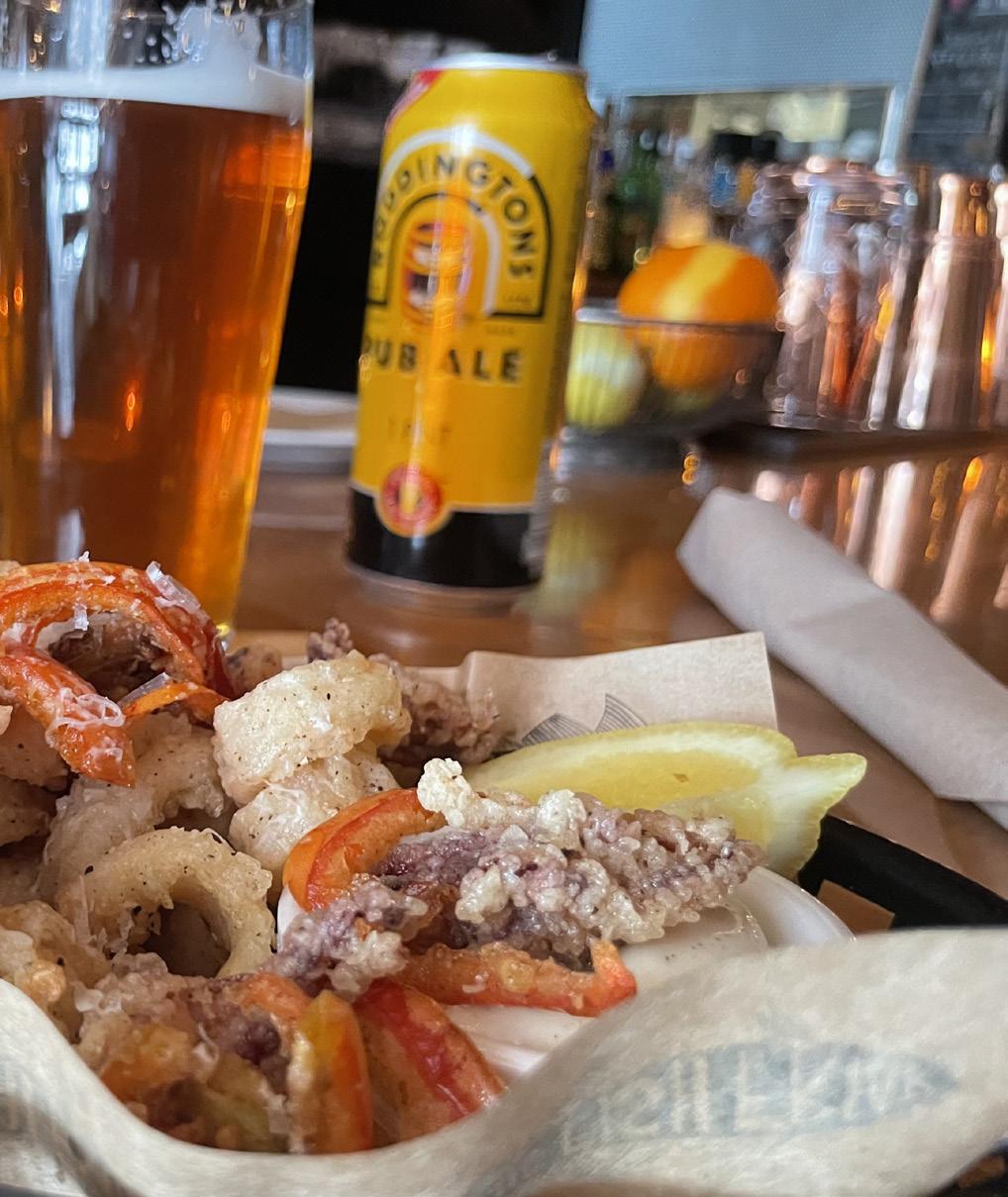
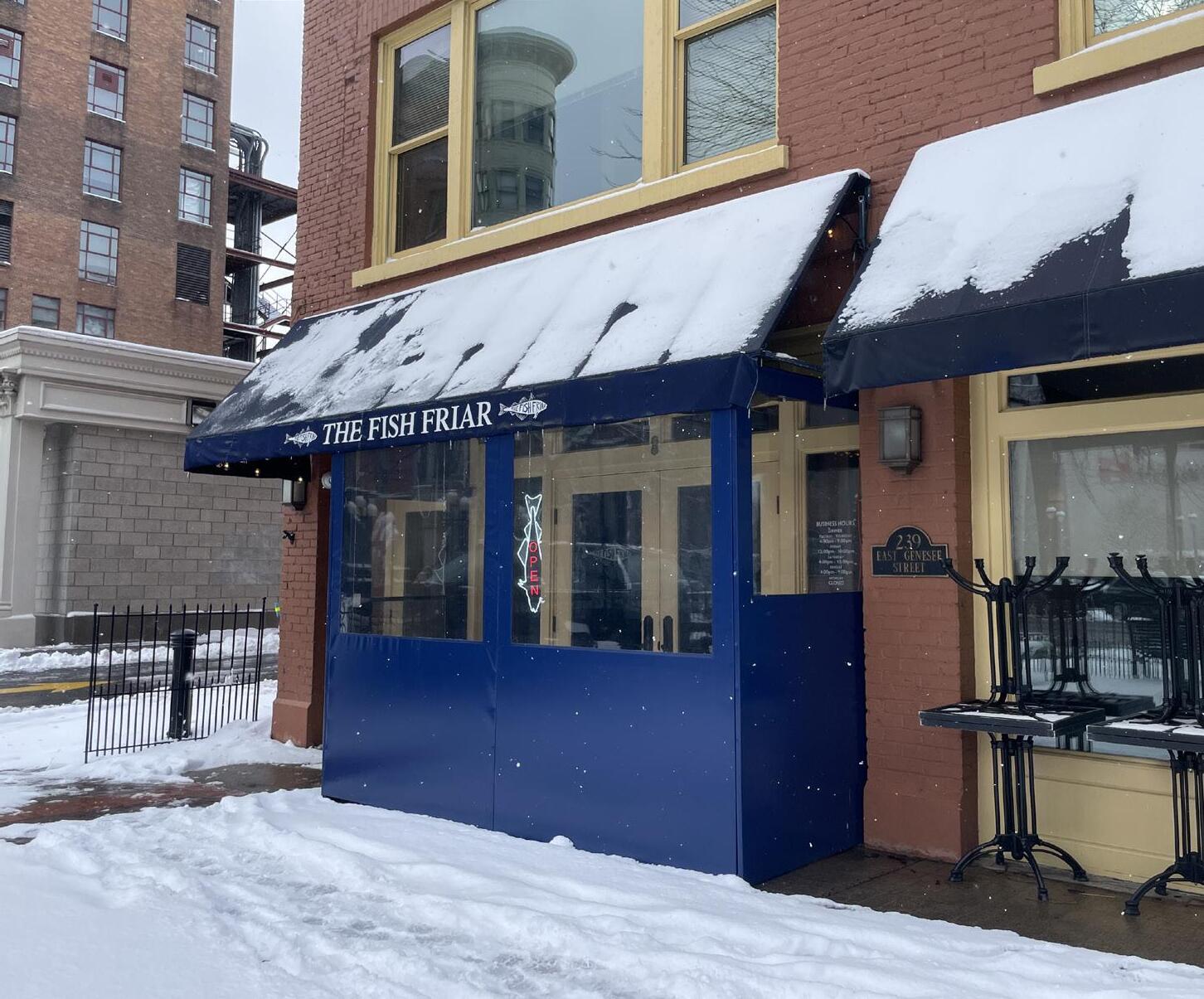
1. The báhn mi: Four crispy jumbo shrimp were served up with pickled red peppers, cherry peppers, cucumber, carrots and topped with a spicy mayo.
2. Calamari: The crispy squid wasn’t overburdened by coating and paired well with the roasted reds and house lemon mayo.
3. The Fish Friar is located in the historic Courier Building next to Syracuse City Hall.
4. Friar’s spicy haddock bisque.
peppers, cucumber, carrots and topped with a spicy mayo. The single roll po’boy may not be stuffed to the gills but the flavor is not lacking. The shrimp is big and crispy and the pickled vegetables add up to something special. Plus, that spicy mayo — it’s a nice little kick that slowly creeps in. Instead of bursting through the door like a disheveled neighbor, it opens the door a little bit, sticks its head in and says, “Here’s Johnny!”
It’s not crazy spicy but it makes itself present.
Speaking of being present, the special of the day was a smoked salmon grilled cheese sandwich served with the Friar’s spicy haddock bisque ($16). It sounded too good to be true. Fortunately, it was real and it was spectacular.
Sandwiched between seared artisan bread — sharp cheddar, onions and a generous amount of salmon melded together for a mighty sandwich. The “adult” grilled cheese didn’t short on anything, especially
flavor. It also dipped well into the bisque. The haddock bisque is how it sounds: chunks of the eponymous swimmer can be found within the thick, creamy tomato base. Similar to the sauce on the po’boy, the bisque’s spiciness creeps in. Where I could enjoy a cup year-round, it’s a perfect addition for a cold, snowy winter day.
Before tip, the bill came to $72 and change.
The Fish Friar is certainly not floundering.
After its renovation almost two years ago, the place still looks better than ever. The darkened atmosphere continues to show off a chic take on local restaurant industry.
While it focuses on a niche cuisine, the welcoming restaurant is a comfortable place to hang out, whether it’s at the bar or at one of the several tables. Plus, as spring approaches, patrons can anticipate the three-season al fresco dining option in front of the restaurant.


239
315-468-FISH (3474)
thefishfriar.com
facebook.com/thefishfriar
instagram.com/thefishfriar
Sunday - Monday: Closed
Tuesday - Wednesday: 4 - 9 p.m.
Thursday: noon - 9 p.m.
Friday: noon - 10 p.m.
Saturday: 4 - 10 p.m.
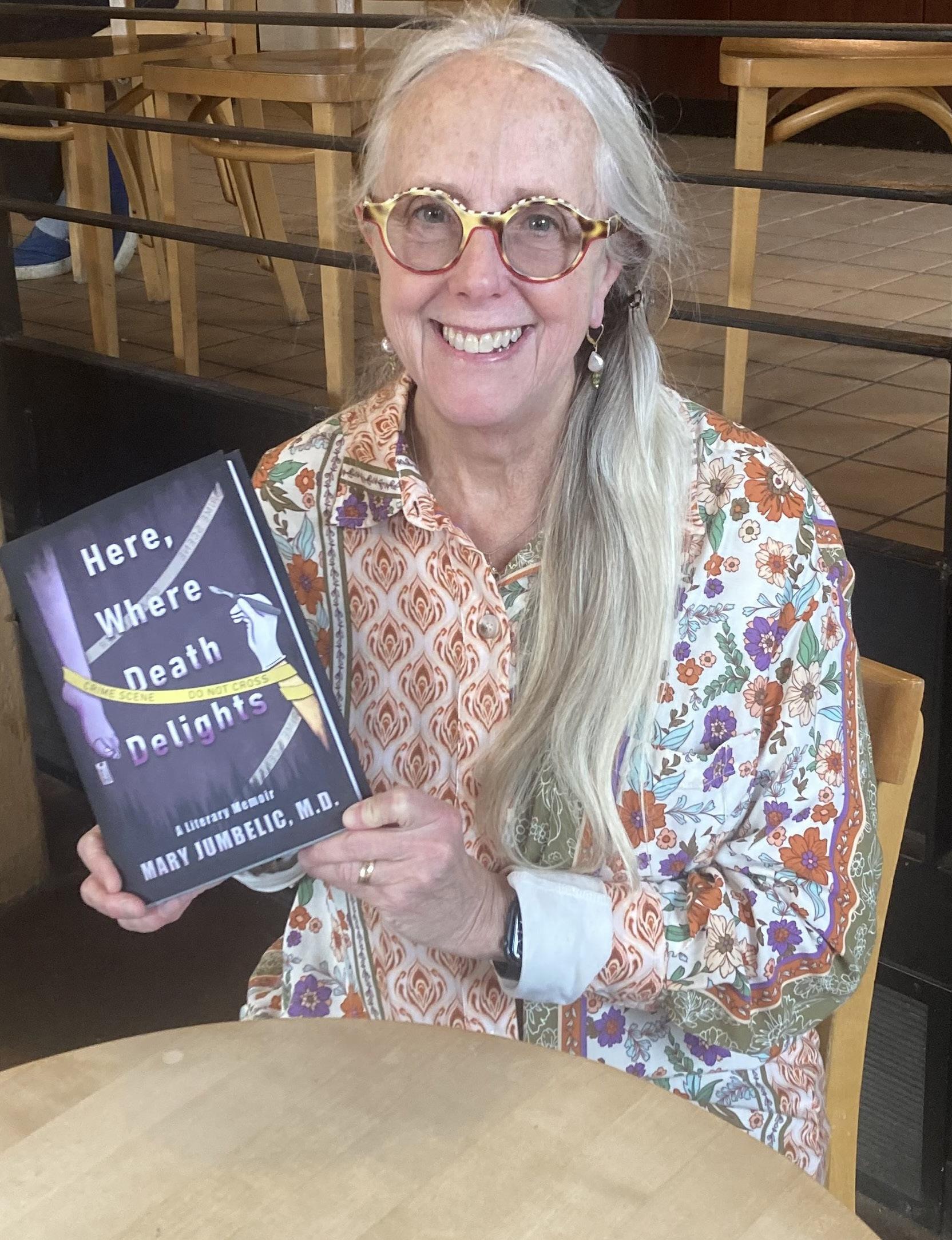
“I speak for the dead; they speak for me.”
This is the heart of the memoir penned by former Onondaga County Medical Examiner Mary Jumbelic.
In “Here, Where Death Delights,” published this past fall, Jumbelic tells her story, beginning at the age of 13 through to the COVID-19 pandemic, through some cases she worked on during her 25-year career in forensic pathology, as well as a collection of personal experiences.
“I feel that I spent my career speaking for the dead and I feel that now, as an author, they speak for me. And it has really helped me see the whole arc of my life to actually write it as a memoir,” she said.
Jumbelic said that the cases she featured were those that stayed in her mind.
“I cannot forget the dead. They’re there in my mind. Those people that, for whatever reason, decided they’re going to hang around in my psyche, came out on the pages,” she explained.
The cases are divided into chapters that represent significant times in her life — her early life, including the death of her father, Stephen Jumbelic, when he was only 69 and she was 13; her time in Cook County, Illinois, and Syracuse, where Jumbelic, now 67, served as the medical examiner from 1995 to 2009; her work on various mass disasters; and the years following her retirement.
Among the thousands of cases she
worked on throughout her career are those that led to the warning labels placed on buckets that alert parents to the potential of infants and toddlers drowning; those of children who died as a result of physical or sexual abuse; sudden, unexpected or suspicious deaths; and homicides.
Of those cases involving children, Jumbelic, a mother of three sons, now in their late-20s to mid-30s, wrote that “nightmares were embodied in a child’s corpse.”
She also worked on mass disasters and served on the Disaster Mortuary Operational Response Team. One of those disasters was 9-11 and the experience haunted her for years afterward. She likened it to a war zone, with the ever-present sense of chaos, destruction and tension. She said that for a while, the sound of helicopters would trigger thoughts and she couldn’t hear bagpipes for some time without crying.
She explained that if those working at the triage station recognized a casualty as a member of service, they would alert the New York medical examiner’s office and the corpse would be moved to the ME’s office, amid the playing of bagpipes. And she said that she would tear up when singing the National Anthem.
The nature of her work, the trauma associated with some of those cases — being called at all hours of the day and night and handling mass disasters — can all become emotionally and physically taxing. But she said she
found solace in her family, which includes her husband, Marc Safran; her sons, Joshua, David and Martin; and her mother, Esther, who had lived with them for many years, until she died in 1997.
“I think I’m a master of compartmentalization, just like many others in my field. I think if you can’t do that and if it all bleeds together, it can be destructive,” she said. “I found a lot of relief in the security and comfort of my family.”
Sharing her story
What propelled her to white this book, she said, was a near-death experience in Europe.
Visiting Europe in 2012 with Safran and her son, Martin, Jumbelic had tripped on a street in Munich. By the next day, as the three were in Prague, she became seriously ill. It was determined that she had a bacterial infection that led to sepsis. She spent weeks in a hospital in Prague in 2012 and even upon her return to her home in Fayetteville; it was still a long recovery.
The experience provided her, she said, with “another reminder that life is precious” and it was the impetus to begin writing in earnest.
Although she had chosen a profession in the medical field, she had always been interested in writing. She’d had a journal since she was 13 and even while working at mass disaster sites, she would have a journal
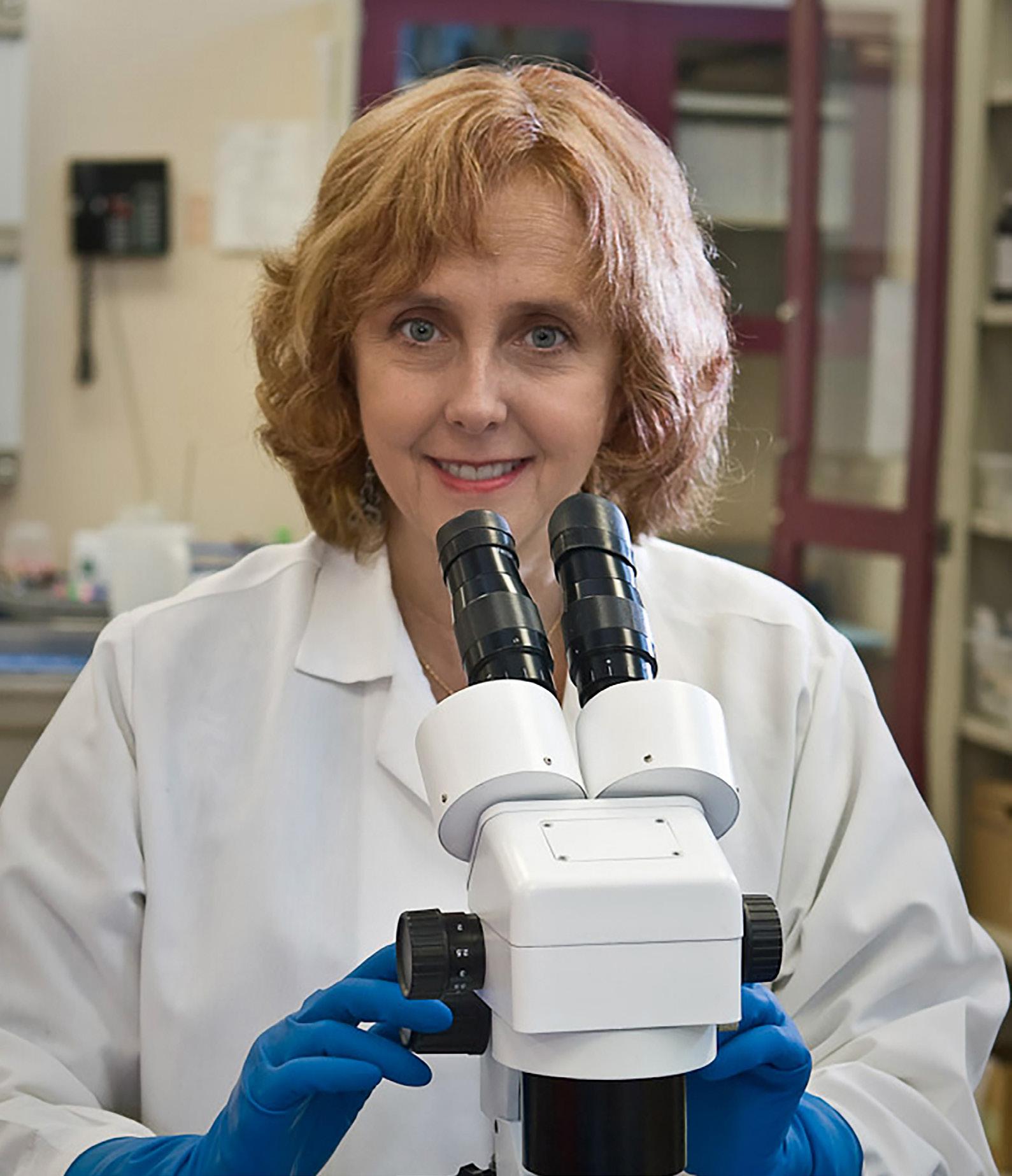
with her. She became known among some colleagues as “the woman with the book.” She had also taken writing classes in college.
She wrote about the Prague experience and her work in forensic pathology and submitted the piece to an AARPHuffington Post Contest in 2104. She came within the top 10 in the contest. She went on to submit the rest of her memoir. While that didn’t win, it made her realize that she had something that was intriguing and would interest people, but she needed to hone her craft.
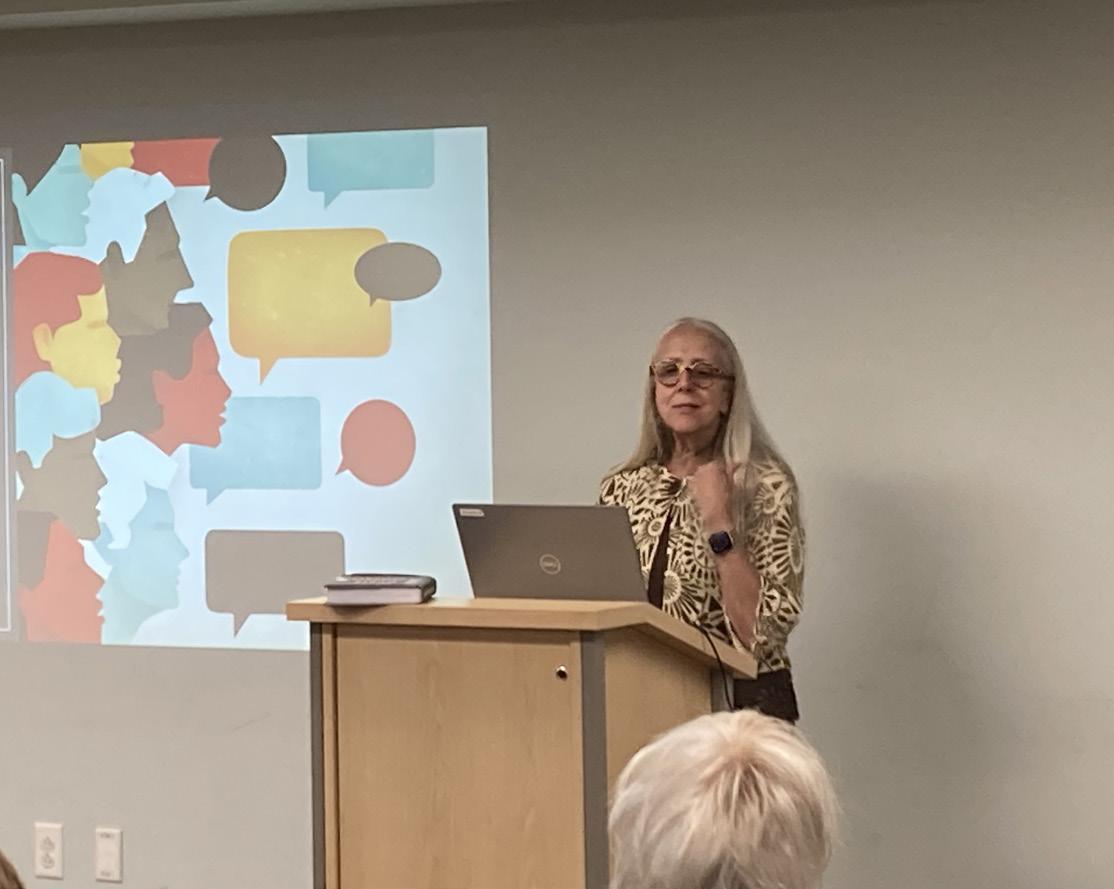
Neulander is serving prison time for the murder of his wife, Leslie. Her work as a forensic pathologist and ME has led her to be a bit reflective.
Jumbelic is now co-authoring a book with Spencer Gordon on the Neulander case. Physician Robert Neulander is serving prison time for the murder of his wife, Leslie.
She began taking classes with the Downtown Writers Center in
Syracuse, where she started writing sample stories about her life as an ME. She had 29 stories published in journals, she said. And with more classes, mentoring and a great deal of feedback, she was able to put the book together.
She is currently co-authoring a book with Spencer Gordon on the Neulander case. Physician Robert
“I do think the job strips away illusion of naiveté. You get to the grit and the underbelly of what can happen in the universe,” she said. “You can see the horror of what happens to someone at their death. But you also see the incredible nature of the love that their family had for them and you feel it in real time when you’re talking to families. You get to feel it at the moment of its depth and that’s very powerful.”
LEFT: Jumbelic working the microscope. She worked in forensic pathology for 25 years. File photo. RIGHT: Jumbelic during a talk and book signing at Onondaga Free Library on Onondaga Hill in Syracuse.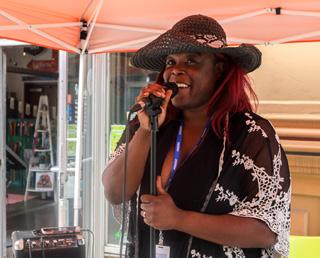








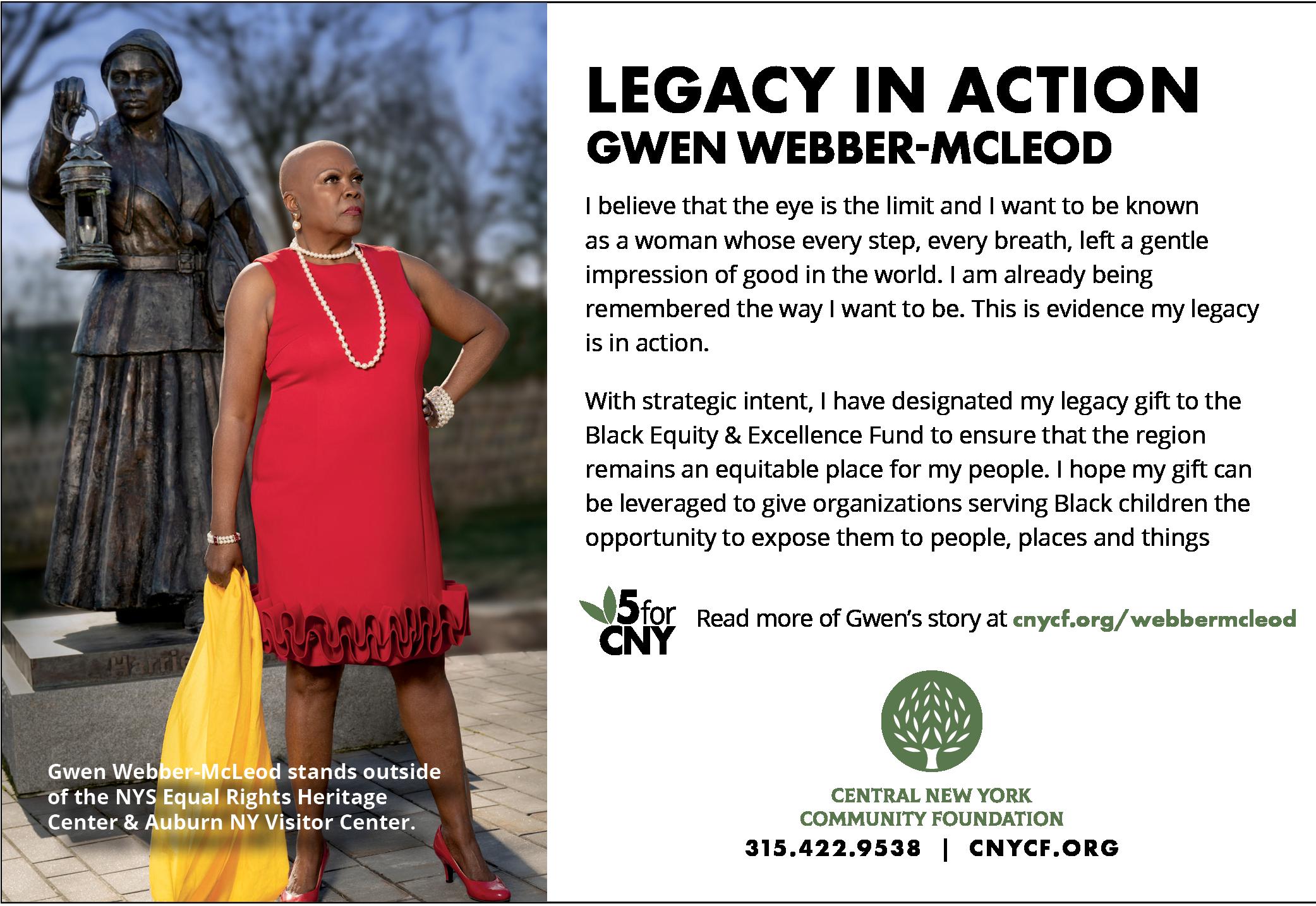

Take Our Daughters to Work Day was created in 1993 by the Ms. Foundation. The purpose was to help girls realize the importance of their abilities so that they can reach their full potential.
In 2003, the observation was officially changed to Take Our Daughters and Sons to Work Day, to be inclusive of all kids.
Now, kids have the opportunity to experience the workforce one day each year, helping them to envision what tomorrow has to offer them.
Not all kids will get the opportunity to go to work with their parents. So on April 25, be a part of this nationwide event and empower your granddaughters and grandsons for a bright and fulfilling future.
On Take Our Daughters and Sons to Work Day, get your grandchild off to a good start by having them dress accordingly and arrive on time. Avoid
having your grandchild just observe. Prepare in advance and have some work and tasks set aside to keep him or her busy throughout the day.
Also, try some of the following ideas:
• Have your grandkid keep a journal throughout the day and describe different aspects of the occupation they like, dislike, and why.
• Ask your granddaughter or grandson to compose questions about the occupation and interview coworkers. Questions might include the pros and cons of the job, why coworkers chose this occupation, and what their day entails. If your grandchild is shy or opposed to the idea, don't force it. You want them to leave with positive feelings about the day.
• Describe hypothetical situations or problems that might arise in your job. Then ask your grandchild for ideas and solutions.
• Help your grandkid write a letter and an occupational questionnaire.
Then have them prepare it to mail to businesses and professionals in occupations of interest. Be sure to include a self-addressed stamped envelope for a response, and take them to the post office at the end of the day.
• Give your grandkid a camera, a Polaroid, if possible, to take photos throughout the day. Then have them compile a Take Our Daughters and Sons to Work Day scrapbook. They can include descriptions of each photo and what was learned or discovered.
• Visit yourfreecareertest.com, where kids can do a free online survey to discover what careers fit their personalities and interests. Then they can go to kids.usa.gov/teens/jobs/ for career information that's designed for young teens.
• Help your grandchild create a career folder and design forms to track school classes, grades, career interests and experiences, honors and awards, and other relevant information for preparing for secondary education or joining the workforce.
If you're unable to take your grandchild to work, consider volunteer work for the day. Offer to assist a teacher, help with a political campaign or another community service project in which your grandchild can join you.
Give your grandchild alternative opportunities related to their interest in a particular occupation. If you know someone in the field, ask if your grandchild can go to work with them. Or ask a nearby company what it's planning for the day and how your grandchild can participate.
Other ways grandparents can participate and promote the day
Not all kids will have the opportunity to participate in Take Our Daughters and Sons to Work Day. Talk with family and friends and mention you'd like to volunteer to take a child to work who otherwise won't have the opportunity.
Taking kids to work isn't the only way grandparents can participate in the observance. Make the most of the day for all kids by doing any of the following.
• Promote Take Our Daughters and Sons to Work Day by writing a letter to the editor to create awareness.
• Form a committee in your community or at work to promote the day and plan events to make it a success.
• Create flyers to remind parents and grandparents of the upcoming day, and post them on community bulletin boards in libraries, grocery stores, and banks. Also, ask companies to post them in their break rooms or on employee bulletin boards.
• Ask your employer to support the event, and discuss ways the company can help make the day a success. Assist in planning special activities for girls throughout the day, such as speakers, group discussions, or luncheon.
• Organize a speaking engagement in your community on the topic of Taking Our Daughters and Sons to Work Day. Use the event to explain the importance and significance of the day, suggest ways people can participate in the day, and what they can do when they take their kids to work.





Does it seem like in your youth that you could inhale slice after slice of pizza, hardly exercise and not gain an ounce? But now just looking at food piles on weight?
Many people find that around middle age, their middles expand — along with other areas that tend to carry excess fat. But it is possible for people 55-plus to lose weight, despite a few challenges that come with the years.
Most of losing weight has to do
with diet, although activity should be part of every person’s healthful lifestyle. “You can’t outrun your fork” means that you can’t entirely mitigate poor eating habits with exercise. It’s also vital to obtain proper nutrition and adjust that according to age.
“I think some people shy away from the word ‘diet’ because a lot of people have tried many diets and have been unsuccessful in maintaining the results,” said Jill Murphy, certified personal trainer, certified life coach and co-owner of Mission Fitness in
Syracuse. “’Going on a diet’ gets a bad rap; however, in order to lose weight one must address their diet and make modifications to it in order to reach their goals.”
Instead of turning to fad diet — not a great idea, according to Murphy, as they’re not sustainable or balanced — a sensible eating plan will result in slow but maintainable weight loss.
People who want to lose weight need to look at not only what they eat but why they eat.
“One’s ability to process and deal
‘You can’t have the body you had when you were 20. But you can still build muscle. So many people think they can’t get stronger.’
Randy Sabourin,owner of Metro Fitness in Syracuse.
with emotions can influence weight loss,” Murphy said. “Most people eat the high-sugar foods when they are under some emotions stress. Using food as an outlet or way of dealing with emotions can lead to significant weight gain. So being able to process emotions in a healthy way apart from the sugary processed foods is another crucial step for most people to lose weight. Hiring a life coach and learning these tools is a great way to begin to have a better relationship with food and having a healthier emotional outlet.”
A sluggish metabolism is often blamed for a pudgy body. However, cutting back on calories and working out can help make up for that effect. Murphy said resistance training is “crucial for a weight loss plan because after the age of 25, one will naturally begin to atrophy or lose muscle unless they do resistance training.”
She believes it’s the single most effective way to prevent muscle loss and that in part, that helps rev up the metabolism.
Randy Sabourin, 59, is a certified personal trainer and owner of Metro Fitness in Syracuse, also said that metabolism relates somewhat to muscle mass — and that resistance training is not just for the young.
“I’ve got 80-year-olds who are actively lifting weights but it’s important to teach proper form and that they don’t exercise to exhaustion,” he said. “You can’t have the body you had when you were 20. But you can still build muscle. So many people think they can’t get stronger.”
If old sports injuries are starting to surface, like that bum knee or janky hip, switching to an activity that’s easier on joints can keep you moving.
Instead of running or skiing, try brisk walking, using an elliptical machine or swimming for example.
Swimming is particularly easy on joints because of the water’s buoyancy and warmth.
Of course, consulting with a personal trainer specializing in your type of injury or health condition can help you discover activities that both help you stay safe and burn calories.
It’s easy for a jammed schedule to push health to the back burner. Many people around age 55 are busy helping elderly parents while raising teenagers. It’s often the time that the career becomes particularly demanding. Squeezing in time for exercise becomes challenging. But picking an activity you like to do and joining a club or group can help you prioritize movement.
The Centers for Disease Control and Prevention recommends a minimum of 150 minutes of moderate aerobic exercise per week. If that’s going to be tough to fit in, highintensity interval training can provide a condensed workout during timepressed periods.
“More exercise isn’t always better,” Sabourin said. “Frequency is better, even if it’s less time. When I got up this morning, I still went down to get in a 30-minute weights workout in. It’s not my normal workout but it’s still worth doing.”
Although warming up is important to prevent injury, he encourages getting right into the “meat” of the workout for an efficient, 30-minute session with some heavy breathing. Leisurely strolls are better than nothing, but don’t result in significant weight loss.
Losing weight after age 55 can be challenging, but it’s not impossible.




Yes, traditional Medicare does indeed cover some weightloss treatments like counseling and certain types of surgery for overweight beneficiaries, but unfortunately it doesn’t cover weightloss programs or medications. Here’s what you should know.
For beneficiaries to receive available Medicare-covered weightloss treatments your body mass index (BMI), which is an estimate of your body fat based on your height and weight, must be 30 or higher.
A BMI of 30 or above is considered obese and increases your risk for many health conditions, such as some cancers, coronary heart disease, Type 2 diabetes, stroke and sleep
apnea. To find out your BMI, the National Institutes of Health has a free calculator that you can access online at nhlbi.nih.gov/health/educational/ lose_wt/BMI/bmicalc.htm.
If you find that your BMI is 30 or higher, Medicare Part B will cover up to 12 months of weight-loss counseling conducted by a medical professional in a primary care setting (like a doctor’s office).
Most counseling sessions entail an initial obesity screening, a dietary assessment and behavioral therapy designed to help you lose weight by focusing on diet and exercise.
Medicare also covers certain types of bariatric and metabolic surgery for morbidly obese beneficiaries who
have a BMI of 35 or above and have at least one underlying obesity-related health condition, such as diabetes or heart disease. You must also show that you’ve tried to lose weight in the past through dieting or exercise and have been unsuccessful.
These procedures make changes to your digestive system to help you lose weight and improve the health of your metabolism.
Some common bariatric surgical procedures covered include Rouxen-Y gastric bypass surgery, which reduces the stomach to a small pouch that makes you feel full even following small meals. And laparoscopic adjustable gastric banding, which inserts an inflatable band that creates a gastric pouch encircling the top of the stomach.
Unfortunately, original Medicare does not cover weight-loss programs such as fitness or gym memberships, meal delivery services or popular weight-loss programs such as Jenny Craig, Noom and WW (formerly Weight Watchers).
Medicare also does not cover any weight-loss drugs, but it does cover FDA approved diabetes drugs that have unintentionally become very popular for weight loss.
Medicare Part D plans cover Ozempic and Mounjaro for diabetes only, not for weight loss! So, your doctor will need to prescribe these medications for diabetes in order to get them covered.
Medicare also does not cover Wegovy or Zepbound because they’re approved only for weight loss.
The reason behind the weightloss drug omission is the Medicare Modernization Act, which specifically excluded them back when the law was written 20 years ago. They also excluded drugs used for cosmetic purposes, fertility, hair growth and erectile dysfunction.
Without insurance, weight-loss medications are expensive, often costing $1,000 to $1,300 a month. To help curb costs, try websites like GoodRX.com or SingleCare.com to find the best retail prices in your area. Or, if your income is limited, try patient assistance programs through Eli Lilly (LillyCares.com) which makes Mounjaro and Zepbound, or Novo Nordisk (NovoCare.com) the maker of Ozempic and Wegovy.
If you happen to be enrolled in a private Medicare Advantage plan, you may have coverage for gym memberships and some weight loss and healthy food delivery programs. These are considered expanded supplemental benefits and have gradually been added to some plans to provide coverage for nutrition, health and wellness. Contact your plan to see what it provides.
By Jim Miller is the author of Savvy Senior, a column that’s published every issue in





They say that dog is man’s best friend.
But for the dogs — and cats — at the Central New York SPCA, some of their best friends are the men and women who volunteer at the facility on East Molloy Road.
Of that volunteer crew, about 15 to 20 are at least 55 years of age and they handle quite a wide variety of tasks, such as tending to the animals; helping at the front desk; cleaning bedding and washing dishes and litter boxes
Troy Waffner, CNYSPCA director, estimated that the organization is currently housing about 110 dogs, 40 cats and a few guinea pigs and rabbits.
We met three individuals who represent the range of volunteer opportunities at the organization.
Longtime dog lover John Whitford, 75, noted that working with the dogs gives him what he calls his “dog fix.”
He came to
CNYSPCA in February 2020 and even with the interruption caused by COVID-19 he has been able to log in 1,130 hours. Referred to as a dog mentor, Whitford said he does some basic training, socialization, behavior modification.
He explained that he enjoys building a trusting relationship with the dogs and since many come in as strays, they have lost their homes, their families and even their names.
He had volunteered with a similar agency at his former home in Butler, Pennsylvania. When he relocated to the Liverpool area about 4.5 years ago, he said he opted to volunteer at the CNYSPCA because of the broad range of services offered there.
He also believes that volunteering as a dog mentor provides him with some exercise — bending, stooping, leashing and unleashing. “It keeps me flexible and helps with my weight,” he said.
Karen Pierson, 75, has been involved with the CNYSPCA for about three to four
years, first by fostering cats and kittens. About a year ago, she also started helping out at the front desk. She helps process paperwork for those who surrender their animals and reviews folders of information for the new owners.
But her first love is those cats and kittens. She said she has fostered 23 litters. She explained that sometimes, she takes a pregnant mother cat home; tends to the litter when they’re born; returns the mama after about five to six weeks so she can be spayed; and then brings the kittens back to the CNYSPCA once they’ve reached two pounds. She noted, too, that she still stays in touch with some families who have adopted a kitten she’s fostered several years ago.
Pierson spoke of the satisfaction that she finds in her volunteer work.

“You’ve done something nice for someone besides yourself,” she said.
Taking on a more behindthe-scenes role is Judy Tarrants.
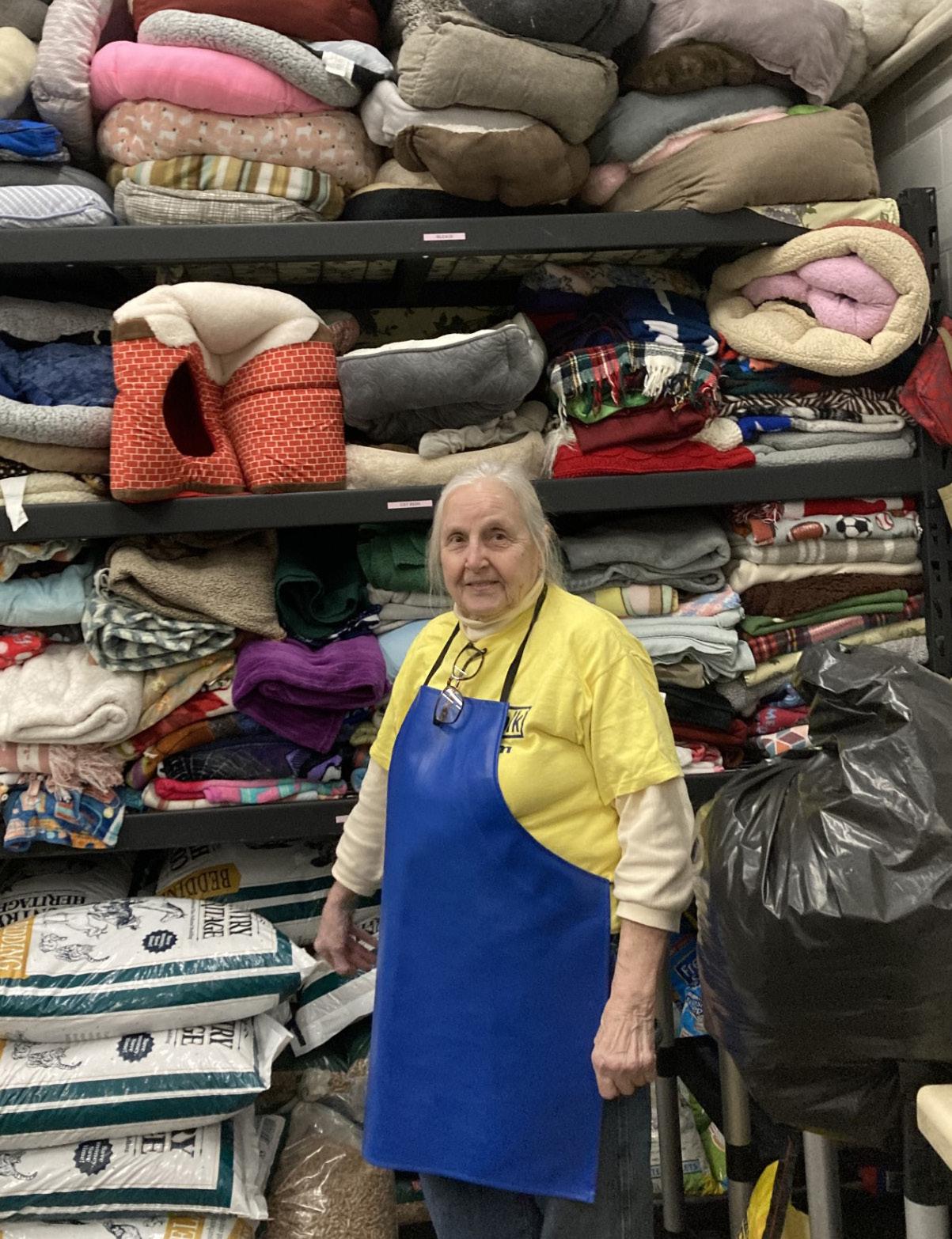 Judy Tarrants in front of a rack of bedding for the animals at Central New York SPCA in Syracuse.
Judy Tarrants in front of a rack of bedding for the animals at Central New York SPCA in Syracuse.


For about the past 2.5 years, the 83-year-old Fabius resident comes in on Monday mornings and spends between five and six hours laundering the bedding for the animals and washing out litter boxes and food bowls and helping to sort through donations.
She said that during her time at the facility she’s learned how much the staff and volunteers care about the animals and “how hard they work to make them adoptable.”
She prefers her work in what is called the garage area of the facility rather than being with the animals.
“If I was out with the animals, I’d want to take them all home,” she said.
The volunteers are vital to the CNYSPCA’s operation, according to Waffner, CNYSPCA director. He said that the need for volunteers will continue to grow when the Companion Animal Standards Care Act comes into effect in December 2025. Companion animals are those that are domesticated or domestic-bred and this legislation is aimed at enhancing the quality of care provided to homeless companion animals at shelters and rescues.
Another opportunity for volunteering is by becoming a foster parent for an animal. CNYSPCA has an active cat or kitten foster program and is looking to create a dog-puppy foster program, according to Waffner. It allows people to have an animal, while providing the animal with a temporary home until it can be adopted, he explained. Participants take in the animal, socialize it, try to find it a home,and CNYSPCA provides the food, medical services, etc., Waffner noted.
The organization is also hoping to expand its current facility, which dates to 1955. While in the early design phases now, the multi-million-dollar development would be phased in over several years, be more efficient and enable the SPCA to expand its capacity, Waffner said. The organization was started in 1891, with the mission to investigate cruelty against the mules that pulled the canal boats through along the Erie Canal.
For more information on volunteering, visit cnyspca.org/ volunteer.
Karen Pierson has been involved with the CNYSPCA for about three to four years, first by fostering cats and kittens. About a year ago, she also started helping out at the front desk.
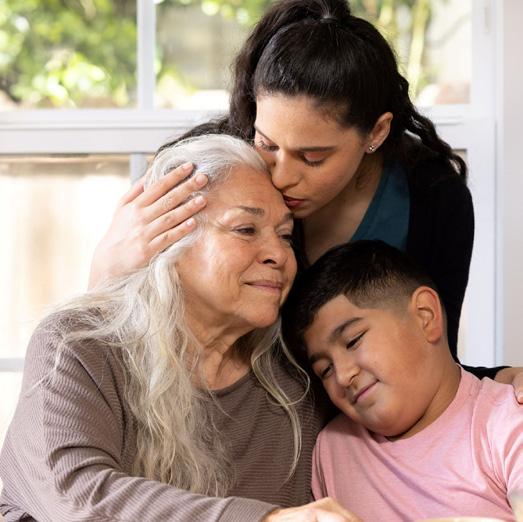
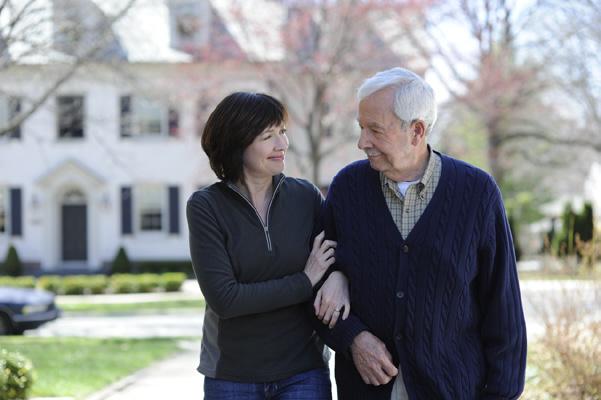
For family and professional caregivers Topics to include: caregiver burnout, latest treatment breakthroughs, clinical trials, innovative dementia therapies and more Resource Expo featuring 40+ vendors
$80 registration includes breakfast and lunch, tote bag, resource book and more!



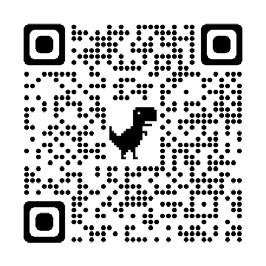



help! Are you considering moving to a smaller home or maybe moving out of state? Are you looking at senior communities? We want to guide you from beginning to end! We will start with a free consultation to understand your situation. We can support you through every step with our unyielding compassion and years of experience in real estate! Call or text at 315-663-6633
If your furry friend has a calm, friendly temperament and gets along well with other dogs, he or she may have the potential to join our team.
Upstate’s pet therapy dogs provide comfort and emotional support to our patients, and help destress and encourage our sta . Brightening one’s day and aiding in recovery, pet therapy dogs are life changing.

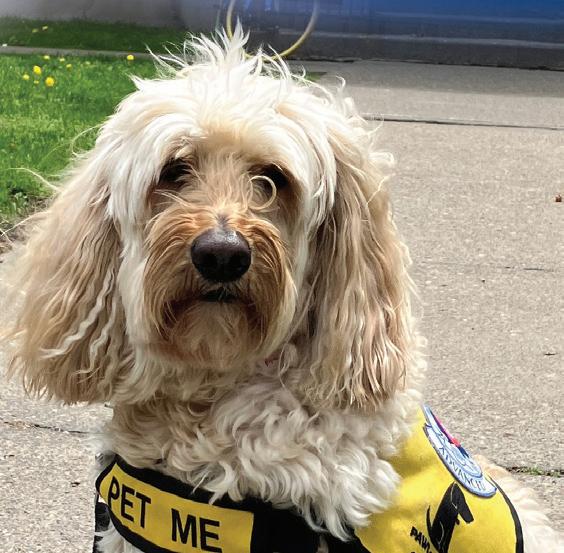
To learn more about how your pup can become a certified therapy dog, visit Upstate.edu/volunteers (pet therapy tab)
Come “heel” with us!




Supported by the JBoss Puppy Power Fund in memory of Jeremy Bossert We
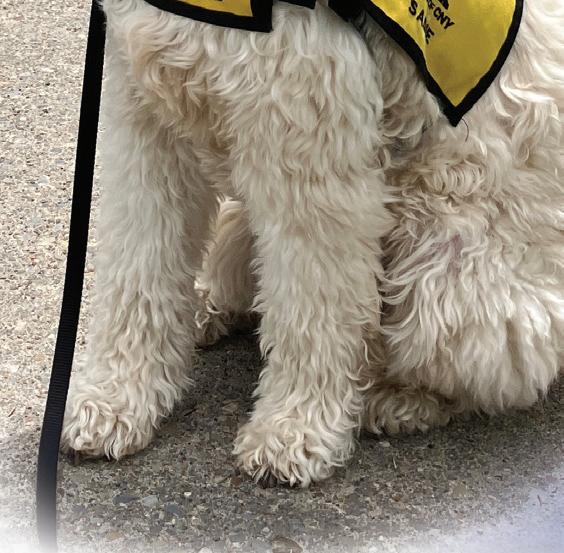

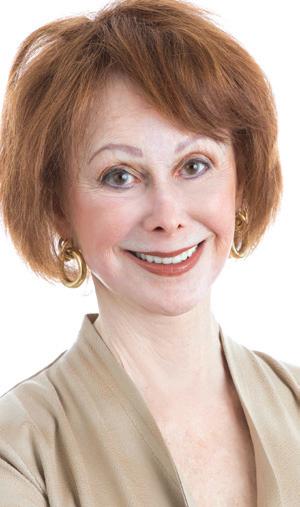 FBy Marilyn L. Pinsky
FBy Marilyn L. Pinsky
or a few years I have been following a photographer, author and creator on Instagram, Ari Seth Cohen, who has a blog called Advanced Style (advanced.style.)
It is a great name for the photos he takes of mature men and women with wonderful fashion sense or as my friend Mr. F. would say, “a flamboyant” sense of style.
So you can imagine how excited I was to see that Ari Seth Cohen was going to be speaking at the Sarasota Art Museum in Florida and screening his documentary, along with one of his muses, Judith Boyd, aka The Style Crone.
Fashion is a universal language and the documentary, also called Advanced Style, has been seen the world over to great acclaim, as have his books.
His latest book, Advanced Love, “collects affectionate portraits of subjects who prove that love is bound by neither the constraints of age or time.” His fourth soon-to-be released book is Advanced Pets, featuring stylish seniors and their equally well -dressed pets.
When you see older models in high fashion ads, you can credit ASC, as designers have said he helped them recognize that older adults are a viable market for their clothes. Many have used his subjects on their runways and in ads for their brands. One was Jackie Murdoch, an original Apollo theatre dancer who always wanted to be a model, but for a young black woman in that era, it was out of the question. After ASC started showing her and her fabulous sense of style in his blog, the French couturier Lanvin came calling and at the age of 82, she became a high fashion model.
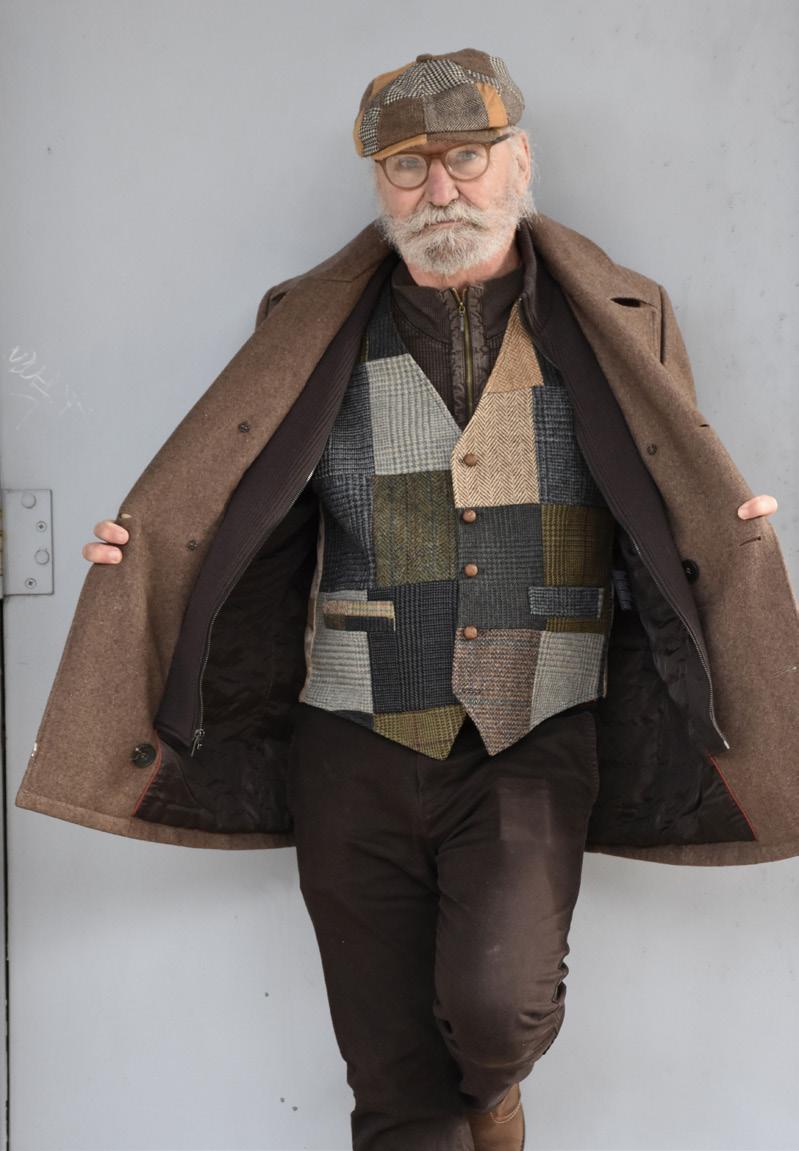
ASC grew up in San Diego with his grandmothers. His stylish grandmother let him explore in her closet and get to know good clothing and his maternal grandmother, who was also his best friend, encouraged him to move to New York City after college and seek work in the fashion industry.
“The profound sense of grief I felt after losing my maternal grandmother was my impetus to roam the streets of New York looking for older, stylish women to photograph and who dressed in the vintage style that she loved,” said ASC. This use of fashion to deal with grief was also a connection to Judith Boyd. They found each other online and bonded through loss and regaining creativity.
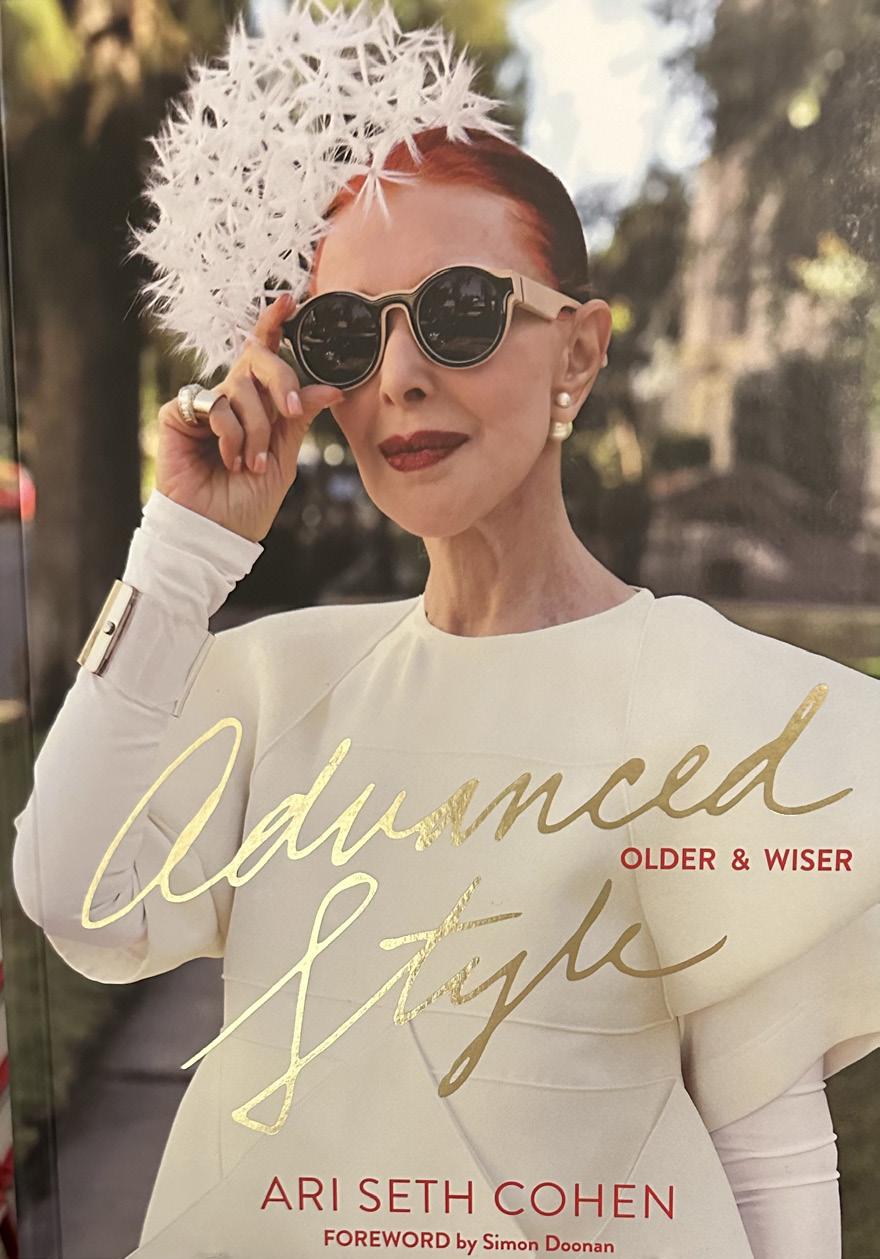
“As my husband was diagnosed with a rare and relentless type of cancer, I blogged about cancer caregiving with outfits. I blogged about death in outfits. I blogged about grieving and whatever I was wearing at the time,” said Boyd, who lives in Denver, Colorado, but has become one of ASC’s closest friends as they travel the world together talking to audiences about aging with style. Boyd’s message is “I’m dressing up for myself. It gives me energy and makes me feel good.”
In the documentary I loved watching the models doing their hair or placing their hats just so, while also adjusting their hearing aids.
In the interviews, they were honest that not every day is a ‘feel good day’ and some days you just can’t get going and are dealing with the physical issues of aging.
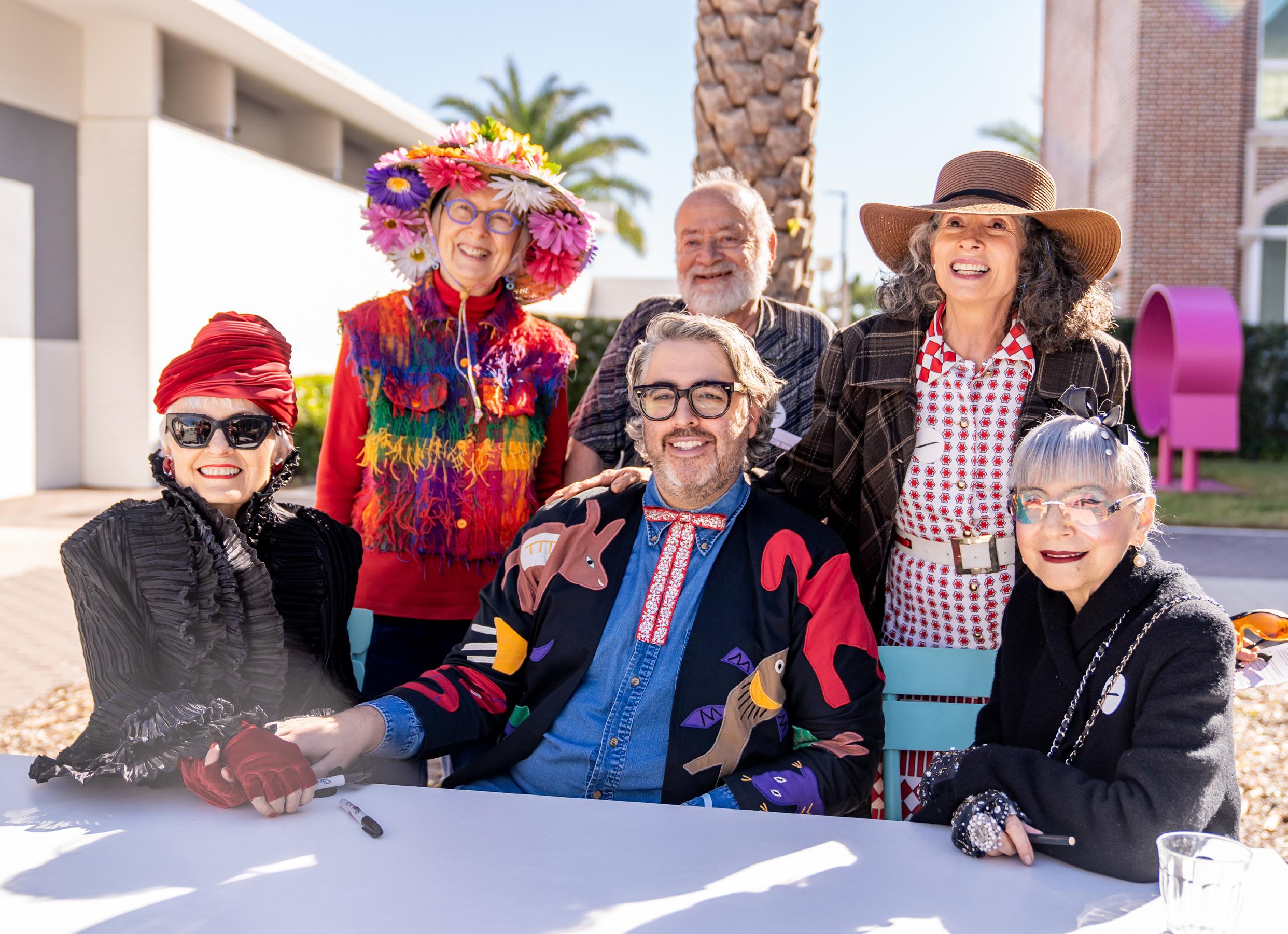
One model said, “I’m great from the waist up, don’t ask about from the waist down.” Another said “when I’m asked my age, my reply is ‘somewhere between 50 and death.’”
“Money can’t buy style”
The people in ASC’s film and the majority of the stunningly dressed attendees at the museum lecture talk about thrifting and shopping at consignment and vintage shops. This is an adventure for both men and women. “My boyfriend and I love to thrift together and help each other find unique looks,” said one of Ari’s couples.
Doug D’Elia of Tully, a writer and poet, is also a street photographer perhaps best known for covering NYC Fashion Week.
You can find him on Instagram at @dougvandelia.
With his artistic eye he collects and sells vintage clothing. As you can see from his picture, he is a wonderful model of the elegant
vintage style for men. In closing, my favorite Ari Seth Cohen takeaways to live by:
1. Style has nothing to do with size. You don’t have to look like a skinny model in the fashion pages to love dressing up.
2. At this stage of the game, put together whatever you want. For inspiration, look for other older people who are fashionable and initially copy their style, while adapting it for yourself.
3. Many people only find their fashion style in their 60s and 70s.
4. We tend to become invisible when aging and it can almost feel like a political act to dress up to counter that.
5. When you dress outside the norm, expect to get reactions both good and bad. To each their own. We all have
a style and express it in different ways.
6. Start by shopping and playing in your own closet. You don’t even have to leave the house.
7. Style is not just expressed through clothes, but with purple, pink or blonde streaks in your hair on both men and women and with nails of all colors, including blue, neon and sparkly.
8. Where do we go when we’re all dressed up? Think of the grocery store and a walk around the neighborhood as your own personal runways.
9. And the question I got to ask, “What do you do with your beloved high heeled shoes you rationally know you should no longer wear, but can’t bear to give away?” Display them on shelves around the house as you would art objects so you can enjoy them all the time.


We track down several celebrities who retired from local TV
Wayne Mahar doesn’t really know the meaning of retirement.
“I’ve always said semiretired,” he said. “I don’t golf. I’m a type A personality. I’ve worked hard all of my life and I’m not going to just sit around and do nothing.”
It helps of course that the 67-yearold former chief meteorologist for CNYCentral (NBC, CBS, CW), who retired from that job in December 2021, loves what he does and already had an established weather forecasting business.
“The problem never was I’m going to retire or semi-retire because I’m tired of doing it,” Mahar said. “You’ve got some people who don’t like what they’ve done for work over their lives, but you’ve got to work because you’ve got to pay bills. That’s not me.”
Mahar routinely worked a grueling 80 to 90 hours a week since he was a
teenager. During 37 years in Syracuse he typically spent from 1:30 p.m. until after midnight at the TV station before heading home to catch four or five hours of sleep. Then he’d wake up in the morning to do forecasting for his private weather clients.
Still, Mahar was looking to slow down a bit.
He wanted to spend more time with family and he and his wife wanted to travel. And about five years before he retired his adult children had moved to Charlotte, North Carolina. He said he and his wife wanted to be close to their kids and grandchildren.
“And we had no family in Central New York and as much as I have always loved it and still do and have good friends in Central New York, we’ve got to be near the kids,” he said.
So, he and his wife started
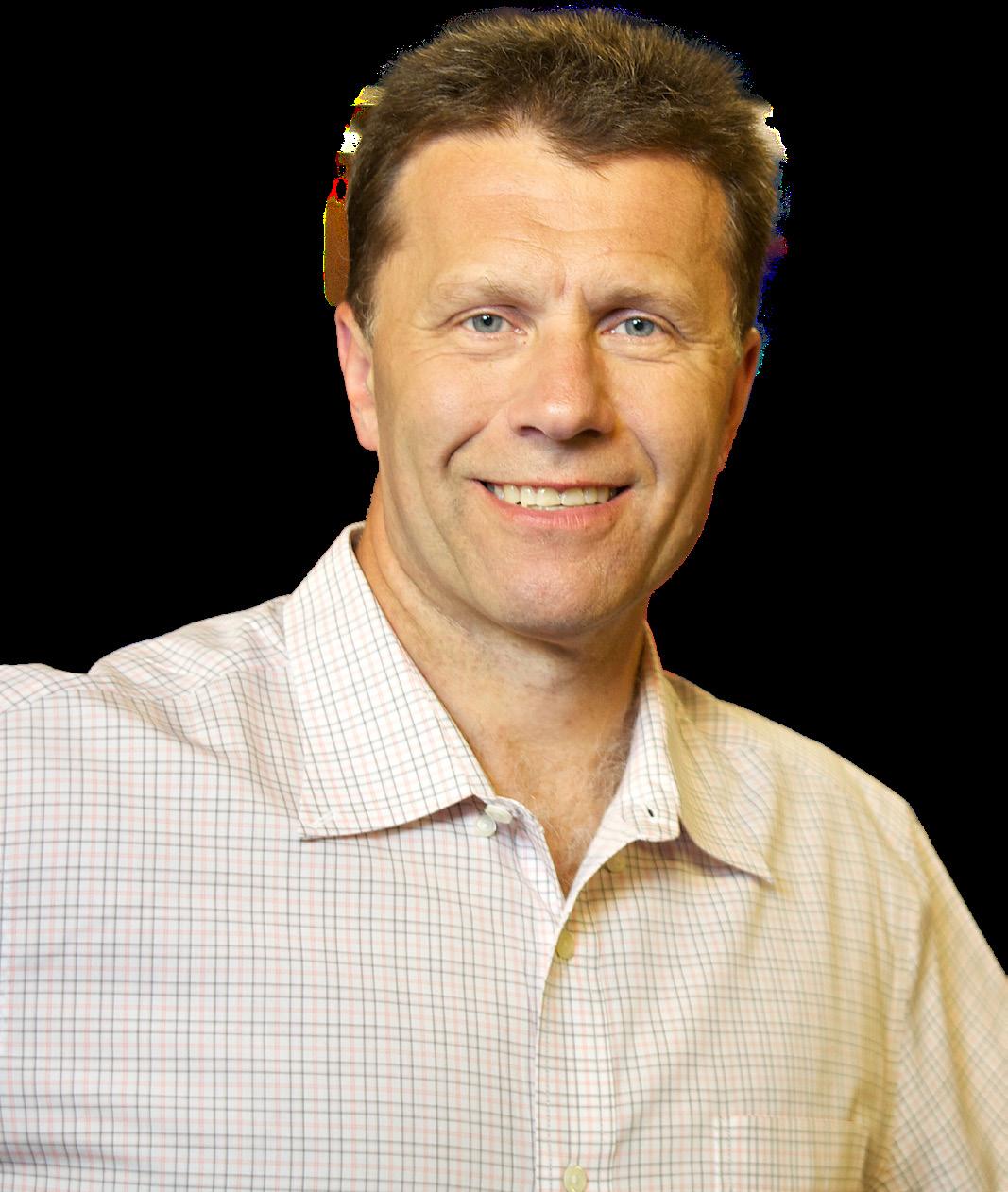
100-year-old farmhouse they liked in York, South Carolina, just across the border from Charlotte. They spent four years having it refurbished and moved in after Mahar retired in 2021.
He’s still busy, though he’s dialed back work to a more manageable 30 to 35 hours a week.
He started his forecasting business, Precision Weather Service, even before he got into TV full time in 1977 in Portland, Maine. He works from a home office — his weather command center — that includes computers, monitors and a microphone. He once had about 250 clients, but sold half of his client list years ago and now operates with five or six people who work for him.
Mahar’s company provides forecasting services for roughly 35 radio stations across North America from Montana to the Virgin Islands. Central New Yorkers can hear him every morning on TK99 and KROCK.

The company also provides forecasting for clients — many in Central New York — ranging from highway departments, schools and airports, to professional sports leagues, utilities and concert and festival organizers. Mahar also handles forecasts for about 200 events annually, including weddings and movie shoots and premiers. For example, he did the forecasting when “Top Gun: Maverick” premiered on a ship off of San Diego, when Jennifer Lopez and Ben Affleck wed in Georgia and when Will Smith bungee-jumped into the Grand Canyon for his 50th birthday.
Mahar is also still forecasting on TV, just not in Central New York. He said he knew he wanted



to keep one foot in TV so when he moved he contacted the TV stations in Charlotte and became a freelance meteorologist for WSCO-TV. He fills in on-air four or five times a month when it suits his schedule, something he said is a nice change.
“And that’s the flexibility you don’t have when you have a full-time TV job,” he said.
Mahar and his wife have been able to do more traveling like they wanted. They bought a 21-foot Winnebago Travato in early 2023.
“It’s a little crowded, but it’s cozy and we love it,” he said.
Mahar said he and his wife and their four dogs have taken about one three- to six-day trip a month. And while it’s snug, the smaller RV has allowed them to visit places they couldn’t go with a bigger vehicle, such as the Great Smoky Mountains. They plan to start taking longer trips of two to three weeks this year.




Although Mahar is living in South Carolina now, he still raises money for the Priscilla Mahar Animal Welfare Foundation, which he founded on behalf of his mother after she died in 2007. The foundation has donated nearly $400,000 to New York animal
Even a workaholic like Mahar admits that getting used to retirement was a bit of “a learning curve.” After he retired from CNYCentral, but before he started freelancing with WSCOTV, he missed the social environment of a TV station. He had his weather forecasting business, but that was done mostly over the phone. The COVID-19 pandemic didn’t help either, he said.
So, Mahar started hitting the gym three or four days a week and met a great group of people, and took up pickleball. Now he sees friends several times a week for pickleball, too. He said he still talks to forecasters and radio clients every day and is still on TV enough that he gets to be around the newsroom atmosphere he enjoys.
And he still gets recognized occasionally even though it’s far less than before he retired. It’s usually viewers who watch him on TV in Charlotte, but Mahar said he’s gratified when former viewers from Central New York stop him and say hello.
“I went to pick up take-out at a restaurant and people sitting next to the door were from Oswego and noticed me,” he said.
Ask Jackie Robinson to sum up her life in retirement since she stepped away from the anchor desk at WSTM-TV in 2012 and she uses two words: community service.
“I’m using my gifts for good,” she said. “Trying to give back to the community that gave so much to me.”
Robinson grew up in North Syracuse. Her parents stressed the importance of education, but she was one of five children, so she began looking for scholarship opportunities in high school.
In the 1970s there weren’t any minorities on television in Syracuse. Several local groups challenged the broadcast licenses of the TV stations, arguing that TV was supposed to be reflective of the community. In response, a scholarship was eventually
study communications at Syracuse University.
Robinson beat out several hundred applicants and won the scholarship. She said she was keenly aware that she would be an example to those who followed her.
“So, I knew when I won this full scholarship that I had to be twice as good,” she said.
Robinson began her 35-year career at WSTM-TV, at the time known as WSYR, when she landed a summer job as a newsroom secretary. She said at the end of summer she knew she wanted to pursue a career in news. After graduating from SU she received a job offer as a general assignment reporter. She became the weekend anchor in 1985, the station’s first Black anchor. And in 1990 she was promoted to anchor the main 6 p.m. and 11 p.m.
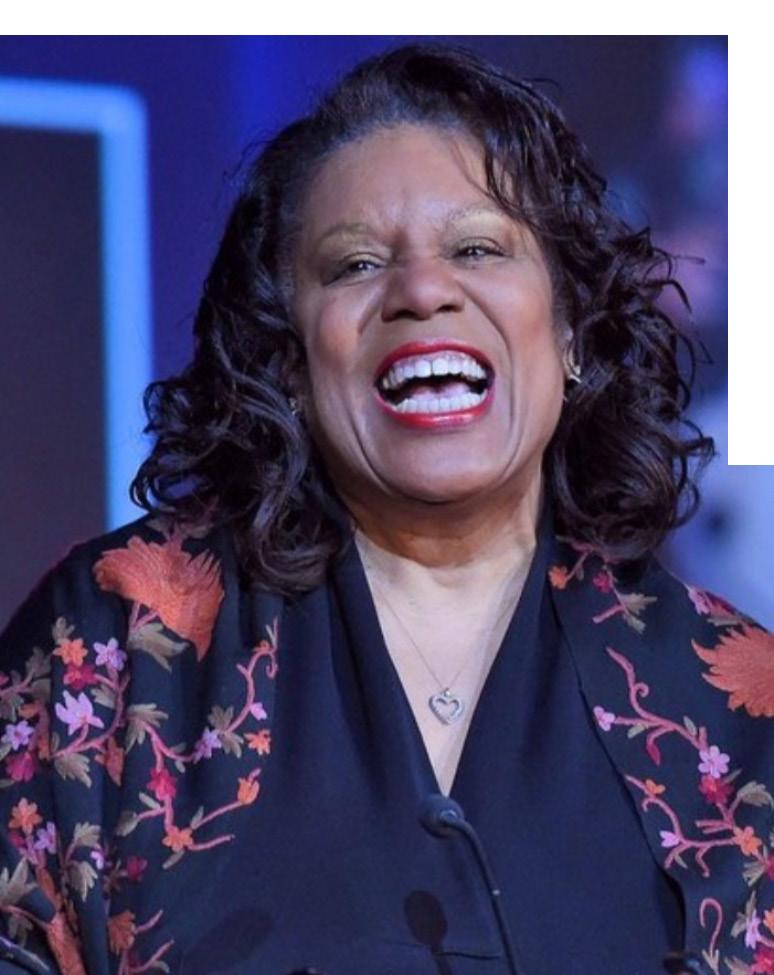
Robinson said she loved her job and all of the wonderful stories she was fortunate enough to tell, but that when the time came to retire she was ready
for the change. She said she’s about as busy in retirement as she was when she was working.
“You know it’s a different kind of busy, but I think I was ready for that transition,” she said. “I’m grateful and it was a wonderful opportunity, but I’m really enjoying retirement.”
Now she spends a lot of her time volunteering with Central Baptist Church in Syracuse. The church puts on an annual golf outing and auction that funds most of its charitable work helping families throughout the year such as Thanksgiving baskets, backpacks and school supplies and a trunk or treat event at Halloween.
Robinson and her husband, Henry, organize the event and she said it’s close to a full-time job. She spends a lot
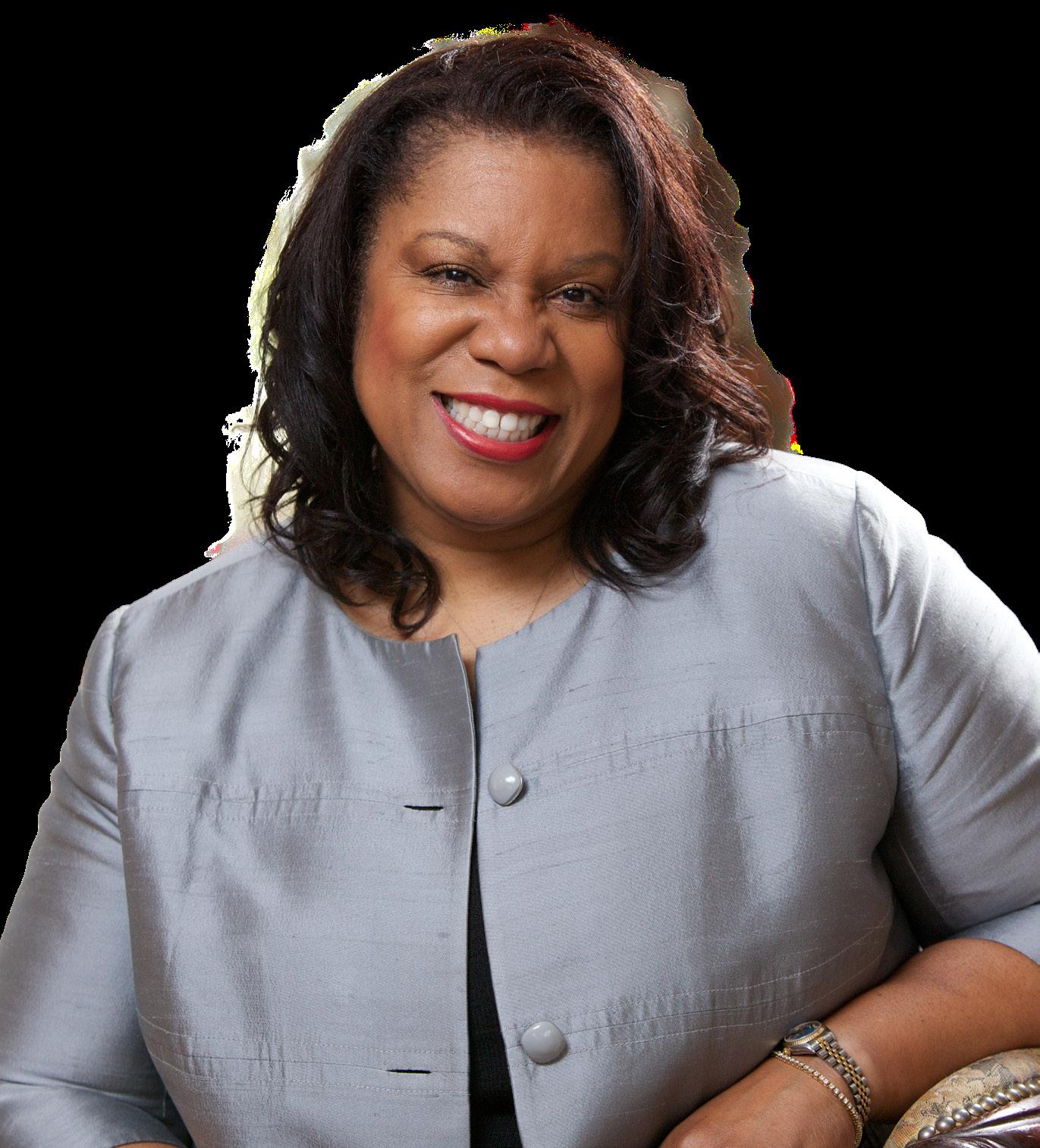
items. Sometimes people will ask if they can drop something off at her office at the church.
“And I’m thinking ‘I don’t have an office at the church. I’m just a volunteer,’” Robinson said, laughing.
Robinson has also remained very involved with her sorority, the Syracuse University chapter of Delta Sigma Theta, since becoming a member in 1980. The organization includes hundreds of thousands of predominantly Black college-educated women in chapters around the world.
Robinson volunteers with the sorority throughout the year for things like clothing distributions on Martin Luther King Jr. Day, registering people to vote and working with children in the local schools.
Besides her work in the community, Robinson also cared for a family member after retiring.
She said her mother had died and her father developed an aneurism. The family decided he shouldn’t live alone, so he came to live with Robinson and her husband. She helped her father with things like taking him to doctor’s

appointments and kidney dialysis three times a week and picking up prescriptions.
“So, I was a caregiver up until 2020 when he passed at the age of 87,” she said.
As busy as she is, Robinson also makes time to mentor many of her former interns and colleagues, some of whom have gone on to careers with national news outlets. She said she enjoys keeping in touch with as many of her former interns and colleagues as much as possible and offering career advice.
“Different students and journalists will call and if I can help in any way I do,” Robinson said. “It’s more than worth it. I’m hoping I’m using my gifts for good.”
Retirement has given Robinson more time to spend with her family and to travel. She said her husband, who was a partner at Bond Schenck and King, retired a couple of years after her and it’s much easier to plan gettogethers with just their adult children working. She and her husband have traveled a bit in retirement and enjoyed
going on several cruises.
“It’s been wonderful to be able to have that freedom,” she said.
And Robinson and her husband plan to remain in Central New York, though they’ll probably be moving from their house in Manlius in the future. With just the two of them, their five-bedroom house with a four-car garage is more than they need.
“We need to downsize and find something for us,” she said. “Kids still visit, but we don’t need all that space.”
As much as she enjoys retirement and having more time for family and community service, some habits die hard for a former TV news anchor. After working 3 p.m. to midnight for so long, Robinson still finds herself to be a night owl. It’s not unusual for her to be up at 2 a.m. taking care of chores around the house.
“When we have to be doing community things and they need you there by 8 a.m.,” she said. “And I’m thinking ‘Oh my goodness I’m still a night person.’”
Frank Guido couldn’t be happier he had a choice for treating his prostate cancer!
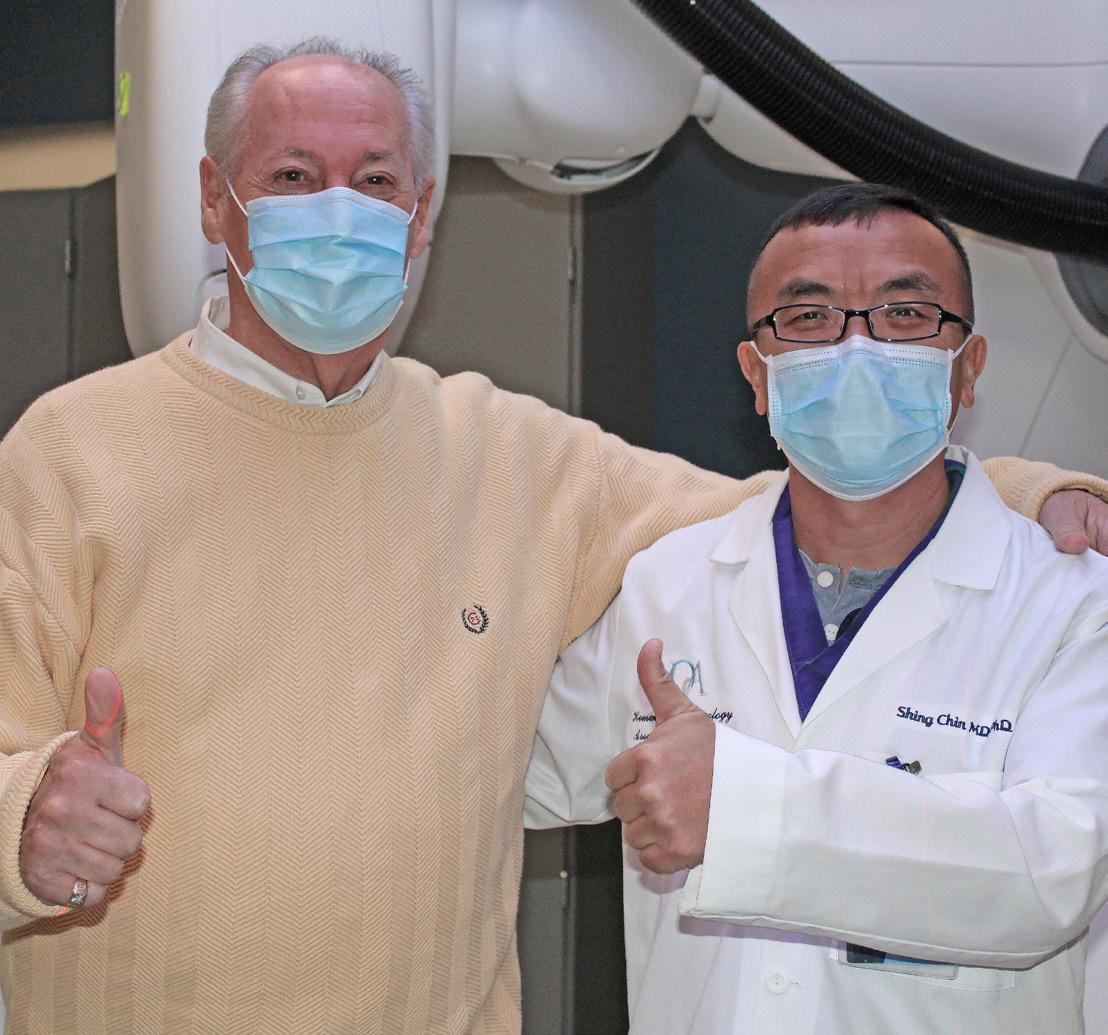
To hear more of Frank’s story and learn if CyberKnife is right for you, visit hoacny.com

Frank chose non-surgical CyberKnife® at HOA –offering 5 treatments instead of 35!
“The original diagnosis was to treat my prostate cancer with seven weeks of radiation, five days a week. I was kind of upset that I was never given the option of CyberKnife,” said Frank. “The precise radiation achieved by CyberKnife, far fewer treatments, and the personalized care I received from Dr. Chin and his team made my decision an easy one. Better, the treatment was a real success!”

When Dan Cummings retired from News Channel 9 in December 2021, capping a 45-year career in broadcasting, he started hopping on a treadmill every day.
The news anchor was by no means a couch potato, having completed five marathons and plenty of road races over the years. But he noticed he grew tired after 20 minutes on the treadmill even at a modest pace and simply assumed he had gotten a bit out of shape and needed to do something about it.
He eventually went to see his doctor, who sent him for a stress test, which he failed. Cummings, who was 65 at the time, was stunned when doctors at Crouse Hospital discovered he had a 95% blockage in the main artery to his heart.
“I had no idea,” he said. “I had
grateful for the “second lease on life in retirement” that he received.
Cummings, who lives with his wife, Danielle, in Syracuse, has two adult children. He said he had been looking forward to retiring before he knew about his heart issue.
He came to Syracuse in 1978 because famed newsman Bill Carey offered him a job at radio station 62 WHEN. He worked there until 1981 when he went to Cornell University to earn a master’s degree. He worked in radio in Ithaca while he was in school and later returned to WHEN. He was hired by Channel 9 in 1984.
“I spent 17 of the longest months of my life as assignment editor,” he said. “That’s a tough job, but it’s a great entry level position for television.”
Though he had stints as assistant news director and news director, Cummings moved into reporting and anchoring and ended up appearing on just about every major broadcast
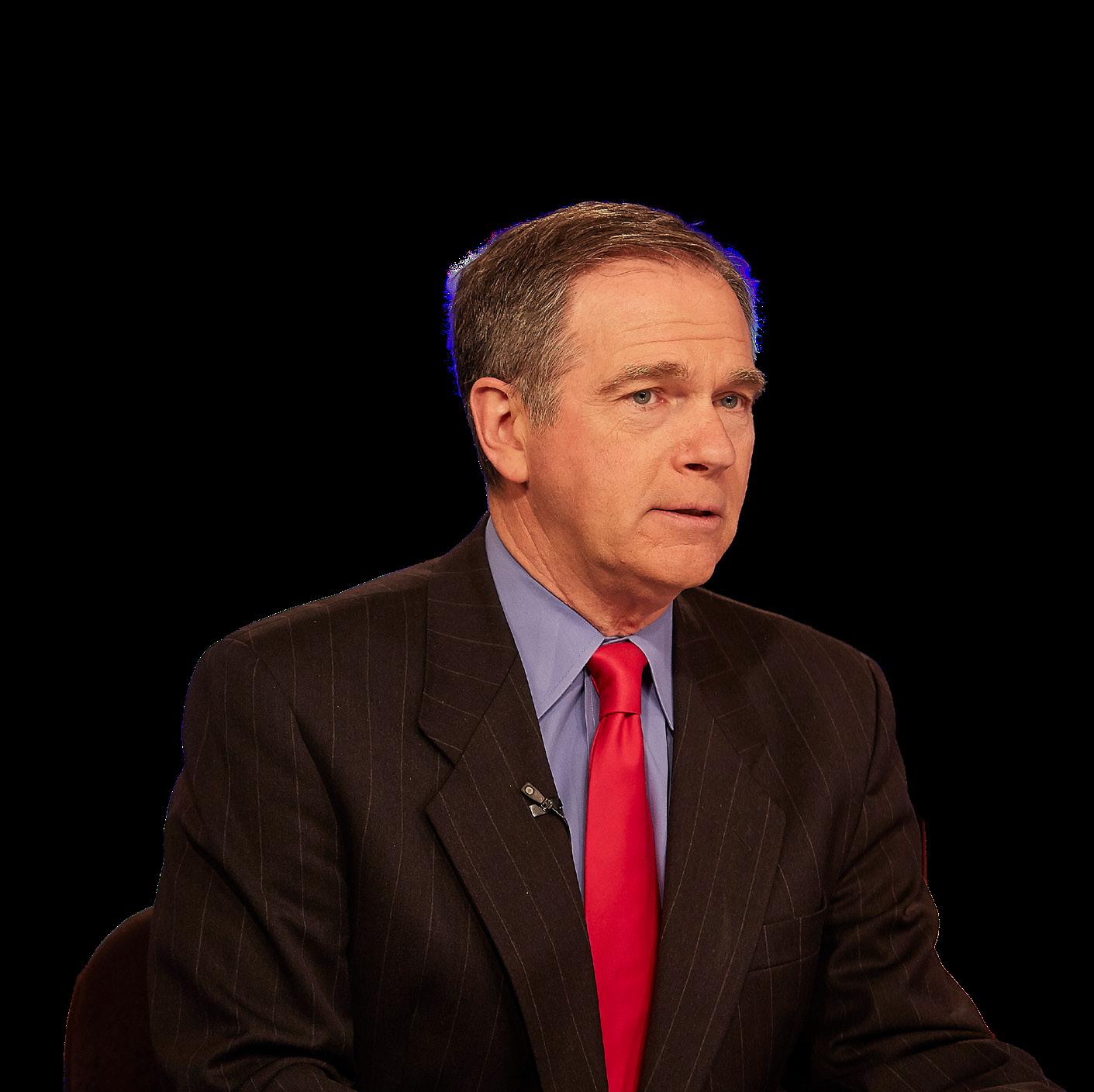
Cummings said some of his favorite projects involved longer-form storytelling, such as documentaries he worked on about the canonization of St. Marianne Cope and two Honor Flight Syracuse missions. Cummings said he was so impressed by the veterans’ stories that the station began to produce a special Veteran’s Voice documentary each fall.
As much as Cummings loved his job, he said he wanted to retire partially because he had to be up at 2:30 a.m. daily for the morning news and because he wanted time to do other things.
“You get that feeling that I’ve done what I’ve done for long enough,” he said. “It just felt right. The timing was right for me personally.”
Honor Flight Syracuse was so impressed with his work that after Cummings retired the volunteer organization approached him and asked him to join its board and handle its marketing and
“That has soaked up a lot of my time and I
Cummings also
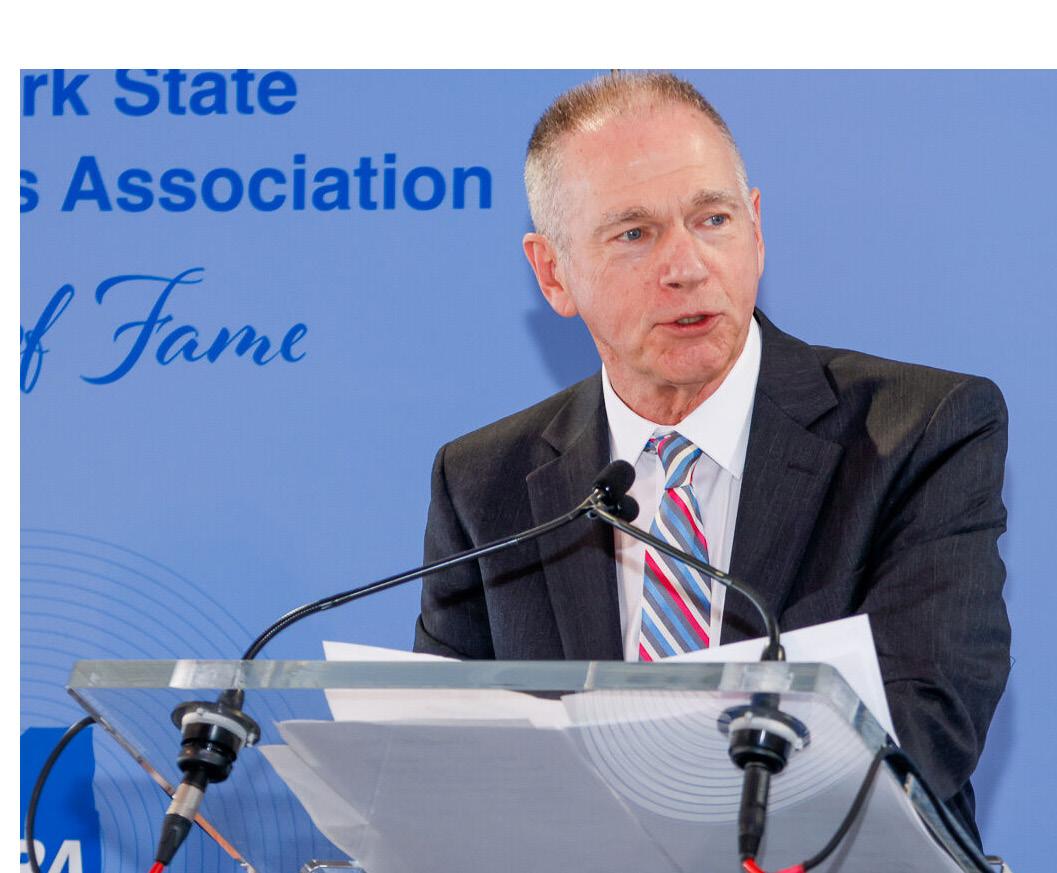
hosts a monthly radio program on WCNY’s Community FM called CNY Heroes. The program deals with veterans and veterans affairs.
In addition to his work with veterans, Cummings also sits on the board of HOPE for Bereaved, which provides support services for anyone grieving the loss of a loved one.
And during his first year and a half of retirement, Cummings worked with an initiative called Project Compassion to help launch a new website (compassionandcope.org) that provides information and resources to support the physical, emotional and spiritual needs of seriously ill patients and their families. Cummings helped produce a series of videos for the website.
“I’m busier than I thought I would be, but I’m involved in things I love to do and that’s the rewarding part,” he said.
As active in the community as he
has remained in retirement if you try to look Cummings up on social media you won’t find much of anything, in contrast to some retired TV anchors and meteorologists who maintain a robust social media presence after stepping off air. That’s because he resisted adopting social media.
“I didn’t even have a Facebook account until I joined Honor Flight because as communications director I had to have one,” he said. “I managed to totally keep my distance from social media platforms because I just wasn’t comfortable with the technology.”
After prodding from his colleagues, Cummings once signed up for Twitter years ago during a break in the morning news. Twenty minutes later his feed was blowing up and he said he was overwhelmed, so he never embraced social media.
“I don’t mean to be a curmudgeon or an iconoclast,” he said. “I use the web, but the social media platforms
simply overwhelm me with the volume of stuff that’s on there.”
But that doesn’t mean Cummings is nowhere to be found. Last fall, for example, he was inducted into the New York State Broadcasters Hall of Fame. He said the experience was incredibly humbling and still feels surreal.
And even more than two years after retiring he still gets stopped on the street every day by viewers who tell him how much they miss him. He said it’s partially because local TV viewers, especially those who watch morning shows, tend to be intensely loyal.
“It’s really gratifying to hear from people who made me part of their life for so many years,” he said. “They invite you into their homes every morning and you become part of their family.”

Time
Tammy Palmer is from Oswego County, born and raised. She earned a degree in communications studies from SUNY Oswego. The former TV news anchor is now the public information officer for OCRRA, the Onondaga County Resource Recovery Agency.
OCRRA is a nonprofit public benefit corporation, created by the New York State Legislature to deliver a solid waste management and resource recovery system for Onondaga County. In other words — the agency makes sure there’s a system in place to handle all the trash and recycling that municipalities and residents collect and drop off, she said.
OCRRA also oversees two compost sites where food and yard waste is transformed into mulch and compost.
“I was that kid who enjoyed watching the news. As I entered my senior year of high school, I took a broadcast journalism class that had recently been created by Len Senecal. We’d make school announcements in the morning and produce a weekly newscast for a local radio station. I would proudly carry around my recorder to capture soundbites about the French Club elections or policy changes,” she recalled. “I recall interviewing a school board member about a ‘big controversy’ at the time. They were deciding if students would be allowed to leave school grounds during their lunch break. It was empowering. I was thinking about decisions that affected my life, learning who had the power to make those decisions and asking them to explain
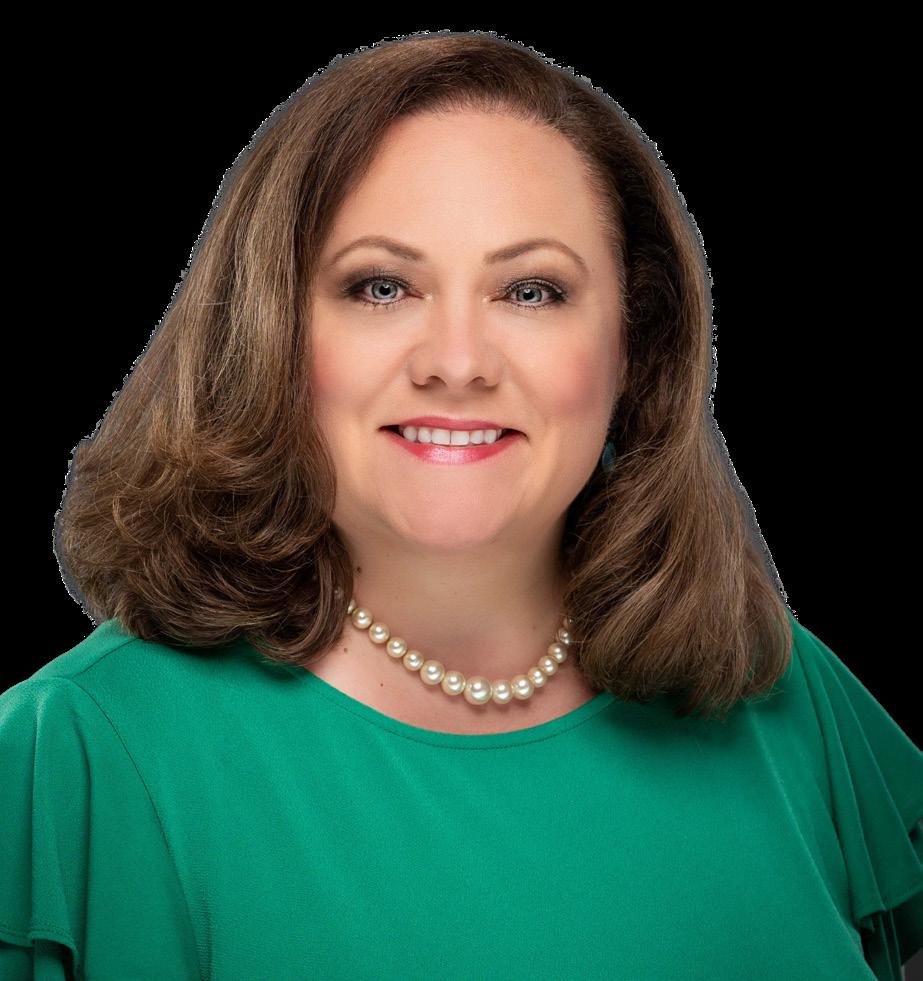
themselves. It felt like meaningful work.”
She had major surgery in 2016 due to ulcerative colitis.
“I began to think about the challenges of growing older in a career that demanded long hours, often outdoors and on the road. I was also teaching college courses,” she said.
As a reporter, she was “working from the moment I woke up in the morning until I went to bed at night. I found relief as a news anchor, where I could stay inside — a more manageable situation for me postsurgery. But company consolidations sent my evening news anchor position to Albany during the COVID-19 pandemic.”
It made sense to make a career adjustment at that point and use her skills outside of a newsroom, she explained. She’d been a journalist for more than 20 years. Newsrooms were changing rapidly.
“I’m still rooting for the people who are working through those changes,” she said. “In news, I felt like I was helping my neighbors in Central New York become aware of issues or solve challenges. I knew I wanted another meaningful job that addresses public needs.”
Since part of her role is media relations, people can still see or hear her on the air every once in a while, sharing recycling tips or details about the OCRRA Earth Day Litter Cleanup event in Onondaga County.
“Fortunately, the part of a communications job that is most uncomfortable for many others [being
on television] is the most familiar part of the job for me,” she said. “It’s funny; I think I’d be a better journalist after stepping away from the work for a while and seeing how systems work from another perspective. Isn’t that how life works though?”
The career switch allowed her to embrace a few things she loves, but rarely got to enjoy as a journalist.
“I foster kittens, which makes me ridiculously giddy in a way that only people who appreciate cats will understand. I also enjoy holidays and weekends with my family and friends now. I can take vacations any time of the year — even if it is during election season, a ratings period, the New York State Fair or some other big local event.”
Her advice for those looking to enter the field?
“Be open to criticism. The trick is being able to put aside defensiveness, explore the feedback and acknowledge when it is valid. That’s not easy,” she said. “At the same time, don’t hold onto silly comments that could drag you down. If your primary motivation is to make everyone like you — you’re missing the point.”
Choose and deliver your words carefully, she added.
“Are you stressing certain words or phrases with your tone? Does that reflect your opinion or a bit of sensationalism? Inflammatory words can create an unhealthy controversy where none existed before. Stick to the facts,” she said.
Dave Longley has transitioned from chief meteorologist at NewsChannel 9 to the station’s digital content manager.
He made the switch to a behind the scenes position in 2017, after being diagnosed with multiple sclerosis a few years earlier.
He has been at the station going on 32 years.
“My degree at SUNY Oswego is in meteorology. I really didn’t take any journalism courses,” he said. “Everything I learned was basically on the job — when I began interning with [former Channel 9 meteorologist] Dave Eichorn in the spring of 1992.”
These days, Eichorn spends most of his time in his wood workshop — “but to the core we’re all weather hobbyists. So we do find time for that, too,” Longley said. “I’m still a meteorologist at heart. I look at maps and keep up to date with what’s going on in the world of weather.”
He was actually hired about two years before he graduated. His anniversary date is May 1992.
Basically a digital content manager, he handles all of the digital properties of NewsChannel 9, he explained.
“That means the website, news and weather apps, social media channels. I oversee the content that goes beyond our broadcast channel,” he said.
Day-to-day activities range from writing web stories, building web pages and reviewing analytics on all of the station’s platforms to gain the highest audience possible — “How are people engaging with our content and how are we delivering that content to
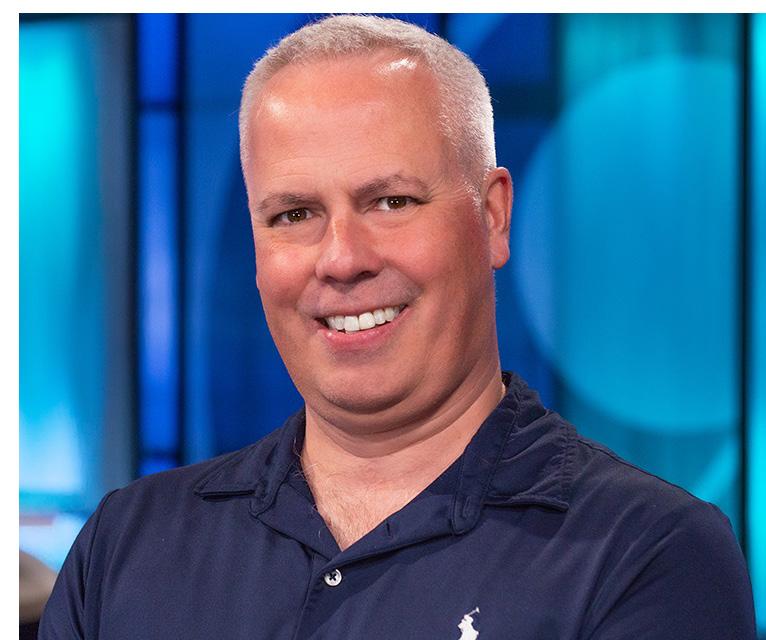
our users,” he added.
He learned how to tell a weather story and began practicing in front of the camera and honed his presentation throughout 1992 and into 1993.
“Finally, in the summer of 1993, I became an on-air meteorologist for WIXT. Keep in mind I was just entering my senior year at SUNY Oswego,” he said.
He did weekend and fill-in work for the next year and a half. He graduated from Oswego in May 1994 and moved to the morning show in October 1994.
“I did mornings for 14 years, until 2009,” he said. “In 2009, I became chief meteorologist and continued in that role through 2016.”
In 2005, he was diagnosed with multiple sclerosis and finally he switched to a behind-the-scenes role — assistant news director position — in January 2017. Then he became the digital content manager for NewsChannel 9 in January 2022 where he is presently employed.
“I am fortunate that WSYR has adapted with me as my disease progressed,” he said. “There are many experiences and stories that I have accumulated throughout my career, but the one thing I hold dear is the willingness of people at the station to teach and train someone who was willing to learn.” MS
MS affects everyone differently. People should talk to their doctor to work out the best plan of action if they
have the illness.
Basically, the immune system of a person with MS begins attacking itself. The protective myelin covering of the nerves in the brain or spinal cord is removed — the nerves short circuit.
There is no cure for multiple sclerosis. The goal of the different drug therapies is to slow the progression of the disease. Some drugs work for some people and not for others.
One of the symptoms is tremors. Balance, walking and coordination also decline
There is some promising news in terms of research that is being done and new drug therapies that are becoming available to patients. Researchers are also developing animal models of MS to more accurately predict drug response in human disease. However, current animal models share some of the disease mechanisms and symptoms of MS but do not fully mimic the disease, especially in its clinically progressive phase.
UVA Health neuroscientists have discovered a potential way to disrupt the chronic inflammation responsible for multiple sclerosis.
UVA’s new study identifies a vital contributor to the hyperactive autoimmune response and neuroinflammation that are the hallmarks of MS. Blocking this lynchpin in a research model of MS alleviated the harmful inflammation, giving researchers a prime target in their efforts to develop new treatments for multiple sclerosis and other autoimmune diseases.
Keith Kobland started out at a small station, but has wound up ‘right where he belongs.”
It all started at a small 10watt daytimer in Corning, he said.
“Seriously, Corning, New York, and WCBA is where I started my full-time news broadcasting career after studying broadcast journalism at SUNY Geneseo.” He said. “I was 100% unprepared and lasted a month before returning to Syracuse and finding parttime gigs at WRVO in Oswego, WMBO in Auburn and eventually WSYR radio in Syracuse.”
He was hired full-time by WSYR in 1985 and worked alongside Jim Reith, Ellen Abbott, Howard Modell and the late Dave White.
It was a hard-driving newsroom in a competitive news market with active radio, TV and newspaper newsrooms fully staffed 24/7, he recalled.
He said he never set out to be a TV journalist — but developed deep friendships “with local TV news folk who urged me to make the switch.”
“I joined TV5 in 1990 when it was Ron Curtis and Maureen Green anchoring our primary newscasts,” he said.
Kobland started by working weekends and eventually wound up co-anchoring the nightly 11 p.m. newscasts with Tracy Davidson, Kathy Orr and Mike Tirico.

“I had a blast working with talented people both on the air and behind the scenes,” he said. “I was proud driving into the station along James Street, which was still bustling with businesses and apartments.”
His best moments were spent during “our quiet times” — during the evening news shifts when the show was ready for air and they had a few moments to relax, grab a bite to eat and even play the dictionary game.
One of his most memorable experiences story-wise was going for a ride along with the Blue Angels in an F-18 jet. An experience he describes simply as “Amazing.”
But that was the enjoyable part of the job.
“There were many more memorable moments for the wrong reasons, due to stories of death or devastation,” he added. “These types of stories make up any given nightly newscast and I had my share of covering fatal auto accidents or fires.
“I was on hand and reported from the Adirondacks during the search for Sarah Wood. I was also on hand when Woodstock burned in Rome, New York. Thanks to the magic of videotape and YouTube, both moments are online for the world to see.”
When Channel 3 absorbed the TV 5 newsroom, he went to work for WSYR-TV and was there for “three
great years, again working with consummate broadcast professionals,” he said.
Through his industry contacts, he learned of the media relations position at Syracuse University, along with teaching opportunities at the Newhouse School.
“I gratefully accepted a position there in 2012 and have worked there ever since,” he said. “In many ways my 25-plus years in broadcasting aligns perfectly with my current role at SU. I work closely with many of the media members I grew up with, along with national news media I worked with closely through my TV career.”
One of them is the great Scott MacFarlane from CBS News, who was Kobland’s first overnight news producer at TV5 when he started anchoring the morning show.
Teaching young broadcast journalists is simply “the icing on the cake” for him.
“I never considered where a career in TV news would take me. But, I feel I wound up exactly where I belong, with one foot still squarely involved in media, with the other helping and mentoring young people getting into the field,” he said. ”I truly feel blessed.”
here has been a lot written about the 982 refugees who fled the Nazi Holocaust and their stories when they arrived in Oswego.
Ann Callaghan Allen’s new book takes a different approach. It tells the story of Oswegonians who welcomed the refugees and helped them.
“Holocaust Refugees in Oswego” has been published by the History Press and it was released March 18. It can be ordered now on Amazon or local bookstores.
“I started it a year ago January. I never intended to write a book,” she said. “I delivered the final manuscript to The History Press at the end of September — before the Israel-Hamas war broke out.”
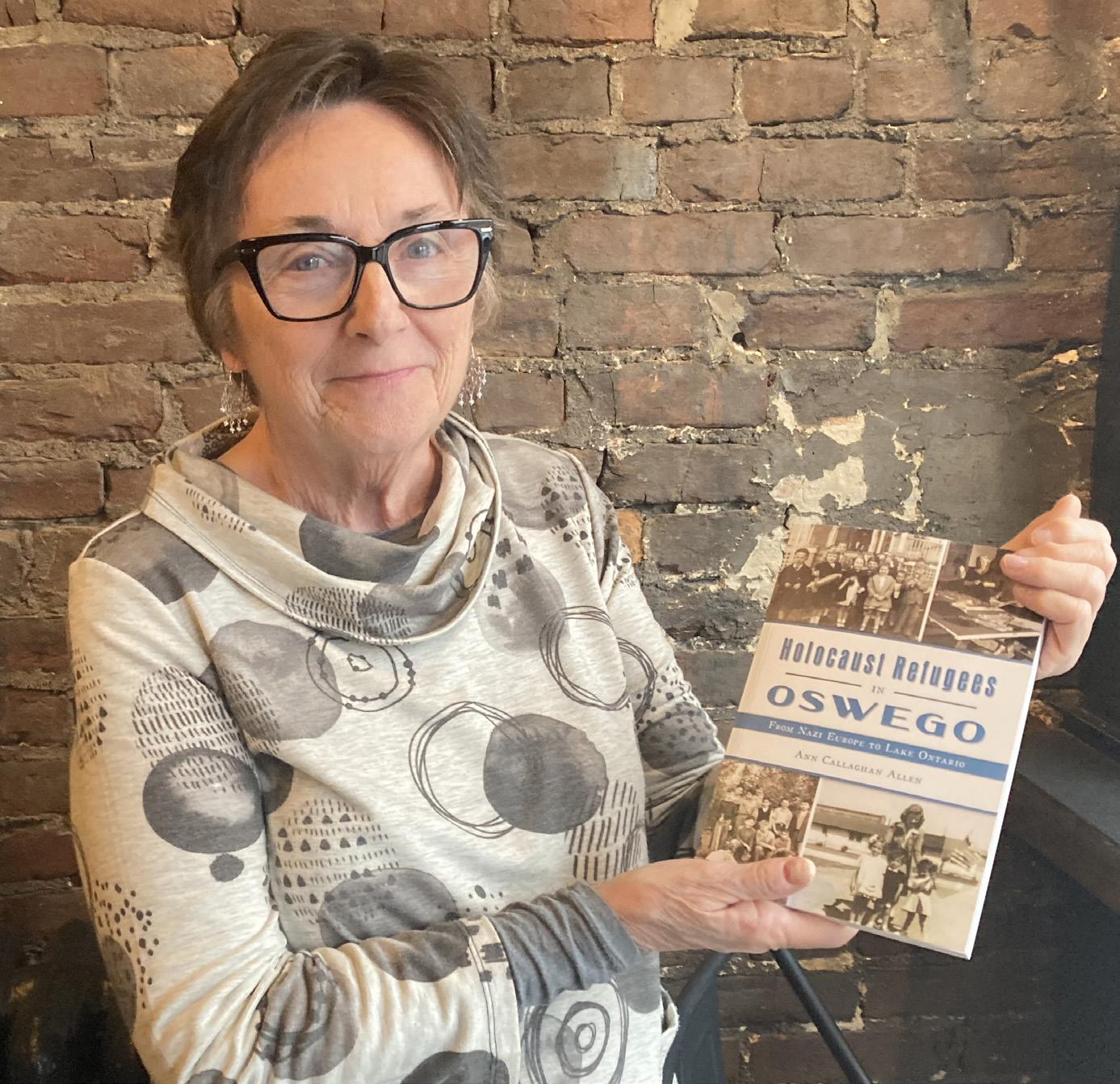
historical Oswego woman.
It was “a great project to keep me busy and out of trouble,” she quipped. “Now it’s like, I need another project.”
Her editor said, “Wow this is pretty salient, for terrible reasons obviously with the rise of anti-Semitism.”
“I was looking at this in terms of more in respect to all the issues with the refuges pouring into the country at the southern border,” Allen said.
In 2018, Allen had just retired from teaching at LeMoyne (in the department of communications and film studies) and was bored. So she started writing a book about a
“I never thought about writing about the Fort Ontario Emergency Refuge Shelter because so much had been written about it,” she continued.
However, what she discovered was a lot was written about the refuges — “but what about all these people in Oswego who interacted with them, what was that like?”
“So at the time — late December 2022, early 2023 — my husband, John, was serving on the Safe Haven Museum board. He said there are
so many people who don’t know about this [place] in Oswego. He wanted to get more people interested in coming and visiting the museum.
“He said, ‘Why don’t more people from Oswego come?’ Maybe we should talk with the people in Oswego who interacted with these people, I replied. ‘Yeah, that is a good idea,’ he said.”
So Allen talked to some people who are in their 90s, “who were wonderful,” she said.
“They were all as sharp as could be and told me about what life was like back then.”
What was really key was in 1994, they did a lot of video interviews with the refuges and Oswegonians; they are all available online through Special Collections at SUNY Oswego, she added. The video interviews were very helpful, too.
When she had the discussion with her husband, writing another book wasn’t on her radar.
“I just said to him ‘I bet there are a lot of stories out there that have not been told,’” she said. “Then about two weeks later, there was a Facebook post from this guy named Ron Spereno whose father, Joe, owned Spereno’s
tailor shop. I knew about it, I knew the name. And he said his father was trained by one of the refuges at the fort in the tailoring business and when the refuge’s family left for California, his father took over the business. So I said to John, ‘see I told you.’”
Then she set out to learn more. The refuge’s name was Jacob Fajnzylberg.
She searched online. His story came up in a newspaper in the mid1950s.
“There was a great story about him,” she said. “He was a tailor in Paris before the war. He ended up in the French army, was at the battle of Dunkirk, was captured by the Germans, on a train to certain death in a concentration camp, jumps out the window of the train, makes his way back to Paris, meets up with his wife and young son there. Then joins the resistance and they make their way to Italy and are accepted to come to Fort Ontario.
“So I read all this and I’m kind of like (wow). I wondered what Joe Spereno was doing at that time? Here’s this guy (Fajnzylberg) who never would have been in Oswego, New York, but they meet because of World War II and this young man in Oswego benefits from this.”
She tracked down Ron Spereno and asked him about his father.
“We had a wonderful conversation. He told me all about his dad who was actually in high school at the time this Jacob Fajnzylberg was trying to escape the Nazis. He graduated and ended up in the Army Air Corps,” she said. “Here are two people — they are separated by everything — geography, language, culture, religion — and except for the extraordinary circumstances of World War II, their paths never would have crossed. And where do their paths cross? Oswego, New York!
“So I said to my husband, ‘look at this. This is a great story. I bet there are more like this.’ And that is what started me on writing another book.”
Long-time Oswego resident Frances Enwright visited Allen to discuss her interaction with the refugees. That meeting led Allen to talk to others, including Chris Gagas, the former CEO of Pathfinder Bank. His father owned a restaurant at the time called the Home Dairy Cafeteria; that is where the refuges congregated when they were able to leave the fort and come downtown, she said.
“A refuge is no different from the rest of the world. We’re like everybody else, only maybe a little bit more tired.”
Edith Semjen – a refugee
“I made a lifelong friend just because I took a walk along the fence to see the residents. It was one of the best walks I ever took.” Oswego
resident Frances Enwright recalling how she met Eva Lepehne – a refugee
“Now Oswego, in its everyday life, will be an example of the American way of life, not just to the war heroes but to the miserable men and women who have been the victims of tyrants. May the group which is coming to Fort Ontario find in this city a splendid example of democracy in action …”
Palladium-Times editorial.
“I wanted to tell the story of paths crossing, where did people come from, what was their experience and what was going on with the people in Oswego,” she explained. “I didn’t tell everybody’s story — but I was able to tell a lot of stories. “I’m not a historian, immigration policy expert, not any of that. I just like to tell stories.”
Her editor told her “this is history for a general audience. What we like to do is tell stories about historic events about people and sort of whet their appetites get them interested in it — they learn about it then they want to read more.”
When the refugees first arrived in Oswego, they were disturbed to find the fort surrounded by a fence. In some ways, the fort resembled the detention camps used by the government for German prisoners of war on US soil.
“Almost everyone who has written about the refugees has talked about ‘the fence,’ made it a symbol of continuing separation, persecution and all that,” Allen said. “That bothered me so much.
“The fence has been there for decades. It was a military installation. Fran (Enwright) lived on East Ninth Street. She told me, ‘You know that fence was there for years. It was there before I was born. The military when they did training there they were using live ammunition. They needed to make sure that nobody came onto the fort grounds.’”
The refugees came in [to the fort] by railroad and that’s where the fence started.
Ralph Shapiro (Mayor of Oswego from 1960 to 1967) spoke Yiddish. He got on the train and spoke Yiddish and asked for a couple volunteers to come with him into the fort so that they could see how the barracks had been transformed and how families were going to have their own spaces. A couple people went in with him. They came back and said to everybody, ‘It’s OK, let’s go.’ And then they found out that there was a community that was welcoming.”
“Even though I didn’t experience this, these are the people who were the parents of my friends,” she added. “If you are from Oswego, there are a lot of names and places that will be instantly recognizable.”

About six years ago, my sister, Ruth, and I, began to navigate the activities of daily living for our parents.
We are not alone in this. According to AARP in 2023 there are an estimated 2.2 million unpaid caregivers caring for their family members, each with their own stories, quirks and physical and emotional needs offering an opportunity — the privilege — of getting to spend quality time together.
Our father, Allan, an Army veteran, retired banker, former Lion’s Club member, founding board member of a Long Island-based youth center and story teller extraordinaire, died in May 2023 at age 90 from complications of a lifelong struggle with diabetes. He is missed every day.
Our 87-year-old mother, Rita, a beautiful red head and former high school basketball player, majorette, retired registered nurse and barbershop
chorus alto, raised five kids and took in foster kids from infants through to teenagers. She boasts a hearty Scottish and Irish ancestry and it’s up to my sister Ruth and me to see that she continues living each day with humor, purpose and her indomitable spirit.
We watch movies and are well on our way to setting the world’s record for napping.
That’s when we’re not visiting with folks over the phone, singing, playing cards, Scrabble or Triominos, sharing a book or memory or watching “The Price is Right!”
Yet the diseases of aging are given full attention as remedies, specialists and informative articles are triaged for glimmers of useable suggestions to keep mom as comfortable and healthy as possible.
Ruth and I learned that time off should be carefully planned for the caregiver who wants to give their all,
but who can better serve with a lighter heart and renewed energy when they are allowed time to re charge, to enjoy art, music and time alone or with friends to ease that twinkle back into their step.
We book respite caregivers found by word of mouth starting with a list we obtained from our local Madison County Office of the Aging in Morrisville. We’ve found that a searchable database of Offices of the Aging in NYS counties and their caregiver information offer invaluable tips and phone numbers to call to find answers to frequently asked questions.
We’ve learned that free loaner durable medical equipment can be found in most communities as wheelchairs can often be a better alternative to walkers on icy ramps.
In our community, Madison County, the Cazenovia Area Volunteer Ambulance Corps — and leads
through the county Office of the Aging — proved successful hunting grounds for a walker, wheelchair and shower seat for which we are very thankful.
Ruth and I are very fortunate to have one another to rely on as we share covering mom’s 24/7 needs.
Not all families have that.
Recently, Ruth was wheeling Mom into the house after a doctor’s appointment. Then, it was on to help Mom change and get ready for the lunch I was setting up for the three of us.
We communicate frequently using my calendar dotted with writing or educational event planning engagements; Ruth’s calendar features massage client appointments at two studios and in private homes and, of course, Mom’s appointments.
We’ve also learned that eating chocolate pudding before the main course is not only possible, but should be encouraged — as long as there’s whipped cream in the house and some additional protein in there somewhere to blend well with mom’s evening meds. And matching pajamas and robes aren’t as important as her favorite blue socks with the sole grips.
All kidding aside, we embrace time spent with a precious life — our mother, Rita. We learn from her and each other how to make the most of our time together.
Caregiving: a joy and a privilege!
Resources for Caregivers
• NYS Office of the Aging Caregiver Guide: http://tinyurl.com/yckdsh59
• National Council on Aging (NCOA): www.ncoa.org/caregivers
• NYS Office of the Aging searchable database for county offices: https://aging.ny.gov/local-offices
• NYS Office of the Aging caregiver resource centers: https://aging.ny.gov/caregiverresource-centers
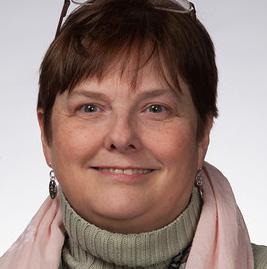
Carol Youngs , a freelance writer and education programevent consultant, lives in Madison County.
Connect with
growing and most influential consumer group in CNY
Published bi-monthly, 55 Plus Magazine is the most effective media for reaching the 55-plus market.
Call 315-342-1182 or email editor@cny55.com for advertising informaiton.
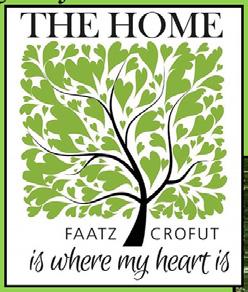
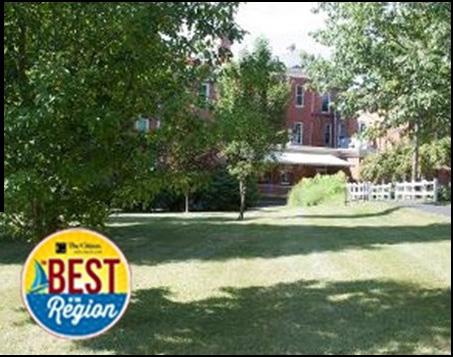
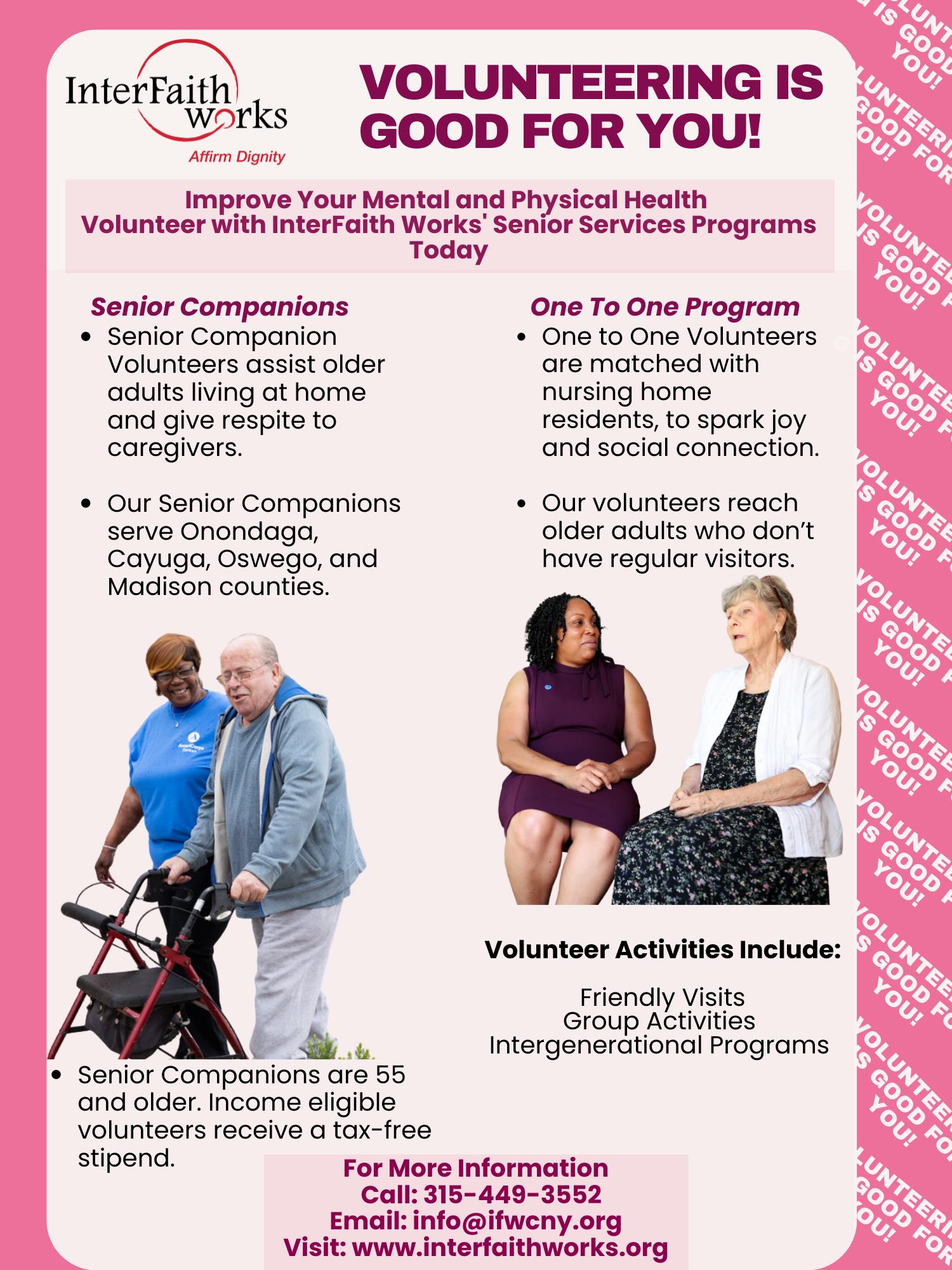

Looking forward to the day you retire? It’s fun to daydream about all the hobbies you’ll have time for and the trips you’ll take, but preparing for retirement is another thing entirely.
Failing to do so can lead to regrets or even major financial issues down the line. What are the biggest regrets people have about retirement and how can you avoid them? We spoke with the experts to get the answers.
Richard Ricciardi, an estate planning attorney and partner at Powell, Jackman, Stevens & Ricciardi, encourages people to diversify their investments long before retirement. This helps to limit the risk of losing money. When one or two of your investments are doing poorly, others may be performing well to make up for it.
He also recommends moving to less risky investments as you get closer to retirement.
“The volatility of the real estate market and the stock market can
ravage a person’s financial safety,” he said. “In retirement, the character of investments needs to change to less risky strategies concentrated more on income than investment growth.”
Thanks to many self-help investment options, some people prefer to handle their own investments without the help of a financial planner. But Ricciardi says this may be a mistake.
“A comprehensive financial plan can give you great insight into how far your money will take you in retirement,” he said. “I believe evaluating different strategies and listening to professional advice is key to successfully planning for retirement.”
At some point in your life — hopefully far down the road — you’ll likely need more help with certain
tasks or decisions. Not planning for this can lead to regrets.
“Powers of attorney, healthcare directives, and wills and trusts should be put in place prior to or early in retirement,” Ricciardi said. “That way, there’s a plan in place if a person loses the ability to manage their own affairs.”
As you get closer to retirement, consider practicing what you want your life to be like. Patti Black, a certified financial planner at Bridgeworth Wealth Management, says one of her clients did this by taking longer vacations in their RV as they neared retirement.
“They learned how much time traveling was just right — not too long, not too short,” she said. “They also determined how to spend time together when they were at home and not on the road.”
This helped Black’s clients discover which experiences worked for them and which didn’t.
“They didn’t just wake up on
day one of retirement and fall into an ideal routine,” Black said. “They tried many things, talked about what was working and what wasn’t, and made adjustments.”
It’s easy to look forward to retirement because you get to leave behind the 9-to-5 schedule. But if that’s your only focus, you may be disappointed when you finally retire.
“Spend time thinking about your purpose in retirement,” Black said. “Who are you and what are you going to be doing now that you’re not working? Playing golf is not a purpose!”
If all your friends are from work, you may find the transition to retirement a bit jarring. A 2021 study found that persistent loneliness in retirement was associated with morbidity, disability and more advanced biological aging. The researchers concluded that having social connections may promote healthy aging.
“Check out volunteer groups, clubs and classes that interest you that may be a source of new friends,” recommended Black. “People may feel out of the loop in retirement. It takes time and effort to find a new tribe.”
Black encourages couples nearing retirement to be patient with each other and communicate openly about their expectations for daily life.
For example, will you and your spouse eat lunch together every day? Will you spend time on hobbies together each day or have independent routines? Will you invite others over regularly?
“Spouses need to talk to each other about expectations regarding how much they’re willing and able to babysit grandchildren and how work around the house will change, too,” Black said.
Story was originally published online at www.gobankingrates.com. Reprinted with permission.



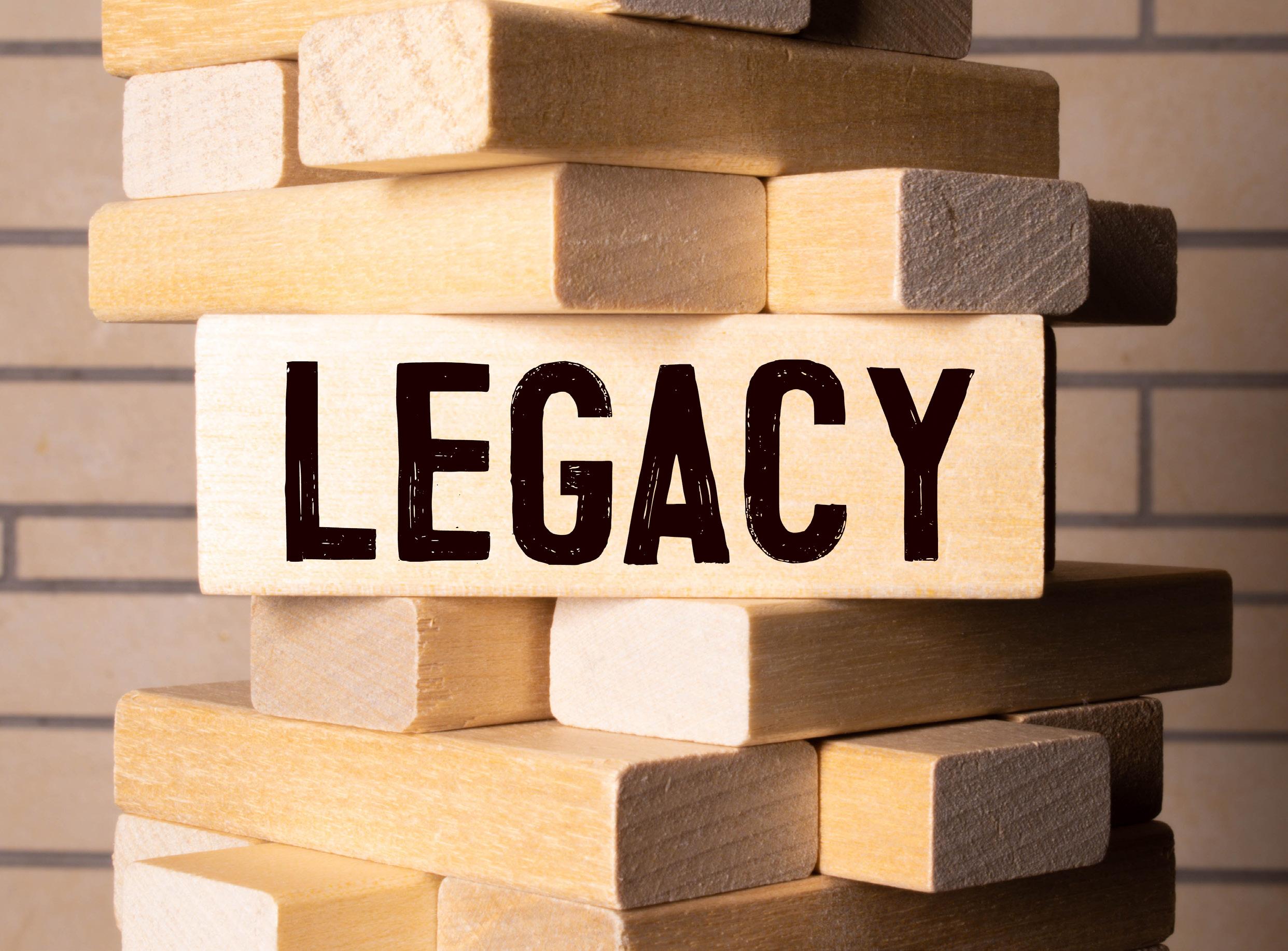
If you would like to see your hardearned resources continue your legacy of charitable contributions, planned giving can help you reach your goals.
Essentially, planned giving involves setting up the proper financial instruments to ensure that your money continues to support worthwhile causes long after you’re gone.
Tom Griffith, interim president and CEO of Central New York Community Foundation in Syracuse, said that planned giving is “key to our work,” as the organization receives contributions from private donors, manages them to
grow over time and then distributes funding to local charities to help them thrive.
Many people use planned giving “for tax purposes, making giving easier and leaving a legacy,” Griffith said. “For most planned gifts — there’s a future component, whether a gift that creates an income stream for the person and there’s a charitable gift when they pass away or whether a gift in someone’s will or trust or a beneficiary designation. All of these planned gifts connect with something that will last after the person is gone.”
Because donors can designate their
gift for specific causes or organizations, Griffith said that the diversity of those donating creates a wide array of local charities that benefit from planned giving. For the 97 years of the CNY Community Foundation, more than 900 funds have been created.
The foundation’s Five for CNY promotion is meant to encourage people to leave 5% of their assets to the foundation to invest in the community.
“If everyone did, it would be billions left to nonprofits over the next decades,” Griffith said. “It would be huge. Anybody can do it; it can be very easy.”

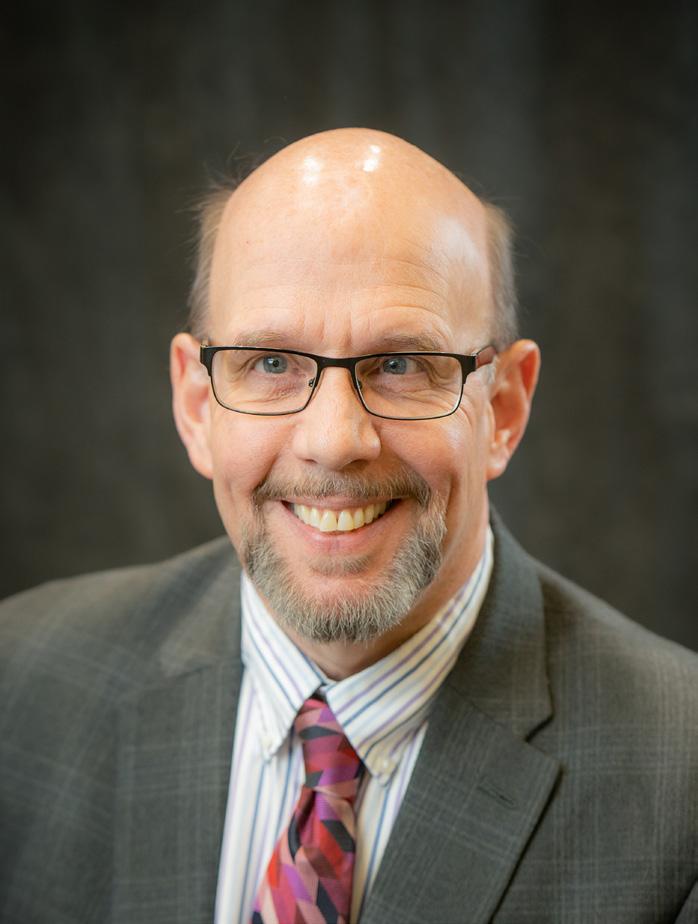
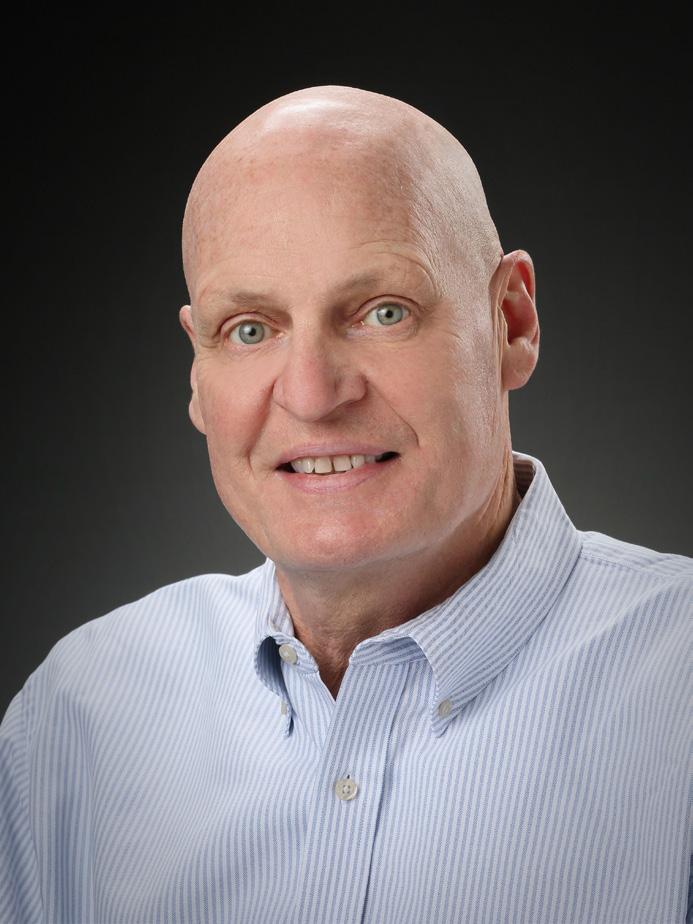
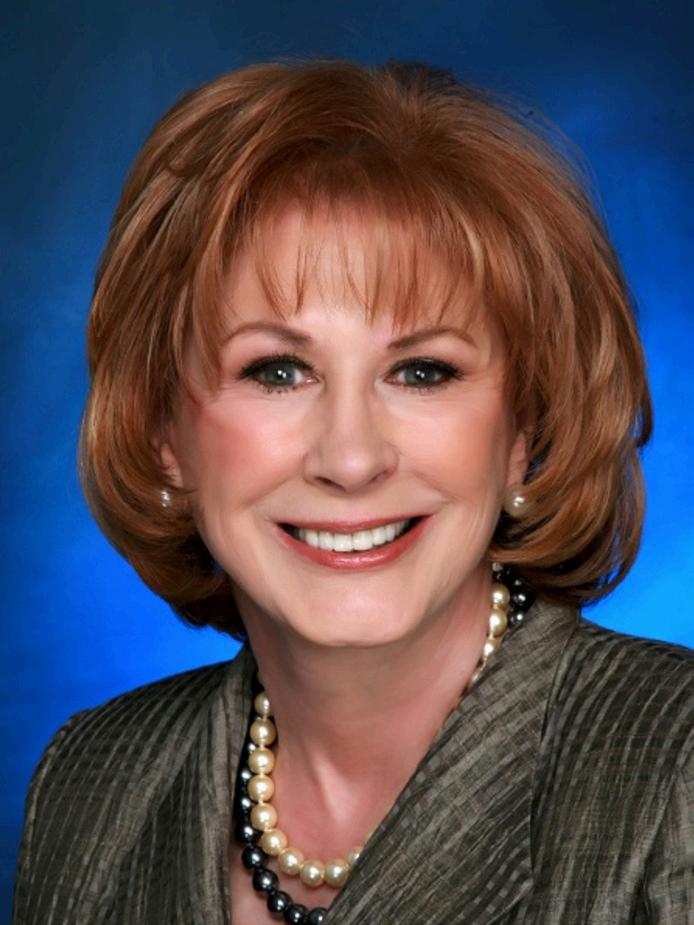
a priority.”
Planned giving can help people feel that their legacy will endure long after they’re gone.
“Planned giving is very useful when there are no beneficiaries — no children, no grandchildren and you don’t like your in-laws,” said Cynthia Scott, a chartered financial consultant and founder and president of OMC Financial Services, Ltd. in DeWitt. “It’s very useful.”
She explained that givers can choose the funds to become available to the charity of choice at the time of death, but the gift can last for much longer than a straightforward donation if the right financial instrument is used.
“You can set them up in an IRA and name a charity of your choice as the beneficiary it should go to,” Scott said. “When it’s an IRA, there’s no taxation.”
Scott said that the other way to leave a legacy is during one’s lifetime through an irrevocable or revocable trust. The latter leaves the money available for the giver to use until death when the fund goes to the charity.
“With irrevocable, you can’t access the money during your lifetime. However, the beneficiary can be an organization you’ve named,” Scott said.
Randy L. Zeigler, certified financial planner and private wealth adviser for Ameriprise Financial Services, LLC in Oswego, finds that many clients think planned giving is an all-or-nothing idea, where they must leave all of their assets to heirs or donate it all to charity.
“Consider taking a portion and leaving them in a planned gift to one or more charitable entities. There are a lot of methods to accomplish that,” he said.
Planned gifts “benefit us immensely,” said Tim Mahar, director of advancement at ARISE in Syracuse, Fulton and Oswego.
Designated gifts support whatever ARISE program or effort the donor indicates. Others are general gifts that can go toward wherever ARISE has the greatest need, such as on the organization’s therapeutic riding program, building accessibility ramps or funding clinicians in schools throughout the region.
Mahar said that gifts may be endowments that continue to grow over time and benefit a charity as they generate income.
“You want a certain level resting in the endowment so the principle is established and the interest you’re able to use for operations,” Mahar said. “Any predictable funding over a period of time helps you with all of that type of strategic planning. As a nonprofit, you’re really dependent on fundraising and that’s why it’s always
One way to make the gift last longer is to set up an endowment through the Central New York Community Foundation or similar organization.
“The best way to approach it is if a person doesn’t feel well versed is to talk with an attorney or financial adviser about goals and objectives and then the right planned giving instruments can be discovered,” Zeigler said. “Oftentimes, because goals are difficult for people to develop, they start with what instrument makes sense instead of the goal. If you start with the goal, you can come up with a solution that meets those goals.”
Tom Griffith is the interim president and CEO of Central New York Community Foundation. Tim Mahar is the director of advancement at ARISE. Randy L. Zeigler is a certified financial planner and private wealth adviser for Ameriprise Financial Services, LLC Cynthia Scott is a chartered financial consultant and founder and president of OMC Financial Services, Ltd.
Be that person.
It’s something that Ginny Donohue, founder and former executive director of On Point for College, encourages people to do — believing that those willing to share what they know and show others the ropes can make a difference.
“If you had that person, thank them. Please be that person for someone else,” she said.
This is one of Donohue’s core beliefs, which have been the foundation of her life. And the cornerstone of her work at On Point, an organization she founded in 1999 to help youth attain higher education and break down some of the obstacles that might hinder them.
According to On Point’s website, it helps young people through the application and admissions processes to graduation and beyond, offering support for those seeking college, graduate or professional degrees or other types of professional training.
Donohue retired from On Point for College in 2016. Her core beliefs also formed the crux of the message that she conveyed to the audience gathered for the December commencement ceremonies at SUNY Oswego, where she received an honorary doctorate degree.
At 37, and a young mother of two — Shanley and Adam — she enrolled at SUNY Oswego as a nontraditional student. She earned her
bachelor’s degree in accounting in 1988. She already had a degree in philosophy from LeMoyne College, that she earned in 1969 and a master’s in education from Syracuse University. The Hannibal resident is now 76 and as she joked, “I don’t make my age a secret. I’m proud of it.”
Donohue has become that person for thousands of youth through her work at On Point.
In 1991, her daughter, Shanley, asked her to help a friend apply and prepare for college. This request would set Donohue on a path that changed the whole trajectory of her life.
A former teacher in the Syracuse City School District and in Newburgh and a onetime president of the “Dollars for Scholars” in Hannibal, Donohue has always been a strong advocate of education.
“I feel like a college education gives people a voice in business, in government, in education, everything,” she explained.
After assisting one teen get into college, she said she was later approached by a couple of other teens, who asked her if she could help them. It grew from there and she began helping kids who were chronically homeless get into college. She would even sometimes buy their bedding, help pack their clothes, drive them to college, visit them midsemester and get them bus tickets home.
All this time, she was still working in the corporate world.


That would all change following a conversation with a young person she had helped. Donohue recalled that talk. This individual told Donohue, “’Because of you, I’m going to have my dream. You’re my friend and I want you to know what this feels like. What’s your dream? What’s your passion? If that’s not the life you’re living, what are you doing to change your life?’”
“It was like I’d been kicked by a horse,” she said.
So, in 1999, she left a high-ranking position in the corporate world and officially began On Point — her mission strengthened by her beliefs, the words from that one particular student about her passion and the support of her husband, John.
The organization will mark its 25th year this year.
When she told her husband that she was going to leave her job in order to help youth get into college,
She started visiting community centers with a rolling suitcase full of college guides and applications. Eventually, she would be offered free space at the Catholic Charities headquarters in Syracuse. They are currently located at 488 W. Onondaga St., with another office in Utica.
“My original dream was that I would find 1,000 kids who never thought they could ever go to college
and help them to go.
When I left it was 8,700,” she said.
The program, currently under the direction of Sam Rowser, who succeeded Donohue, is now in six area counties.
But On Point doesn’t just stop once the youth get into college. The program has volunteers that provide rides to and from school when needed; it helps pay applications fees when necessary and follows up with them to make sure they’ve other necessary resources and supplies. Once they have graduated, the program can even help them prepare for their entrance into the workforce with mentoring and interview coaching.
Of Rowser and herself, she said, “I think someone up there had bigger plans than we did.”
In carrying out those bigger plans, Donohue would call upon her other two core beliefs. One was asking for help.
There were many people who asked her what her Plan B was, she said.
“There was never ever a Plan B for me, not for one minute,” she said. “I always knew if I met an obstacle that was big enough that it might stop me, that there was someone out there that knew how I could get beyond it. I just had to figure out who was that person and I had to ask for help. You ask until you ask the right person at the right time in the right way.”
And the third belief is that wonderful events will occur when you’re on the right path.
“All these unbelievable, serendipitous things will start happening to you that propel you into the future,” she said. “I used to Donohue said his response was “‘If that’s what you have to do, that’s what you have to do.’”

come home and my husband would ask, ‘What’s the miracle of the day?’”
Donohue has been part of many miracles and has helped others realize theirs.
She told of a young man who had written her while he was in jail, asking her for help once he got out. She advised him to get his GED while he was incarcerated. Immediately upon his release and even before he went home, he stopped at Donohue’s office and told her that he had gotten his GED, but that it got lost in the mail. Donohue said they could order a copy for $15, but she soon realized that that fee was a stumbling block for this young man. When she told him that On Point would pay the $15, she said he burst into tears. She was not going to let $15 stand between him and his accomplishment.
Another was a miracle that began about 23 years ago and
continues today.
In the early 2000s, when Syracuse was becoming home to a large population of Sudanese, one of the Lost Boys of Sudan, Fidele Dhan, appeared at her office, referred by a volunteer with Catholic Charities. He told her he was supposed to start at the University at Buffalo in two days but lacked a place to stay and had very limited finances. She talked to one of her volunteers in the Syracuse area and in less than a day, they were able to find a priest in the Buffalo area who would allow the student to stay in his rectory for $200 a month.
Several years later, she received an email from a friend about an article in a Catholic magazine. The story told that when Dhan arrived at the rectory in Buffalo, the priest there had told him that his prayers had been answered. He explained that several years prior, he had been watching a television
program about “The Lost Boys of Sudan.” That program had featured a segment about the thousands of Sudanese boys who had fled their home villages in South Sudan, which had been attacked, burned and as part of the Sudanese civil war.
During the story, the television camera focused on one young boy who just stared into the lens. The priest told Dhan that he had prayed for that little guy every day for eight years. Dhan asked if, by chance, the priest had taped the program, which he had. When he showed Dhan the tape, he told the priest that that little guy was him.
Since then, with funding and support from several organizations and some grassroots efforts from various youth groups from the Buffalo area that were inspired by Dhan’s story, he has been able to build a sevenroom health clinic in his home village
called the South Sudan Villages Clinic.
Donohue has helped Fidele secure monies and since opening in 2019, she said, the clinic has had 56,000 patient visits there.
That all these events played out the way they did, Donohue said that there was a higher power at work.
Anyone who knows Donohue knew she’d stay active even after she retired from On Point.
She said she maintains contact with many of those who have gone through the On Point program.
“There isn’t a single day in my life that I don’t communicate with one of the kids — Facebook, texting — even now,” she said.
When one former On Point student and his wife were preparing to welcome a baby into the world, Donohue was at the hospital and the couple even gave their daughter a name that is a derivative of Ginny.
While she continues to help Dhan with the clinic, she said that a few years ago, she found another passion.
“I learned, at the age of 72, that I’m a landscape artist. I absolutely love painting,” she joked. Her son-in-law got her started at a paint-and-sip event and then she followed along with some tutorials from Bob Ross, who hosted The Joy of Painting television programs on PBS; and she learns online.
“I get such a sense of peace whenever I paint,” she said. And that peace appears to come through in her art, with tranquil yet majestic landscapes, rich in detail and texture.
And twice a year, she gets behind the wheel of the couple’s RV and she and John make two long trips — south in the winter and west in the fall. They’ve made several trips across the United States as well as Nova Scotia.
Donohue’s honorary doctorate from SUNY Oswego is the latest in a long list of acknowledgements.
According to On Point for College’s website, in 2015 she had been nominated by SUNY Oswego and was recognized by the Association of Advance Collegiate Schools of Business as an influential leader who “embodies how one person can help

change the world.”
On Point and SUNY Oswego also collaborated to secure federal funding as partners in a 2015 $2.8 million First in the World Grant to improve college attainment in Central New York. In 2013, the organization’s leadership met with then-President Barack Obama in recognition on the work it had done in advance higher education in Central New York. In addition, Donohue has received awards such as Syracuse University’s Martin Luther King Unsung Hero Award, Purpose Prize Fellow, Daily Point of Light from George H. W. Bush, Traditional Woman “Classic Woman Award,” Post-Standard Achievement Award and Ben and Jerry’s “Citizen Cool” Award.
All the awards further underscore that she has been that person for thousands and has paid it forward countless times. Yet, she sees herself as the beneficiary.
“It’s brought me more joy, more love than any one person has a right to,” she said.
Making college dreams a reality for thousands of Central New York students for 25 years!
Learn more or help make a difference at onpointforcollege.org or

In financial planning circles, “probate” sounds like a dirty word.
Avoiding probate “is very important, as otherwise, it’s published as to what your assets are,” said Cynthia Scott, who has comprehensive financial planning certification, and is founder and president of OMC Financial Services, Ltd. in DeWitt. “To prevent this, you have to take measures, so people don’t have access to that information.”
If your privacy is important, avoiding probate can help keep your financial information private.
In addition, Scott counts a timely distribution of assets as another important reason for avoiding probate. Otherwise, the funds remain out of reach to beneficiaries as they go through the court system — a process that can take seven months. One way to avoid this is to use the right designation on accounts.
“What you need to do is if you have a single account with a broker or bank, put on it a ‘payable at death’ beneficiary,” Scott said. “If you make it a joint account, if something happens to them, it becomes part of their estate and is available to creditors.
We do that all the time with single accounts. It goes directly to your heir, so everything is done seamlessly.”
She added that the other way to avoid probate is to use a revocable or irrevocable trust. Each of these instruments names a beneficiary. Any donations to charity also avoid probate.
“If you have an IRA and you put down a charity and a beneficiary, the beneficiary won’t have to have the money go to probate,” Scott said.
Unfortunately, many people erroneously believe that simply making out a will that states their wishes eliminates the possibility that their assets will go through the probate process upon their death.
“Assets that are left to an estate are subject to probate,” said Randy L. Zeigler, certified financial planner and private wealth adviser for Ameriprise Financial Services, LLC in Oswego.
“A will stipulates to the state of New York the wishes of the person, but the process of completing those assets through the direction of the will is the probate process.”
He advises people to use beneficiaries on their accounts if they
wish to avoid the probate process. Trusts and ownership structures can also help avoid assets going through probate.
“Sometimes vehicles or collectibles are difficult because they don’t have titles,” Zeigler said.
Selling or giving an item to an heir before death can help ensure they don’t go through the probate process because the ownership of the item has already transferred.
But Zeigler said that real estate typically goes through the process when the widow or widower dies. For example, if a property is jointly owned and both owners die, the property will go through the probate process unless it has already been transferred to an heir before the death of the second spouse.
Although probate is generally viewed as negative, Zeigler said that it does help ensure fairness in the process of passing along assets after death. It can also help the estate pay any outstanding bills and “ensure the deceased person’s wishes are honored.”


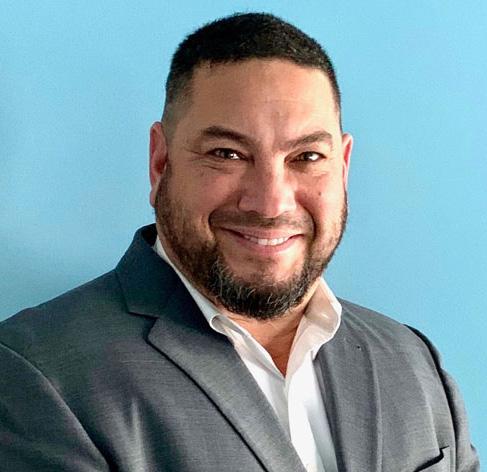




After a career as software engineer, a carpenter and a math teacher, Auburn resident finds joy in running a balloon business — he has piloted more than 2,000 flights so far
By Joe SarnicolaDave Longeill, of Auburn, has worked as a software engineer, a carpenter and a math teacher, as well as being the licensed pilot and owner of Fingerlakes Ballooning.
He grew up in Elmont, on Long Island, site of the Belmont Stakes horse race and the home of the New York Islanders hockey team. After graduating from high school, he attended SUNY Oswego.
“I was a hippie back then,” he said. “So I got an art degree.”
Longeill gained more than an art
degree at Oswego, because he met a young woman named Jody, who became his wife.
When he was in his early 40s, he went back to school to get a degree in computer science.
“I thought I was being practical this time. I made money as a software engineer, but I didn’t like the job,” he said.
When he was studying for his computer science degree, a couple of his professors recognized his gift for math and suggested he pursue that field.
“So, in my 50s I went to grad school at Syracuse University as a math education major,” he said.
He was surprised to discover that working as a teaching assistant while attending SU paid for his education.
“I have always loved all kinds of math, but geometry is my favorite. My math degree led to a position at Cayuga Community College, where I taught from 2008 until I retired in 2016,” he said.
Longeill combined his math skills with his woodworking expertise when he built a gazebo behind his
current home.
“I had built one where we used to live in Red Creek and my wife asked me to build one here,” he said.
He put off that project until he helped a friend remodel a camp on Moon Beach in Oswego, which reminded him how much he enjoyed working with wood.
Gazebo kits can be purchased from home improvement stores, but that was not what Longeill had in mind.
After designing the gazebo, he created templates for some of the numerous parts, scale models of others and he built jigs and other custom tools to allow him to make multiple parts of exact size and he cut each of the hundreds of shingles by hand. He would plan during the winter and work once the weather permitted. He had a trench dug for the footers, but he did most of the work himself, with the occasional help of a couple carpenter friends as needed.
“The gazebo took me a long time to build because I spent a long time planning it,” he said.
People have asked him if he built the gazebo from a kit and he likes to tell them he did, but only after he built the kit himself.
In addition to working on projects firmly connected to the ground, Longeill has a love of flying.
“My wife, Jody, and I first saw hot air balloons at the Jamesville Balloon Festival in 1981. We then decided, before we even went for a ride, that I should buy one. A year later I had a pilot’s license, and I flew my own balloon at the 1982 Jamesville Balloon Festival,” he said.
His history with balloons is now older than that of the Jamesville Balloon Festival, which started in 1980, but closed in 2019.
Although Longeill makes it sound like obtaining a balloon pilot license was a simple process, the FAA requires 10 hours of flight training for prospective pilots which must include six supervised flights, one controlled flight to 2,000 feet above takeoff point, two 60-minute flights and one solo flight, plus they must pass a written FAA practical knowledge test, and pass an oral exam given by an FAA inspector or a designated flight examiner.
And that is just for a private pilot’s license. Commercial pilot’s licenses require 35 flight hours, including one



to 3,000 feet above takeoff point, plus the passage of a more advanced oral exam.
Longeill trained under Jim Griswold, of Albany, a man who has a family history of ballooning. He was one of the co-founders of the Jamesville Balloon Festival and he has passed his passion for ballooning on to his sons, Peter and Scott. On the company website, aboveallballooning. com, Scott wrote a paragraph similar to that of Longeill’s first encounter with ballooning:
“The Griswold family has been in the ballooning business for 40 years. Since I was born, I have grown up around hot air balloons. Whether it is crewing, chasing, piloting or just spectating, I have witnessed many amazing aspects and the growth of the sport. My father and mother went for a balloon ride before I was born. When they landed, my father asked where he could buy one so he could learn how to fly.”
He mentioned “chasing.” The balloon chasers are the people on the ground who literally follow the flight of the balloon, so they can meet the pilot and passengers after landing.
In order for a pilot to be able to safely launch a balloon, the weather must be just right, so that winds are not too strong and there are no storms in the forecast. Flights typically start one or two hours before sunset, when the winds are calmer. Passengers are advised to wear comfortable clothing and shoes and be prepared to stand for the flight, which could last up to an hour and to bring a camera and be prepared to have fun.
Since his first flight more than 40 years ago, Longeill has piloted more than 2,000 flights and he has trained five of his previous passengers to become pilots able to fly their own balloons. He doesn’t build gazebos for anyone but himself, but information about booking a balloon flight with him can be found on Facebook at Fingerlakes Ballooning.
Longeill reflected on his life of flying, after recently buying a new balloon that had to pass rigorous testing before being allowed to fly and carry passengers.
“In my mind that commits me to 10 to 12 more years of flying. I don’t think I’ll ever get tired of it,” he said.
Dave Longeill’s crew getting ready to launch a hot air balloon.
“The kid with the guitar” was how many people who grew up with lifelong Syracusan Gary Frenay remember him.
A gift from his mother after Frenay became obsessed with the Beatles (and honestly, who wasn’t?), the guitar and the accompanying love for music stuck with Frenay for life.
At age 71, on March 8 he won a SAMMY award with the group he founded, The Flashcubes, for Best Rock Album for “Pop Masters.”
“We got to go up on stage and make a speech, basically crowing about our age and that we’re the same four guys and still playing together since the 70s,” Frenay said.
His band mates are contemporaries: guitarists Paul Armstrong and Arty Lenin and drummer Tommy Allen. Frenay plays bass in the group.
“It’s remarkable because of our age, that’ were being considered from among people half our ages,” he said. “We’re the same four guys who started playing together in 1977 and we’re all still friends.”
With a great-grandmother who was a concert pianist and siblings who also played instruments, music is part of Frenay’s heritage and family. He became a professional, full-time musician in 1982 at the age of 29. A lot has changed since then, including the medium, transitioning from records to cassettes to CDs and now streaming.
“The attention span of people has changed,” Frenay said. “You say it about all the arts, but it’s a TikTok world. We’ve shortened our
He has made music professionally for more than four decades — and just won a SAMMY award at age 71By Deborah Jeanne Sergeant
attention span, but we also have so many choices. When I was starting out, there were hundreds of people turning out for the club scene because that’s all there was to do. Now people can sit home and stream TV and video games.”
Before the pandemic — which Frenay said “retired” him from playing at clubs — The Flashcubes played 150 gigs a year. Now it’s more like 30 to 40. Most of these gigs are at restaurants or parties. These days, Frenay focuses more on recordings.
In addition to rock, pop and oldies — his current genres — he has also played acoustic guitar with folk and has played standards in a vocal jazz trio.
When The Flashcubes started, they opened for The Ramones, U2, Pat Benatar and other big names in the industry.
“We were considered a power pop band and new wave band,” Frenay said.
Although others he has known in the music industry “made it big” in New York City, Nashville or Los Angeles, he doesn’t regret he stuck with Syracuse.
This year, he another band mate will form The Half Cubes to release a few singles. Frenay is also working on a new solo album.
If all this seems ambitious for a septuagenarian, it’s not for Frenay. He’s a prolific songwriter who has always expressed himself musically. He views his songs as a musical journal of his life, such as love songs
chronicling his relationship with his wife, Jackie Lewis-Frenay, who recently retired from Syracuse University’s International Programs Office.
Their children, Nicholas and Robert, followed in their dad’s footsteps of working creatively. Nicholas is a professional musician and Robert is a filmmaker.
A new revenue stream for Frenay has been selling songs for use in television shows and films. Frenay said that currently, 400 episode TV shows are in production and many of these have settings in the ‘70s and ‘80s.
“They want music that sounds like that time,” he said. “They get our music for $4,000, not $40,000 for U2.”
The band also receives royalties for the songs when episodes are streamed.
“That’s been a great, late-in-life bonus,” Frenay said.
The Flashcubes’ songs have been part of shows like Young Sheldon, Slenderman and Firefly Lane.
Streaming songs, however, hasn’t been nearly as lucrative.
“I think the average public doesn’t know how little you make streaming,” Frenay said. “The amount I make on Spotify is less than a buck. The whole business model when you sold CDs there was a chunk of money. Now it’s pennies.”
Still, Frenay wouldn’t continue making music if he didn’t love it. He even manages his own career.
“It’s rewarding if it’s something you love,” he said.

Summer is still weeks away, but the CNY area offers plenty of fun things to do and places to go with your grandchildren while the weather’s still cold.
Check out the Children’s Museum of Oswego for interactive exhibits, hands-on activities and special events tailored to children through age 12. The museum offers sensory-friendly hours. Adults $10; children $11; children younger than 1 and members, free.
More info: www.cmoo.org
Milton J. Rubenstein Museum of Science & Technology, aka “The MOST,” in Syracuse. The numerous interactive exhibits involve children in learning about the science and technology that intersects with their daily lives. Tickets for adults are $12; youth 2-15, $12; children 2 and younger, free; EBT (electronic benefit transfer) adult $2; ETB youth 2-15 and seniors 65-plus $1; veterans, active military, NYS pre-K-12 teachers, first responders, free with ID; personal aides, free; college students, employees of nonprofits, discount with ID.
More info: www.most.org
Although a glass museum, Corning Museum of Glass in Corning offers many hands-on activities for kids to dig into and learn about glassmaking, such as the Make Your Own Glass experience, with seasonal objects to create. The hands-on exhibits and technology displays also capture the attention of inquisitive children. In addition, Corning Glass offers hot glassmaking demonstrations and the world’s largest display of glass, both historic and contemporary. Adults $22; AAA/CAA, military, college student, and 62+ receive a 15% discount ($18.70); Children 17 and younger, free.
More info: www.cmog.org
You may think of the Rosamond Gifford Zoo in Syracuse as a summertime outing; however, it is open year-round with thinner crowds during the late winter and early spring. Check the zoo website for special events that may interest your grandchildren.
Adults $9; youth 3-17 $5; children 2 and younger, seniors 62+ $5; veterans and active military free.
More info: www.rosamondgiffordzoo.org


Ward W. O’Hara Agricultural and Country Living Museum in Auburn is home to artifacts of rural and agricultural living in the mid-1900s. Check the website for the museum’s calendar of events such as special presentations. Admission is free.
More info: https:// wardwoharaagriculturalmuseum. org
Harriet Tubman Home offers a glimpse into the life and home of one of the most remarkable women in history. Check the website for hours and to book an appointment-only tour.
More info: www.harriettubmanhome.com
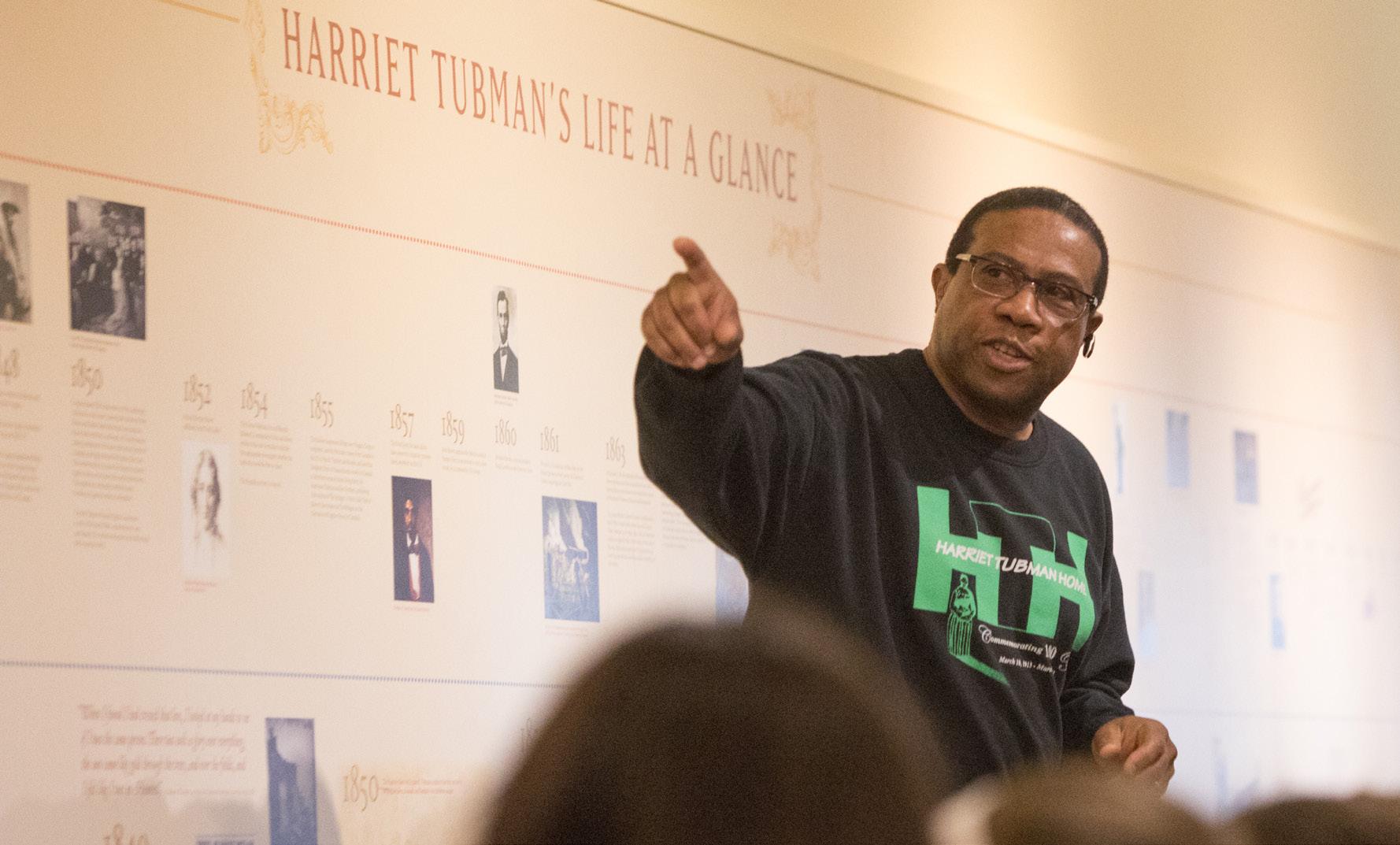 Ward W. O’Hara Agricultural and Country Living Museum
Ward W. O’Hara Agricultural and Country Living Museum

The Fairgrounds in Syracuse are more than just for the 15 days of the fair at the end of summer. Check out the events page of the fair website to see what’s going on year-round. From animal competitions to car shows to collector events, the Fairgrounds offer new events each week, many of which are kid-friendly and with low admission.
More info: https://nysfairgrounds.ny.gov
The Everson Museum of Art in Syracuse offers children’s programming, along with plenty of modern and contemporary art to see with a regular admission. The permanent collection includes 11,000 works: paintings, ceramics, sculpture, videos, photographs, works on paper and decorative arts. The museum’s core collections include ceramics and video art. Adults $14; seniors 65+ $10; children 6-12 $5; EBT $2; Everson members, children 5 and younger and military with ID free. Wednesdays and every third Thursday, pay what you wish.
More info: https://everson.org/visit
If you want get out all day without going outside a lot, head over to Destiny USA in Syracuse . With a 5 Wits escape room, Billy Beez playground for smaller children, Amazing Mirror Maze, Glowgolf, Lasertag, Wonderworks, Zero Latency virtual adventure and more, you’ll find stuff to keep tots through teens busy all day. Oh, and you could also go shopping.
More info:
www.destinyusa.com

These flicks have stood the test of time and still speak to young people todayBy Deborah Jeanne Sergeant
Whether you stream or — gasp! — pull out an old-fashioned DVD or Blu-ray, it’s a great time to watch a few classics with your grandchildren. Grab the popcorn and snuggle up under a blanket.
You Can’t Take It With You (1938, Jean Arthur and Jimmy Stewart).
Directed by Frank Capra of "It’s a Wonderful Life" fame (and with the same leading man), Stewart stars as Tony Kirby, a well-to-do banker’s son who falls for Alice (Jean Arthur). Alice and her freewheeling, eccentric family don’t care about prestige or money but instead choose to do only things they enjoy. The family lives in the only house impeding a big real estate deal for the Kirby enterprise. Once the dots are connected, mayhem ensues. "You Can’t Take It With You" offers a lot of light-hearted hijinks grounded by an evergreen message:
the only thing you can take with you from this life is the love of your friends.
The Sound of Music (1965, Julie Andrews).
The music, cinematography and story are all worthy of sharing with the youngsters, even if they “don’t like musicals” or mushy stuff. Sister Maria (Julie Andrews) is assigned by her nunnery to care for a widowed man’s seven children on his Austrian estate during the encroachment of the Nazis. Love ensues between the two, but also the need to decide to acquiesce to the Nazis or risk everything by fleeing. Discuss with your grandchildren about both the history of the rise of the Nazis in Europe as well as the film’s themes of family, love and belonging.
Chitty Chitty Bang Bang (1968, Dick VanDyke).
Full of memorable tunes, fanciful adventures and silly romps, "Chitty
Chitty Bang Bang" also includes some important themes in life, such as the importance of family sticking together as well as opening one’s heart again after loss. VanDyke stars as a mostly unsuccessful inventor and widower who’s struggling to rear two schoolaged children with his somewhat dotty father. Note to your grandchildren how the entire family accepts one another’s struggles, such as the father’s dubious inventions and the grandfather’s wanderings, both mental and physical.
Willy Wonka & the Chocolate Factory (1971, Gene Wilder)
Willy Wonka & the Chocolate Factory (1971, Gene Wilder). Based on the Roald Dahl book, Charlie Bucket (Peter Ostrum) is a poor boy who has the chance of a lifetime to visit the mysterious Wonka Candy factory and win a yet-unknown, amazing prize. Wilder delights as the offbeat and occasionally crusty Wonka who stages the entire “contest” as a means to screen his successor. The film delivers a sense of wonder, both at the joy of winning the golden ticket, but also of the fantastic Wonka world. Compare this Wonka with Charlie and the Chocolate Factory (2005, Johnny Depp) and discuss with your grandchildren the parts of the films that are different, and which are the same. The 2023 Wonka (Timothee Chalamet) offers a prequel to either the Wilder or Depp movies and tells how Willie Wonka became the world-renowned chocolate maker. The most recent Wonka could foster discussions about becoming more discerning as one grows up and the importance of friendship.
The Princess Bride (1987, Robin Wright and Carey Elwes).
A good movie for both boys and girls, "The Princess Bride" serves up plenty of swashbuckling adventure, a revenge subplot, fantasy elements, goofy humor and romance. Buttercup (Wright) falls for her father’s farm boy, Westley (Elwes), who proves that cutthroat pirates, a snobby prince, even death cannot stop true love. The movie can spark some good conversations about the importance of loyalty.

hen you enter my apartment, you proceed down a long hallway, with waist-high maple bookshelves topped with a blackpainted shelf. Atop that shelf is an eclectic collection of artifacts.
Some days, I see it as clutter that needs to be dusted, but thanks to a recent visitor, I’ve come to think of it by a different name.
One day, a delivery driver was bringing his cargo down the hall and stopped in wonder. “This is awesome,” he said. “It’s like a little museum.”
Thus I came to think of my shelf as “The Mini Museum of Me.”
There’s a crystal candy dish made in Poland. Inside are Polish wooden nesting eggs, hand-painted with little flowers, attesting to my Polish heritage. A whimsical lamp in the shape of a crow is named Edgar (after Poe), an exhibit of my love of reading and writing mystery fiction.
Edgar has another meaning in my tiny museum. The Reed coat of arms features three crows and so does the coat of arms of Corneilhan, our village in France (its name comes from la corneille, the French word for crow). Edgar signifies my late husband’s family and the dream retirement we two enjoyed in France.
Another exhibit of my love of France and of my family is a hefty bronze inkwell in the shape of Sacré Couer (Sacred Heart) Cathedral in Paris. My father carried it home from his service as an ambulance driver in World War II, along with a tiny cast iron replica of the Eiffel Tower, next to it on the shelf. As a child I played with them both, dreaming of someday going to France.
I dreamed of Italy when I picked up a plaster replica of Michelangelo’s Pieta at the 1964 World’s Fair in New York City. Three years later the dream
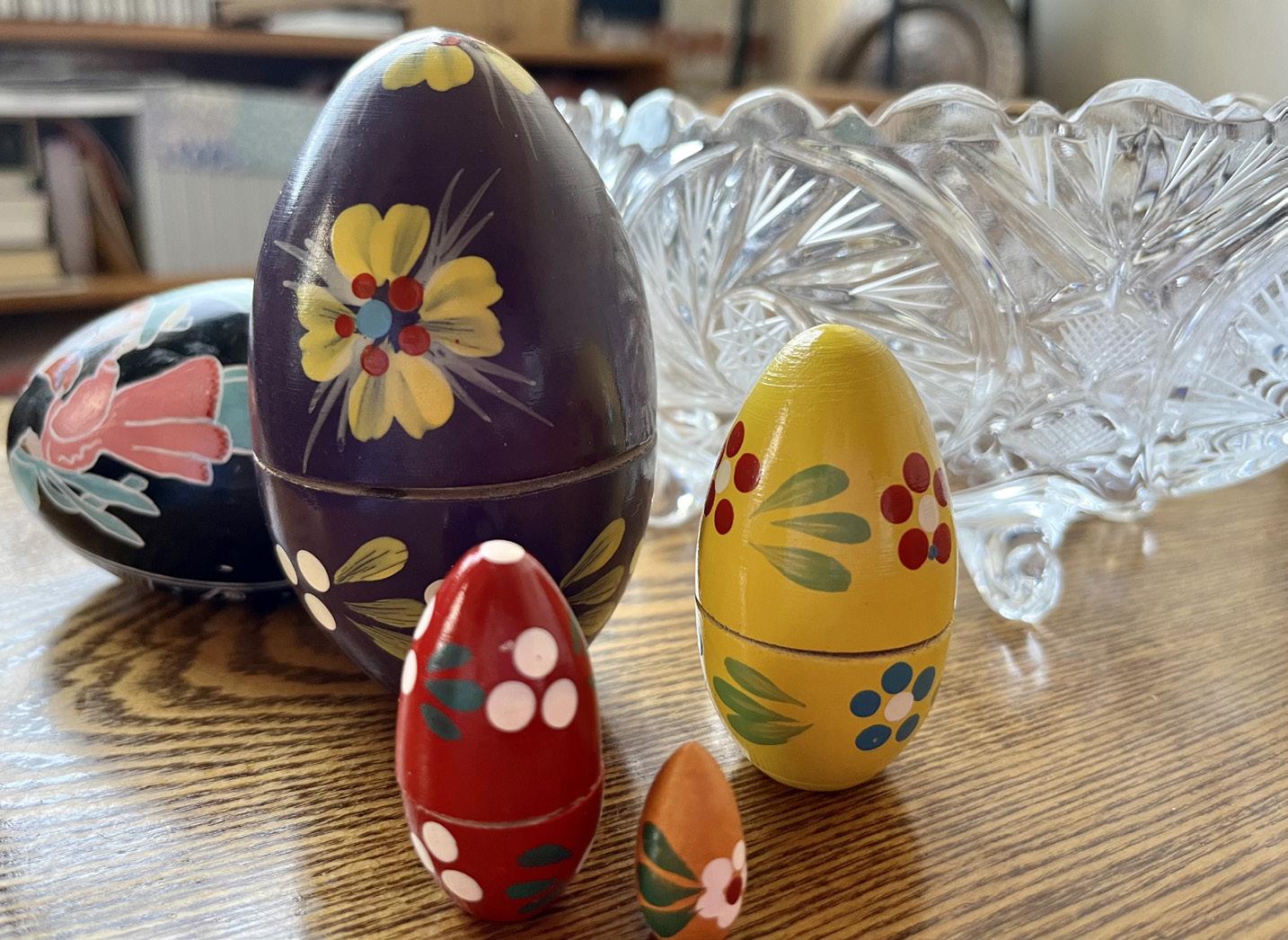
 A crystal bowl and wooden nesting eggs exhibit the author’s Polish heritage.
A crystal bowl and wooden nesting eggs exhibit the author’s Polish heritage.
came true on a high school trip that included a stop at the Vatican to see the real thing.
Gifts from Bill remind me of our life together, including a dozen crystal animals, a Japanese cast iron teapot with a sculpture of a laughing Buddha on top and a hand-blown glass vase.
A covered wooden bowl ends the display by the door, holding my keys. It was made by a friend using wood from a black walnut tree that stood near our home. My husband and I planted the tiny sapling, no bigger than a pencil, the year we built our house. It grew to be a massive tree and for nearly four decades our family enjoyed its shade, climbed it, and swung from swings and hammocks hung from its branches — before a storm split it in two. The bowl is a tangible symbol of our family and the home we shared.
The metaphor of the museum resonates with me because of our family’s lifelong love of museums.
Every family vacation featured visits to that city’s museums, from the Metropolitan and the Museum of Modern Art in New York to the American Jazz Museum in Kansas City
to the Smithsonian in Washington, DC. The Corvette Museum in Indiana, the SafeHouse, a spy-themed restaurant and museum in Milwaukee and Toronto’s Bata Shoe Museum are quirky favorites. Toronto’s magnificent Royal Ontario Museum, with a 50-year family history, from “date nights” with my husband in our graduate school days (Free Tuesdays and dinner in the museum cafeteria) to family visits when our son was at university there, will always hold a place in our hearts.
But you don’t need to go far afield to find wonderful museums worth a visit. Central New York is home to a plethora of interesting collections, everything from Oswego’s Children’s Museum to Syracuse’s Everson Museum of Art.
Explore history at the Erie Canal Museum in Syracuse, the Safe Haven Holocaust Refugee Shelter Museum and H. Lee White Marine Museum, both in Oswego, and the CNY Living History Center in Cortland.
The Skä•noñh or Great Law of Peace Center in Liverpool is a Haudenosaunee (Iroquois) Cultural Center. It tells the story of Central New

York’s native peoples, focusing on the Onondaga Nation.
Get scientific at Ithaca’s Sciencecenter or Syracuse’s Museum of Science and Technology or see craftsmen working with hot glass and explore the history of the substance at Corning’s Museum of Glass.
And if all that sounds too serious, take a trip on the Yellow Brick Road with a visit to the All Things Oz Museum in Chittenango, the birthplace of L. Frank Baum.
And what better time to show our local museums some love than on International Museum Day, Saturday, May 18. Many museums have special events. Check with your favorites to find out. And don’t forget to bring a child or two to foster a love of learning.
If getting out and about is difficult for you, why not explore online? Many museums have programs where you can enjoy the collections virtually.
Whether you go out and explore our local museums or create your own “mini museum of me,” enjoy the fun and learning museums provide.

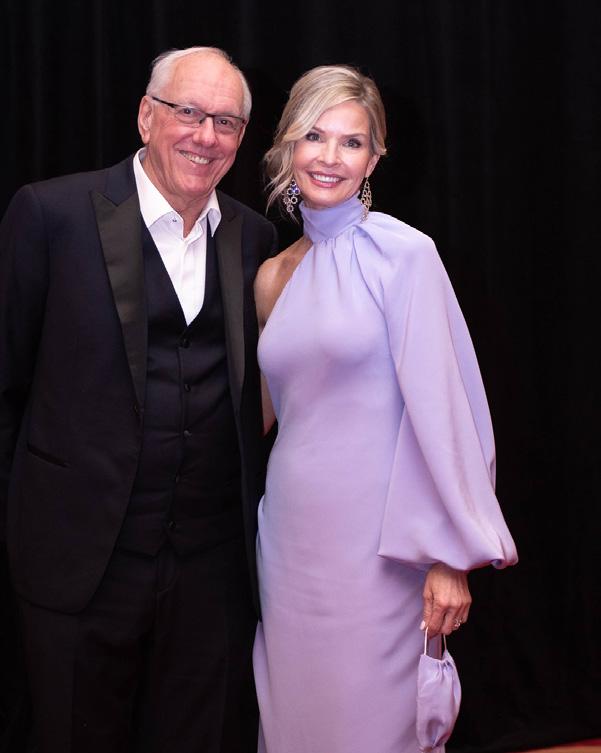




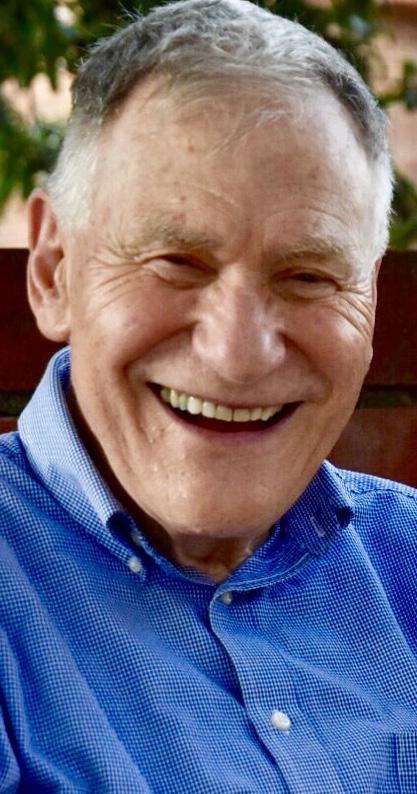
Iwas wondering what day it was. So I checked my calendar. I suddenly realized that Jan. 19, 2014, was the saddest day of my life. My wife, Pat, passed away on that day. I just want to write this article to say how sad I have been ever since that event. I grieve about her loss every day. I know that this is true for everyone in my family. We miss her.
Pat was a remarkable person. She did sewing, quilting, cooking and she took care of our three children and me. She also was an active member of the Sewing Guild, a docent at the Erie Canal Museum and a volunteer tax consultant for AARP.
These were the days of the women’s liberation movement and men of my generation expected our wife to stay at home and attend to the family and do domestic chores. Then, I became liberated. I realized that Pat deserved a life outside the home. I encouraged her to go to graduate school at Syracuse University and she earned a master’s degree in mathematics. She chose not to go on to a Ph.D., but decided that she wanted to spend her efforts taking care of the family instead.
Her reply was, “How about the rest of the years!”
I told a friend that I was once a chauvinistic pig until I saw the light. Pat’s response was, “Yes, now he’s just a pig!”
Besides all of her talents, Pat was a caring, generous, intelligent and beautiful woman. I loved her madly and she made me what I am today. We worked together in the Bio 121-123 course. I had a lot of innovative ideas
Even when she was terminally ill, she never complained. She was always thinking of the welfare of others.
Three events stay fixed in my mind. When she went to hospice, the director of Francis House said to me, “She’s not going to get better.” That remark was my first realization that she was going to die. I just thought she would be in hospice for a few days and that she would then come home. At that moment, reality struck me.
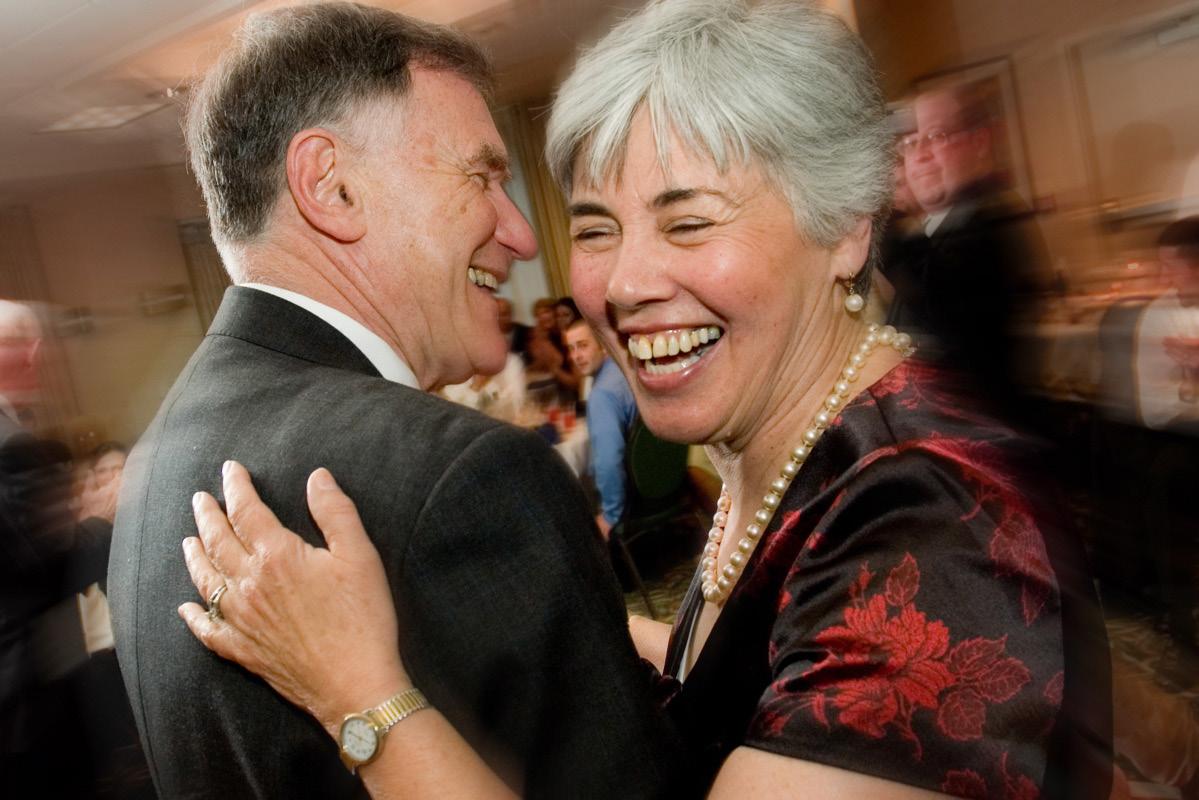
about teaching and she did the work and made these ideas a reality, while I got the credit.
I apologized to Pat for my chauvinism. I told her, “I’m sorry that I was so thoughtless about you for the past 16 years of our marriage.”
Pat never wanted the glory that I jokingly sought. She related to everyone and was always available to help others. She never complained about her life. Indeed, she once said to me, “If I measured my life on a scale from one to 10, 10 being the best, my life was a 10.” I jokingly replied, “Mine was a six.”
The second event was when she was almost gone and I was standing next to her bed in Francis House. She said, “Marvin, please help me!” These words ring in my head constantly. There was nothing I could do to help her. I grabbed her shoulders and tried to squeeze life into her. It didn’t work.
My third vivid memory was her final words to me. Just before she stopped breathing, she said, “Marvin, shut up!” This final remark was typical of our laughing, joking relationship.
Long before she became ill with stage four lung cancer, we talked about what would happen if one of us passed away. We agreed that the survivor should find someone else to share life with and continue to live happily. Soon after Pat’s death, my granddaughter enrolled me in an on-line dating

service. She said, “Grandpa, I’m not going to lie about you, but I’ll make you marketable.” Many women who wanted to meet me suddenly appeared on my computer screen. I went into a shark frenzy and I dated seven women at the same time. Number seven was known as “double-O-seven” and I was known as “James.” (a la James Bond). Life became very complicated, but every woman that I dated was kind and caring, but lonely. I once called double-O-seven.
“Do you want to go to a movie with me Friday night?” I asked. She replied, “I can’t make it. Why don’t you ask number four?”
On another occasion, I was with one of my dates and I met a friend on the street. I wanted to introduce my date to him, but I forgot her name.
I established many memorials to Pat through donations. We have a bench and a tree on the main campus at Syracuse University. There is a plaque in the Orange Grove on campus dedicated to her. There is also a bench at Jowonio School on East Genesee Street with her name on it and there is a plaque on the ground at Petit Library dedicated to her.
The most significant memorial to Pat is the renovated Holden Observatory at Syracuse University. Holden Observatory is the second oldest building at Syracuse University, second to the Hall of Languages. It was built in 1887 and moved to its current site by a construction company in 1991. There is an Alvin Clark telescope in the dome of the building. Holden Observatory was built for teaching and research purposes in honor of Charles Demerest Holden, a student
I established many memorials to Pat through donations. We have a bench and a tree on the main campus at Syracuse University. There is a plaque in the Orange Grove on campus dedicated to her. There is also a bench at Jowonio School on East Genesee Street with her name on it and there is a plaque on the ground at Petit Library dedicated to her. The most significant memorial is the renovated Holden Observatory at Syracuse University.
at SU, who died of a heart ailment. For many years, the building was used as an office for various programs. It was the home site for the Senate recorder office and later for the university cartographer. Pat loved astronomy and even took a course in astronomy taught by Gunter Wessel. As part of Pat’s legacy, I decided to give a donation to restore Holden to its original purpose of teaching. It was one of the best things I ever did. The restoration is known as the Patricia Meyers Druger Astronomy Learning Center. The building is now used as a site for teaching astronomy classes.
When you enter the building, there is a beautiful photo of Pat. On the left of the photo, there is a description of her activities at SU. After working with me in the Biology 121-123 course for many years, she became an administrator in the writing program. One the right of her photo is a poem that I wrote in her honor.
Day lilies live one day. Here is the poem I wrote: The Yellow Day Lily
The yellow flower was beautiful, It sparkled in the sun, I put it in a vase To be seen by everyone.
I told my wife the flower Was as beautiful as she, They both had special features That brought happiness to me.
The next day the flower was gone, It lay upon the floor, It now was shrunken orange
And its yellow was no more.
It was here for just an instant, But then it went away, I wish this lovely lily
Could have stayed
Just One More Day.
There is also a photo of Pat and me inside Holden. This one has the caption, “Marvin and Patricia Druger who loved, laughed and traveled together for almost 60 years.”
The photo was to demonstrate to students that you don’t have to get divorced after a few years, but it’s possible to have a loving relationship for a long time.
Eventually, I met an attractive woman in Wegman’s who laughed at my jokes. We have been dating for more than nine years. We have traveled together, attended many concerts and events, had many meals together, have shared mutual interests and have developed an affection for each other. We have had many adventures that, otherwise, would not have happened. At my old age, I was lucky to find a lovely companion with whom to experience life.
But life will never be the same. I can’t erase almost 60 years of a wonderful relationship with Pat. I am proud of myself for devoting myself to Pat’s needs for the last three years of her life. I have no regrets, just permanent memories of her life well-lived. I am thankful for our life together. Everyone should be as lucky as me.
Q: How long have you been the executive director of Redhouse Arts Center?
A: Coming up on one year.
Q: Can you give our readers an overview of Redhouse?
A: Redhouse is far more than just a theater. Redhouse formed in 2004, over the past 20 years has added in robust programming for youth. We have partnerships with the Syracuse City School District and many outlying school district areas. We also have educational programming with Arc of Onondaga. All told, we bring about 15,000 people through our doors each year. In addition to our five main stage productions, we have about 40 youth programs that also some are held onsite in the theater and some are held out in the in the community.
Q: Can you share with us a little of your background?
A: I started in the theater in New York City back in the early ‘80s and pursued a career in theater for a good 15 some odd years, then moved into nonprofit event production. The last 15 years, I was the executive director for the American Heart Association in Central New York. Then when this position opened up, it was a natural fit for all of the theatrical experience I’ve had in the past in addition to running nonprofits.
Q: What attracted you to take the job as executive director?
A: We moved into our new space in 2018. We are in a 43,000-square foot, three-theater complex right on South Salina Street. With the pandemic and the construction of the City Center complex around us, people lost site that we were here. With City Center opening up, there’s
more attention on us. And I’d say what attracted me to this position was just the robust, vibrant programming the Redhouse does throughout the community and how we seek to make our entertainment thought-provoking and educational at the same time. For example, we just did a production of “Inherit the Wind.” We are challenging our theatergoers to not just enjoy the show, but then what are the themes of the show that we’re encouraging our audience members to continue out in the community. Our message was get involved with your local schools, get involved in your local libraries. Get involved with your local governments, learn how civics works and be an active member of our community. Whenever we do a production, we put that thought process into it, choosing something that we’re hoping audience members will leave, not just having seen a show, but then think about how can that show relate to the rest of their lives.
Q: How do you do that? Do you have discussions?
A: We do have talkbacks. We added a collaboration with Onondaga County Public Library. We now have a pop-up library in our lobby and they curate a selection of books based upon the themes of the production that we’re doing. Then we also have an art gallery in the theater lobby and we curate specifically art that will reflect the themes that we’re exploring in each production and try to tie this all together so that as you leave the theater you might have more of a memory of what you saw. So, therefore, hopefully you can take it forward.
Q: Is that something that you instituted?
A: Yes, that is something that I
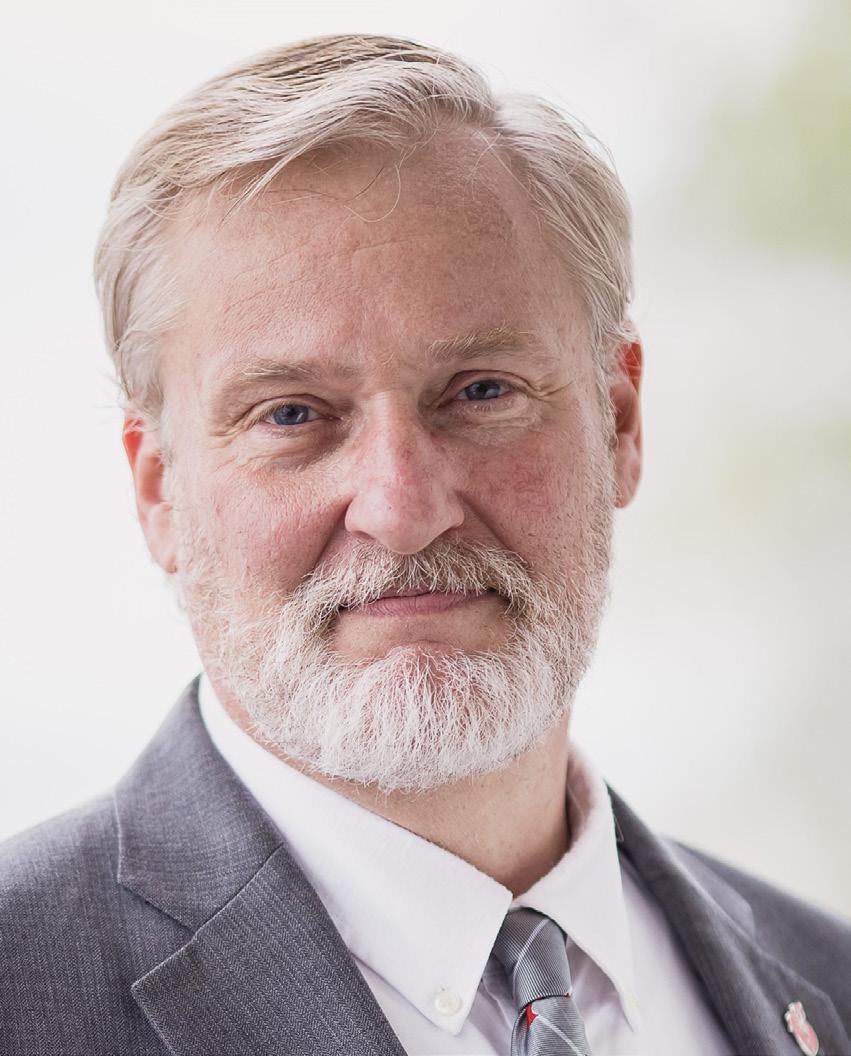
instituted because I believe theater has a remarkable opportunity to be a truly immersive experience, unlike film, TV, any of the media you might see in your own home. We’re seeing people return to theater because they’re craving a live interaction in an audience with no CGI, no AI. All of this is real in real time and people are watching it together and responding to it together. And as we have a wonderfully diverse audience, we begin to realize as we all laugh together that we have more in common with people that were sitting next to than we may have thought before we walked in the theater.
Q: What goals do you have for Redhouse moving forward?
A: The main goal that I have is to bring theatrical pieces to life, but then demonstrate how they can reflect on our current society. I know this seems pretty intense, but when we think about what we’re going to do in and out of this space, we want this space to be all-inclusive. We have all sorts of different programming that allows people to see themselves on the stage. There are dynamite programs and activities that are happening at Redhouse right on South Salina Street in downtown and we want all of our community to feel like they can take part of it. It’s accessible in terms of pricing, in terms of wheelchair accessibility, in terms of parking under the building. Our focus is we want everyone to feel easily accessible in this space and included in what we do.

Upstate thoracic surgeons have one of the best rates in the country for minimally invasive surgery— 100 percent for the past three years. This means patients have a greater chance to receive this approach, with small incisions and faster healing.
Every patient with lung cancer is reviewed by a team of experts for a personalized approach, aimed at cure.

FOR INFORMATION: 315-464-HOPE (4673)


